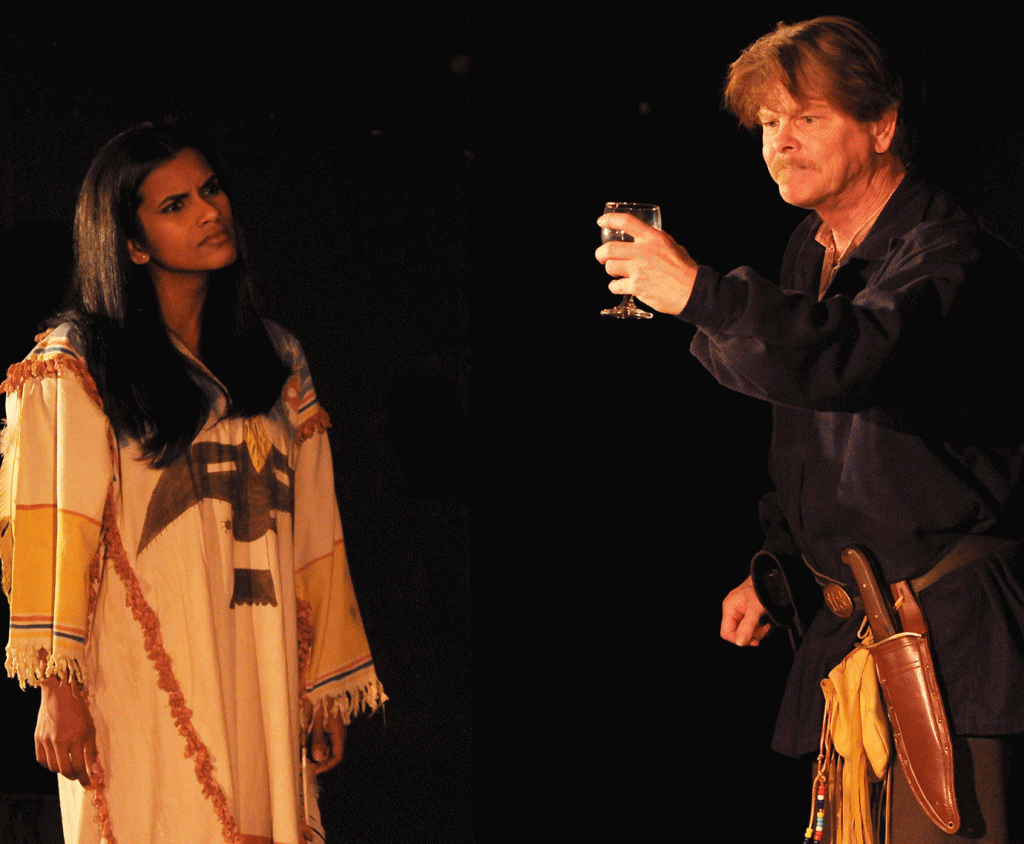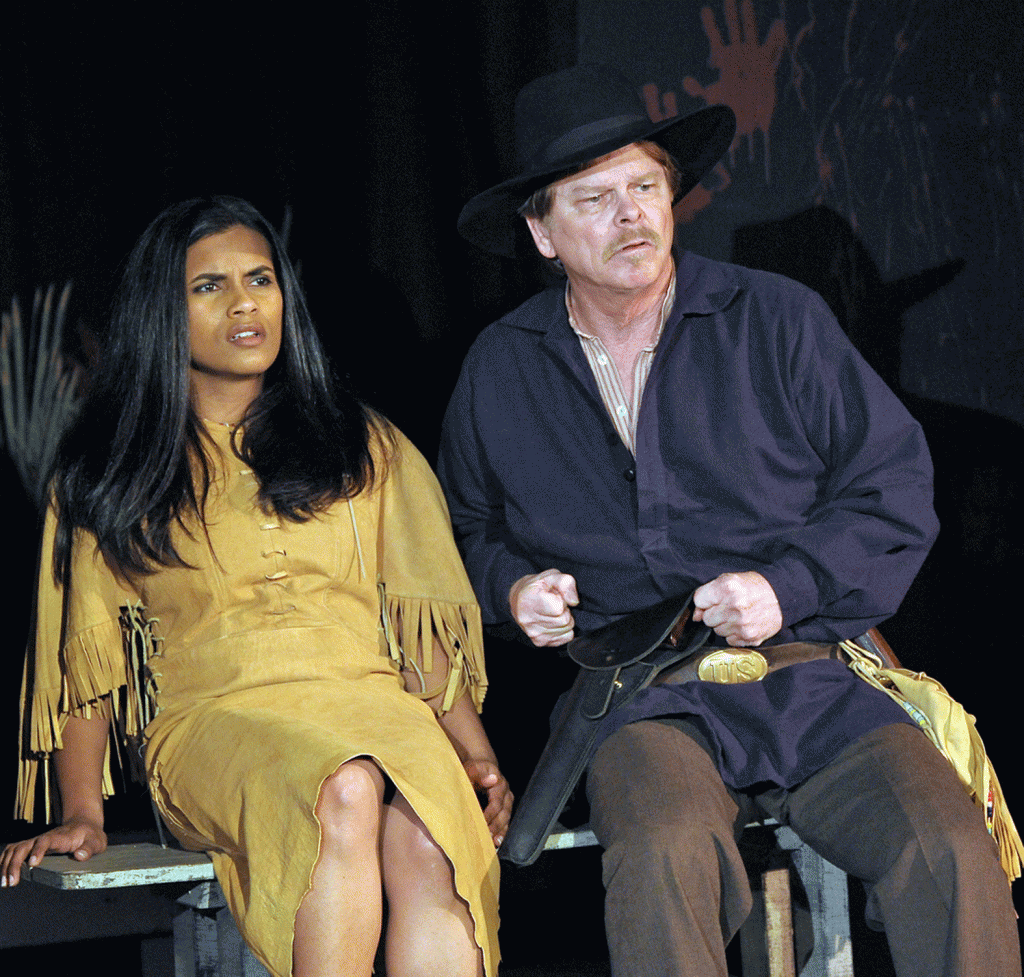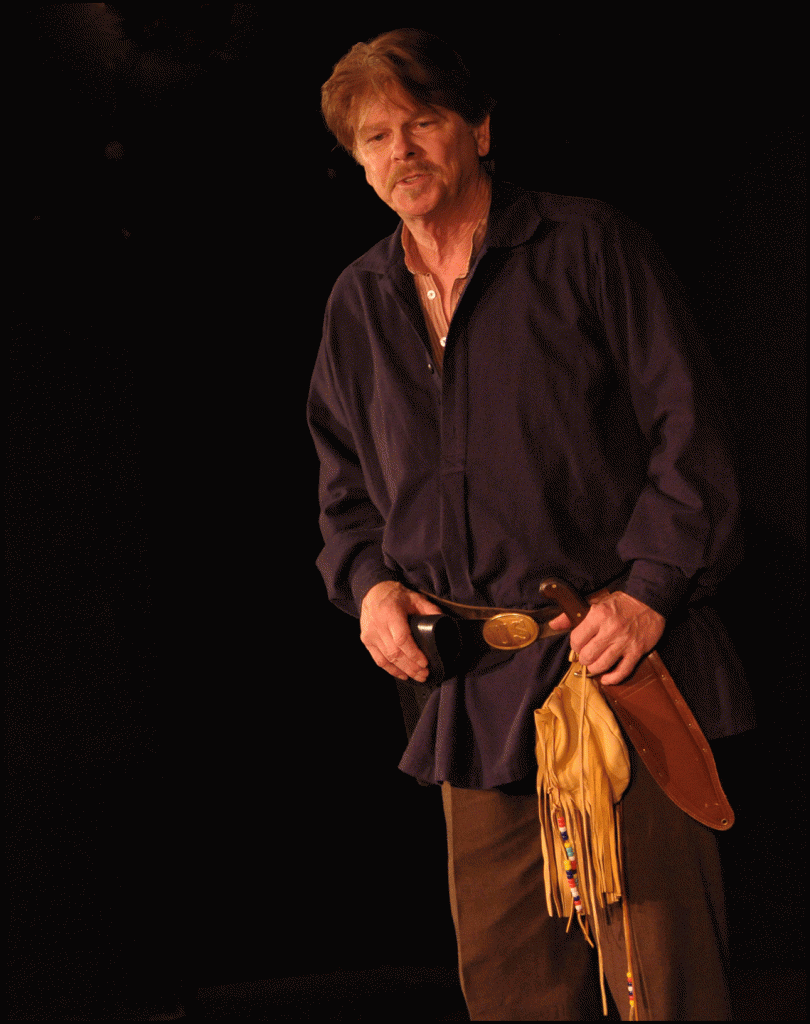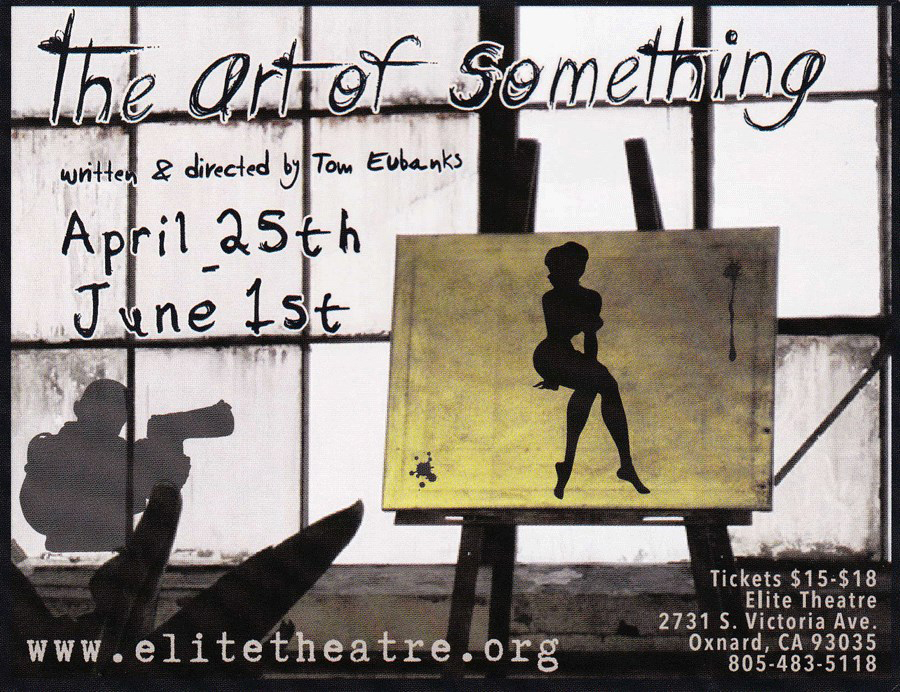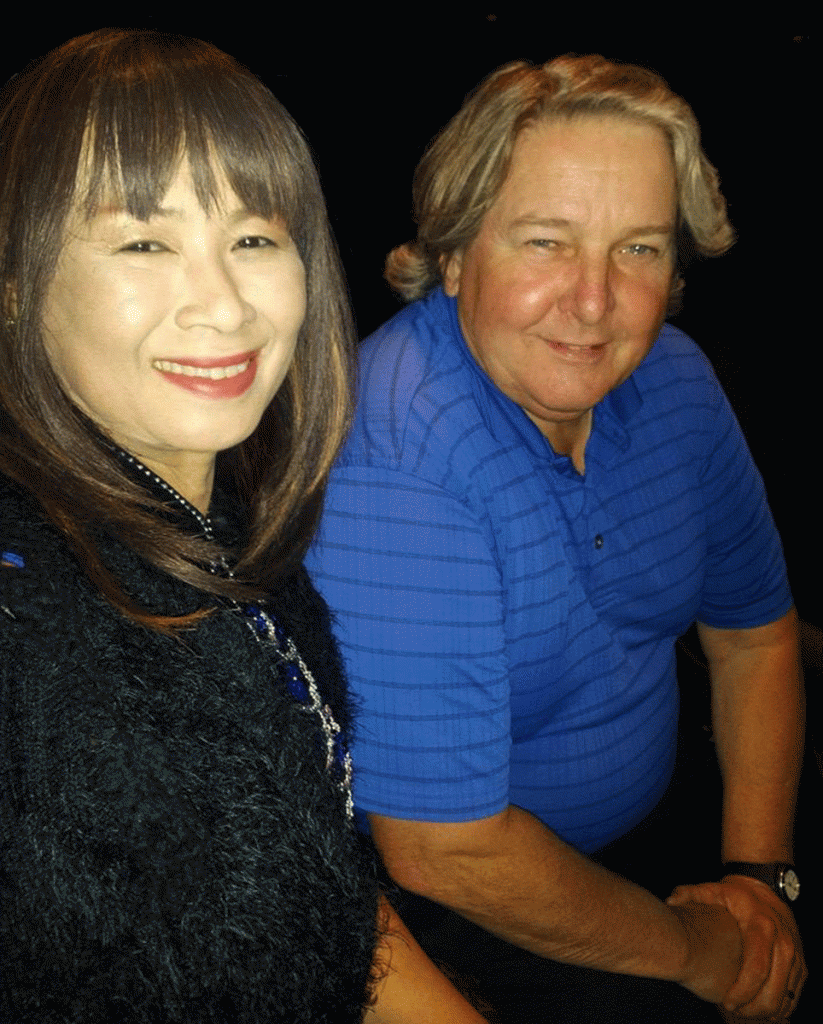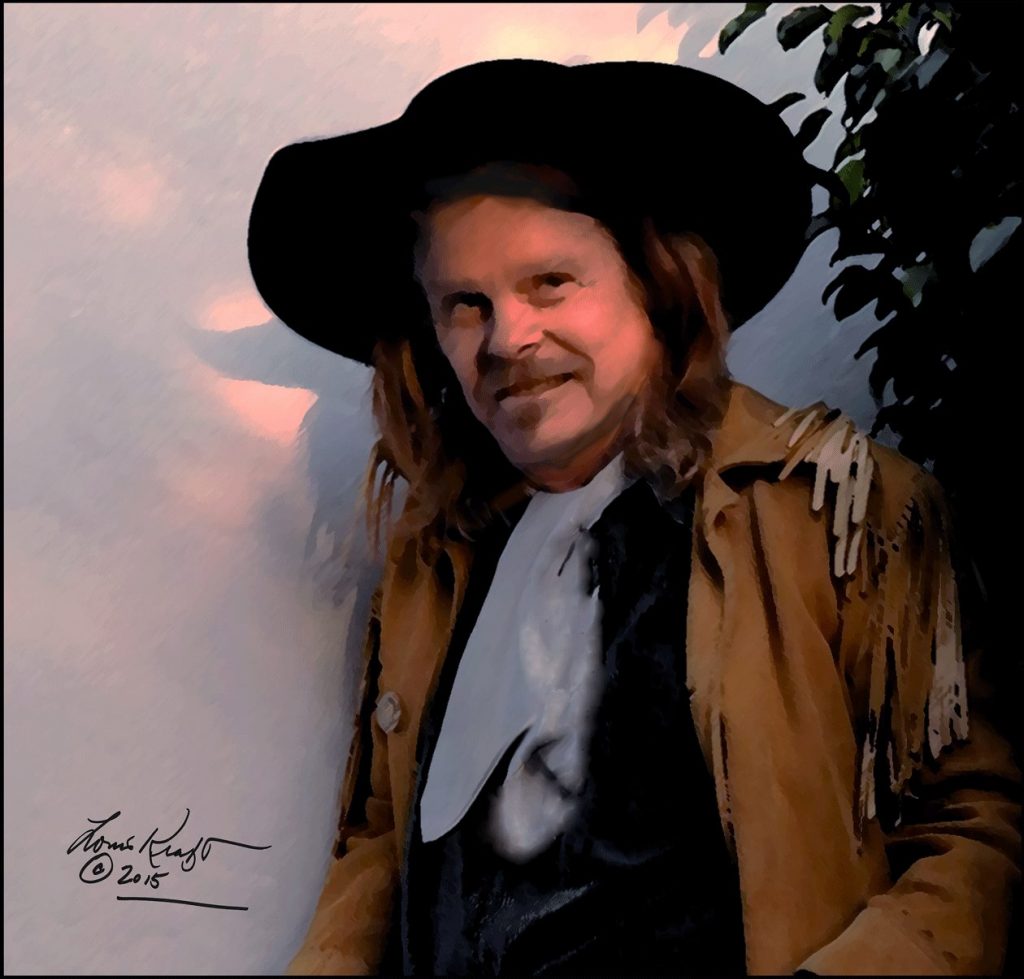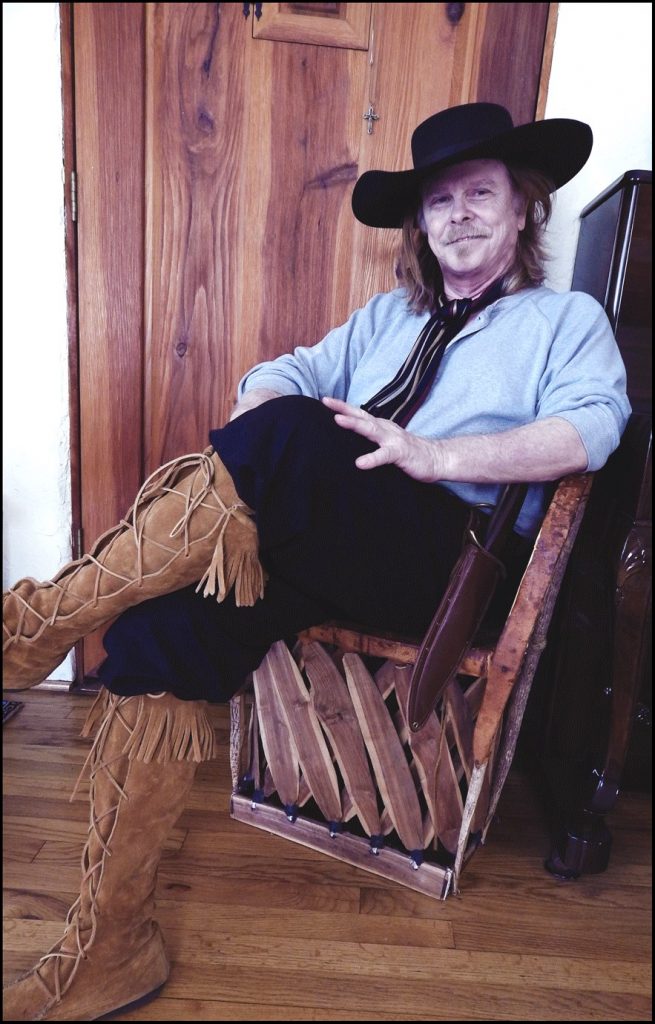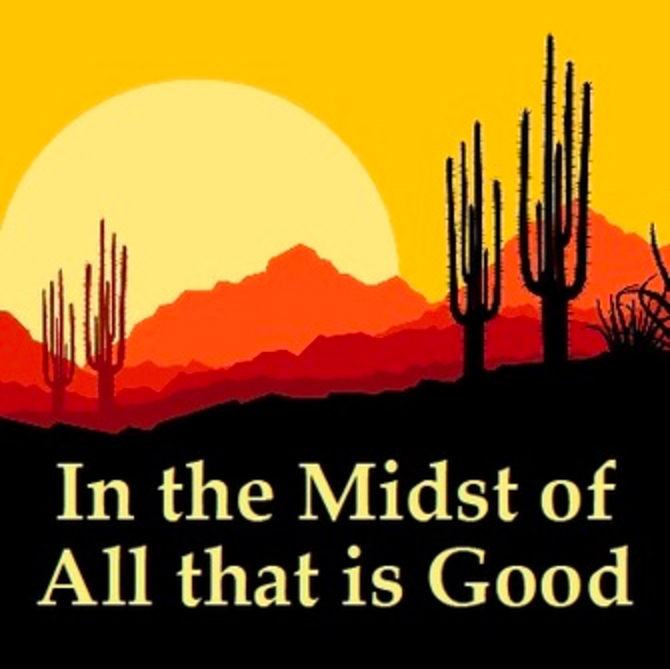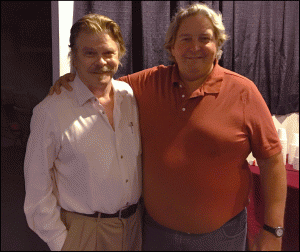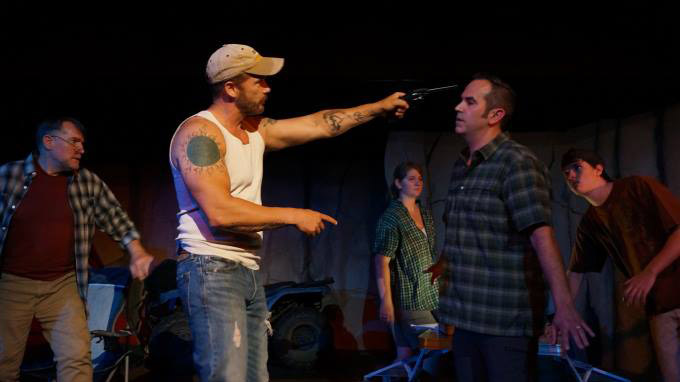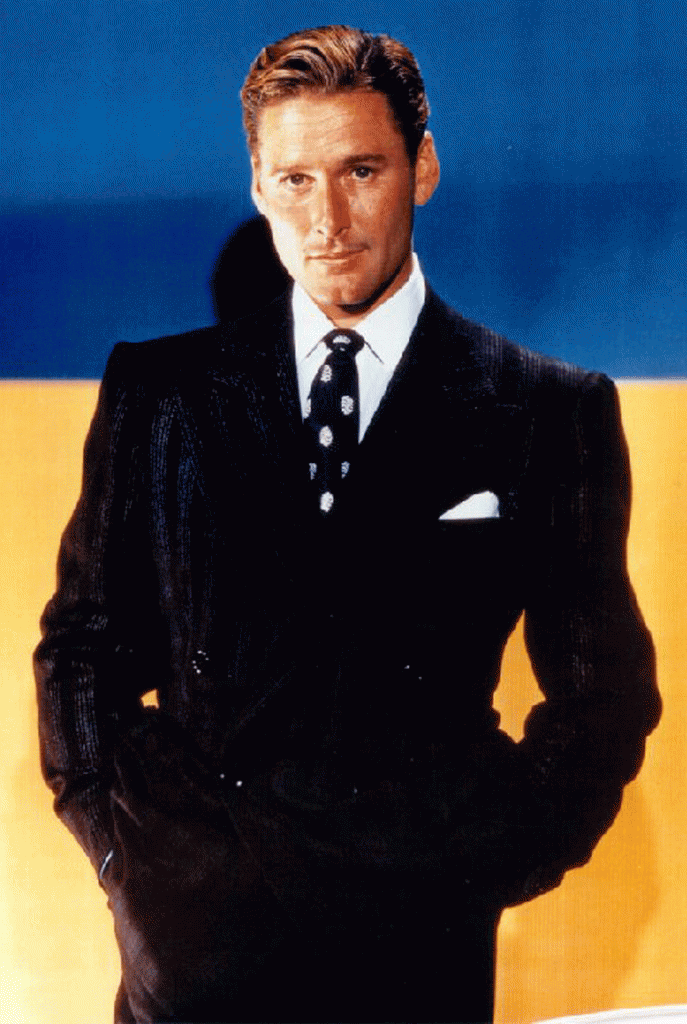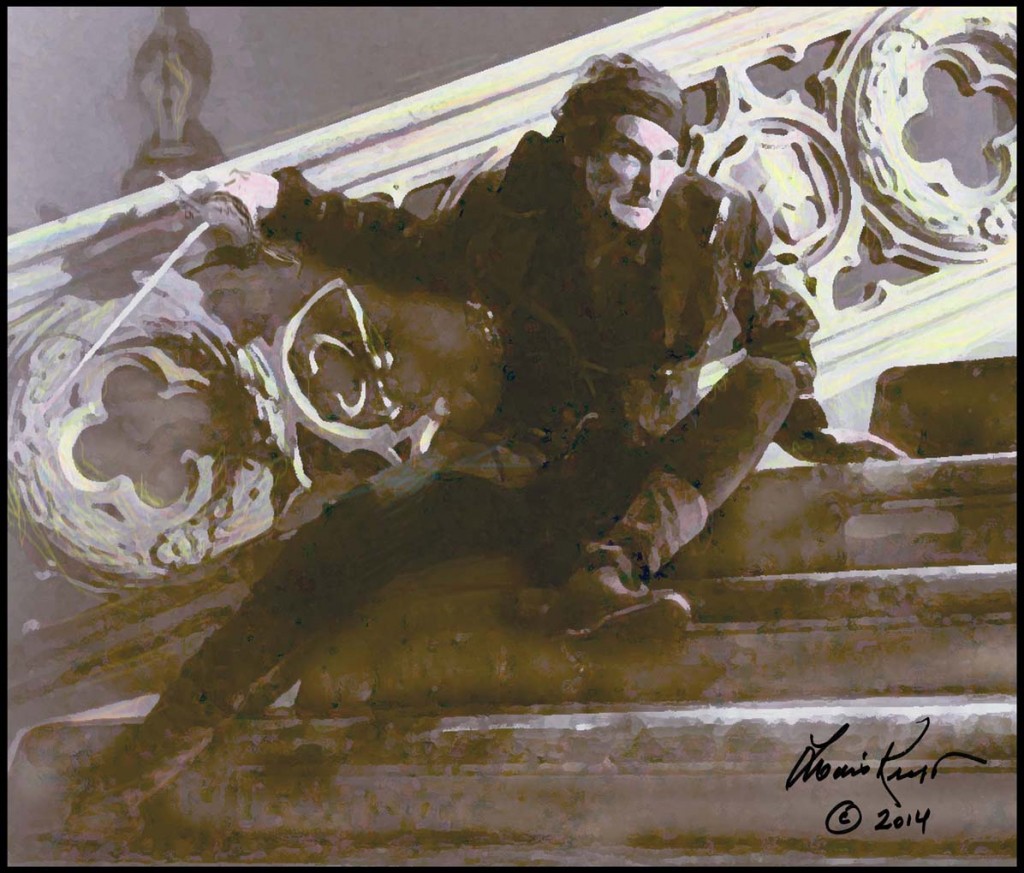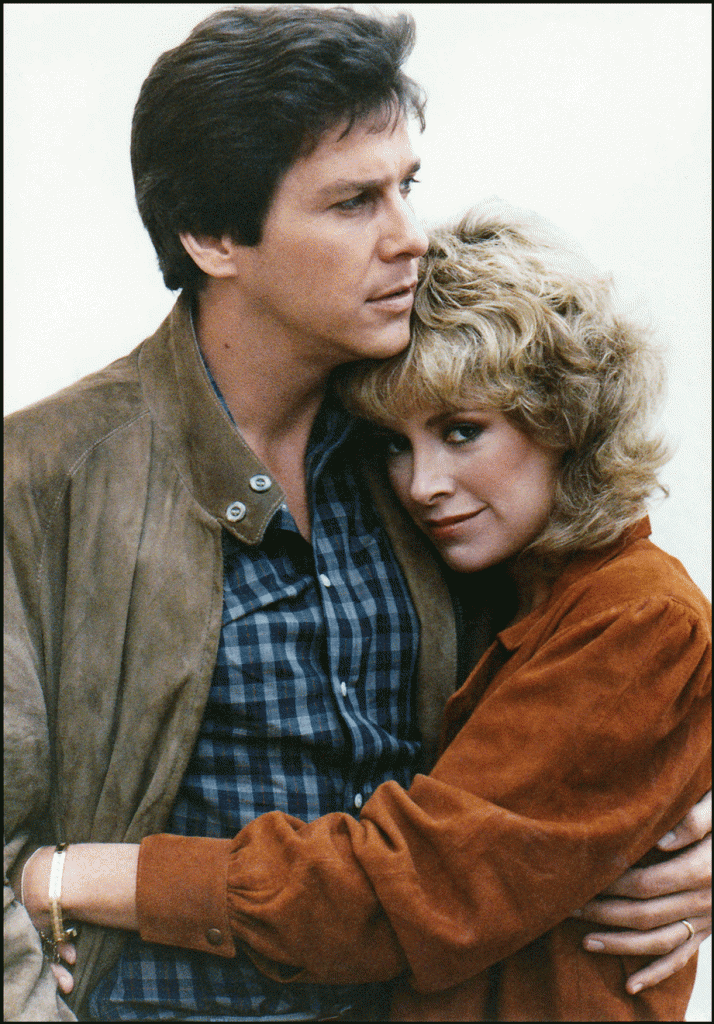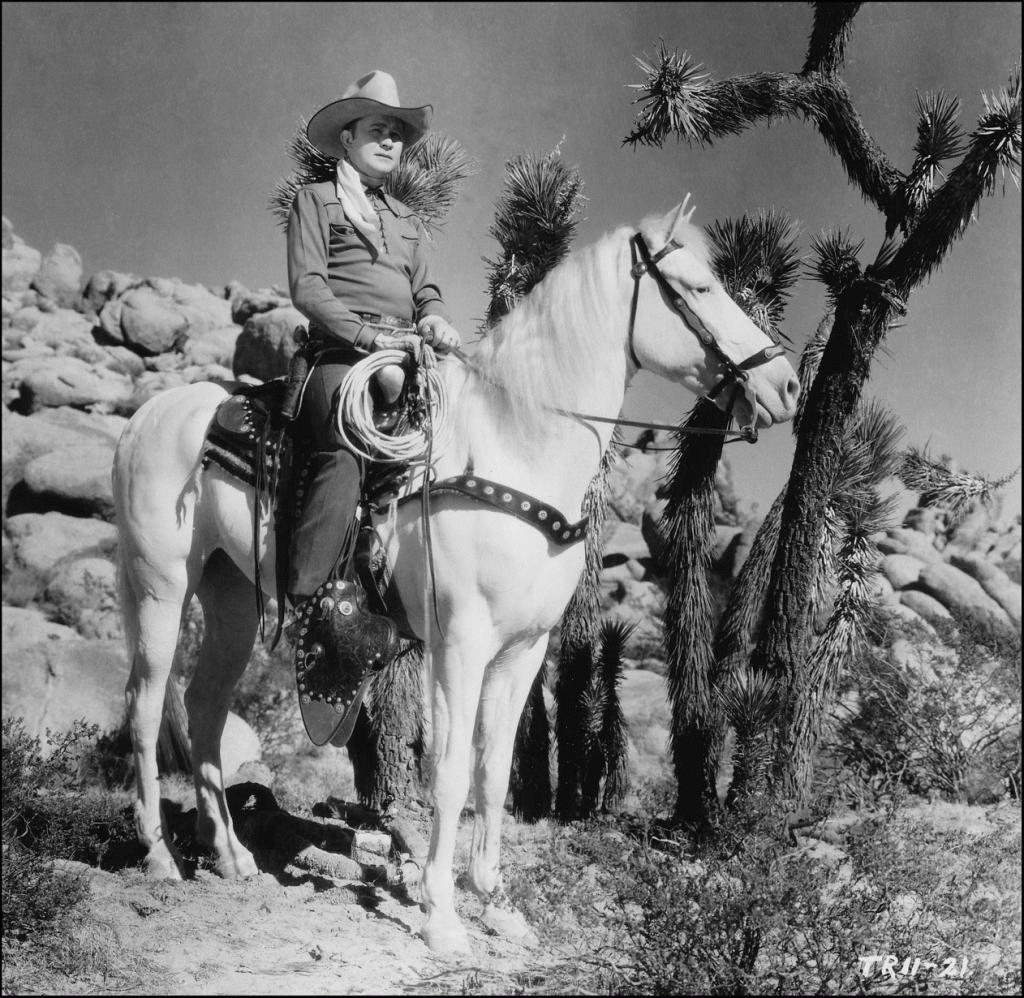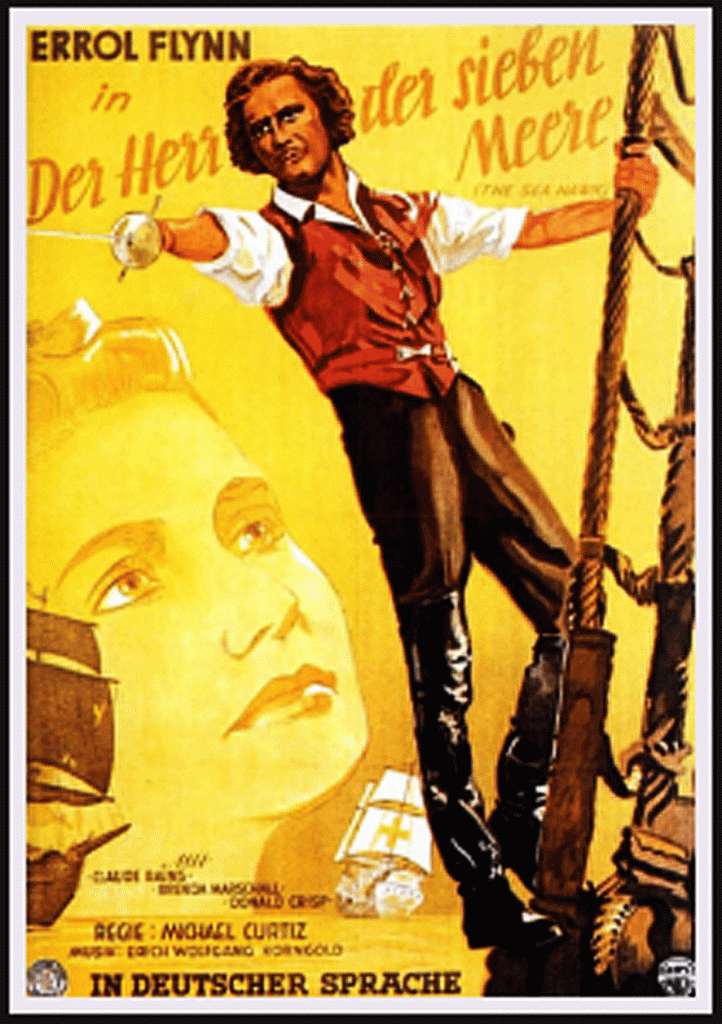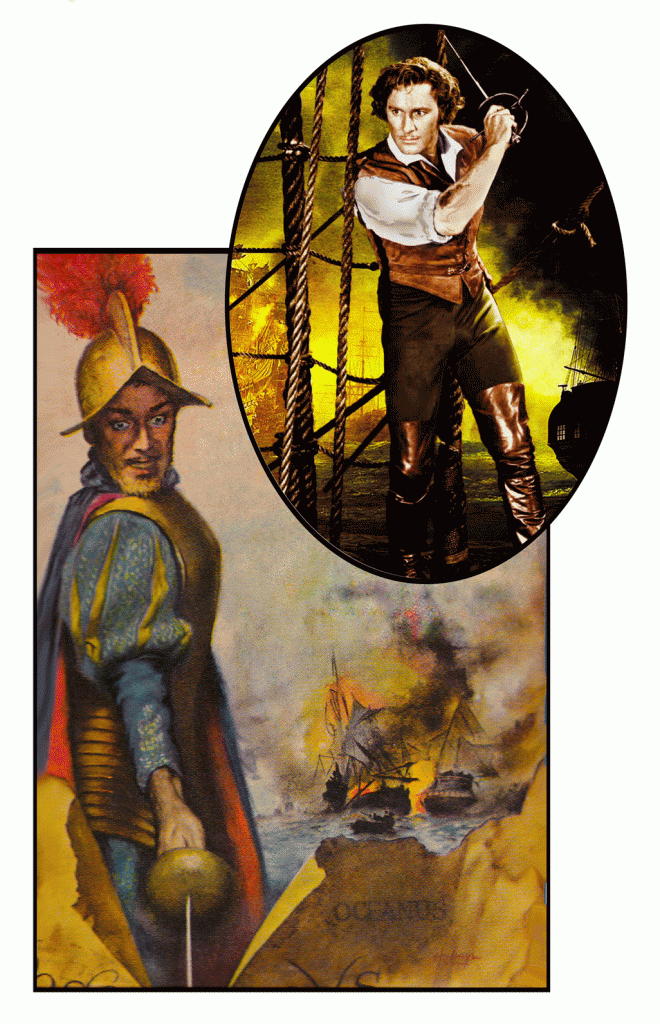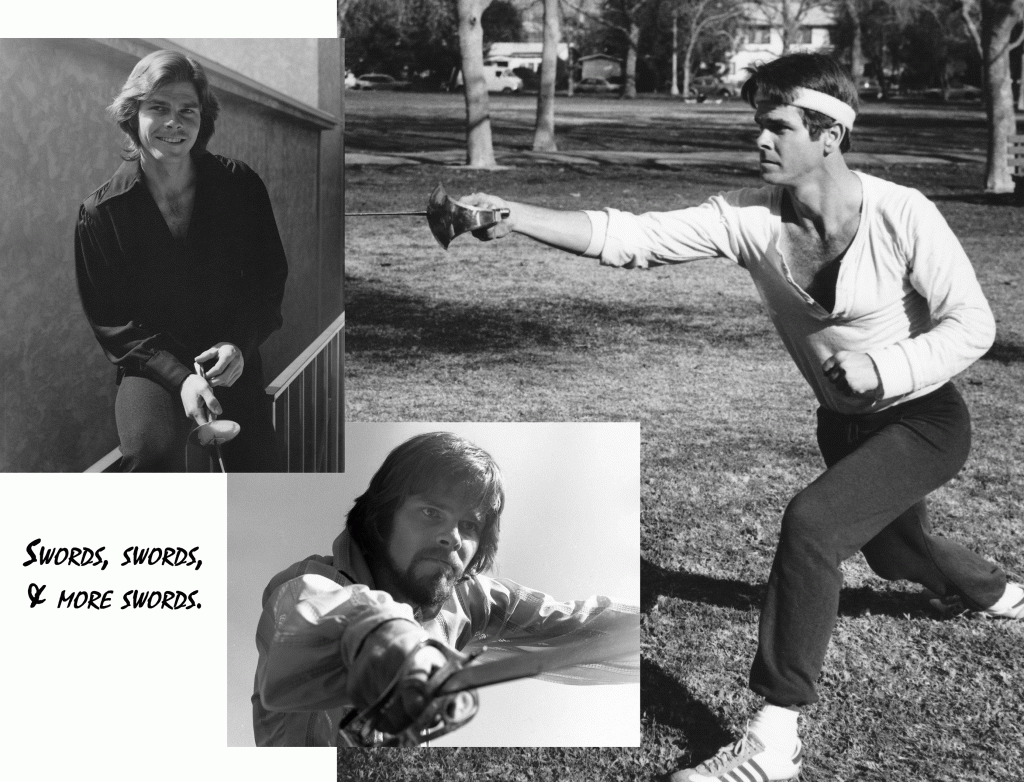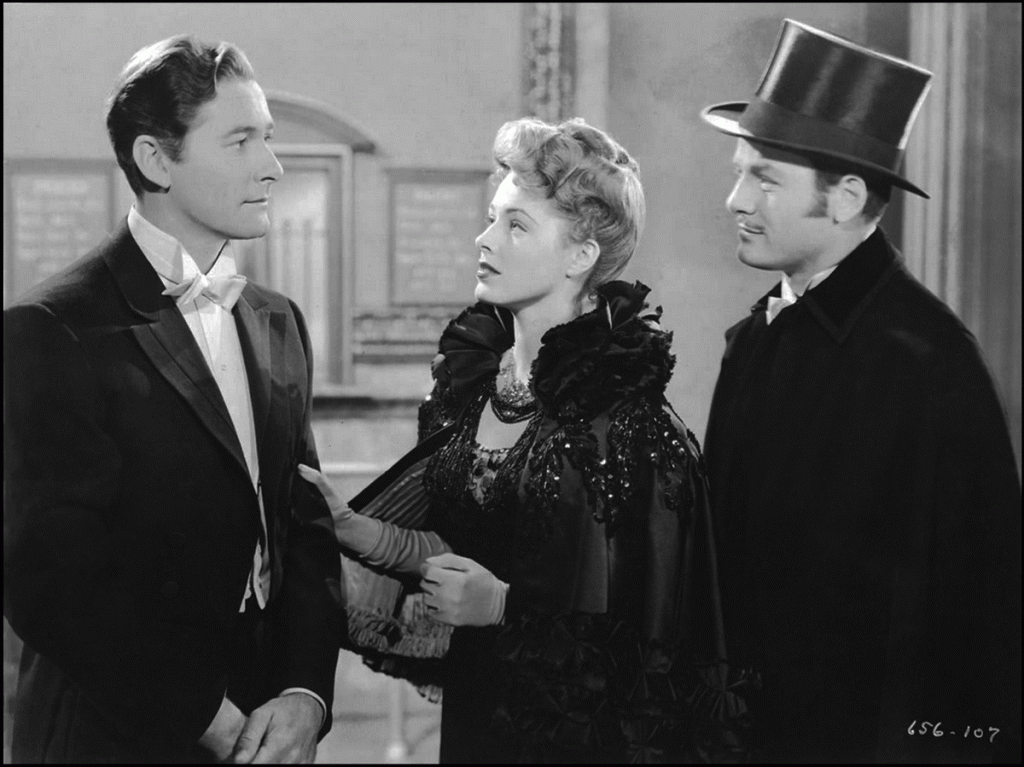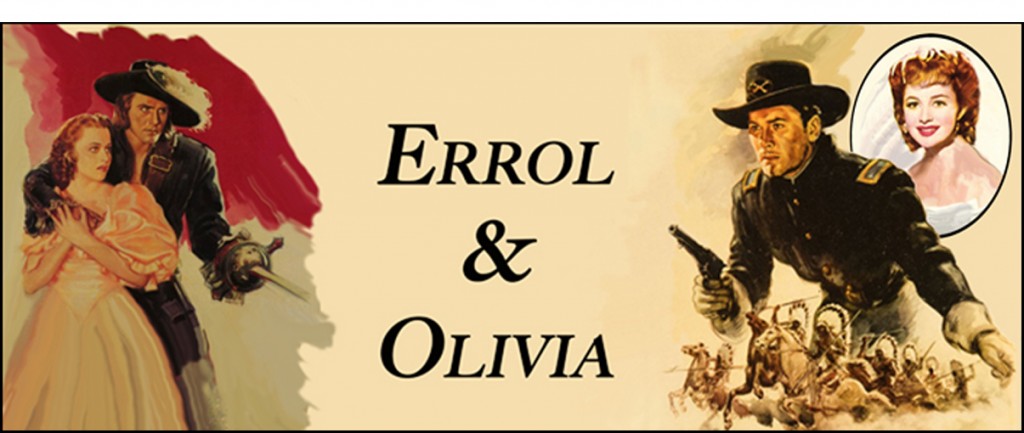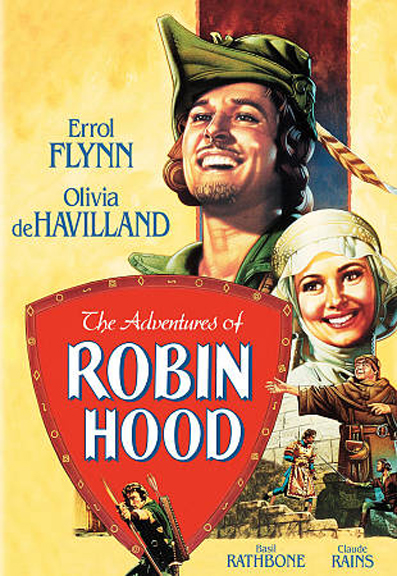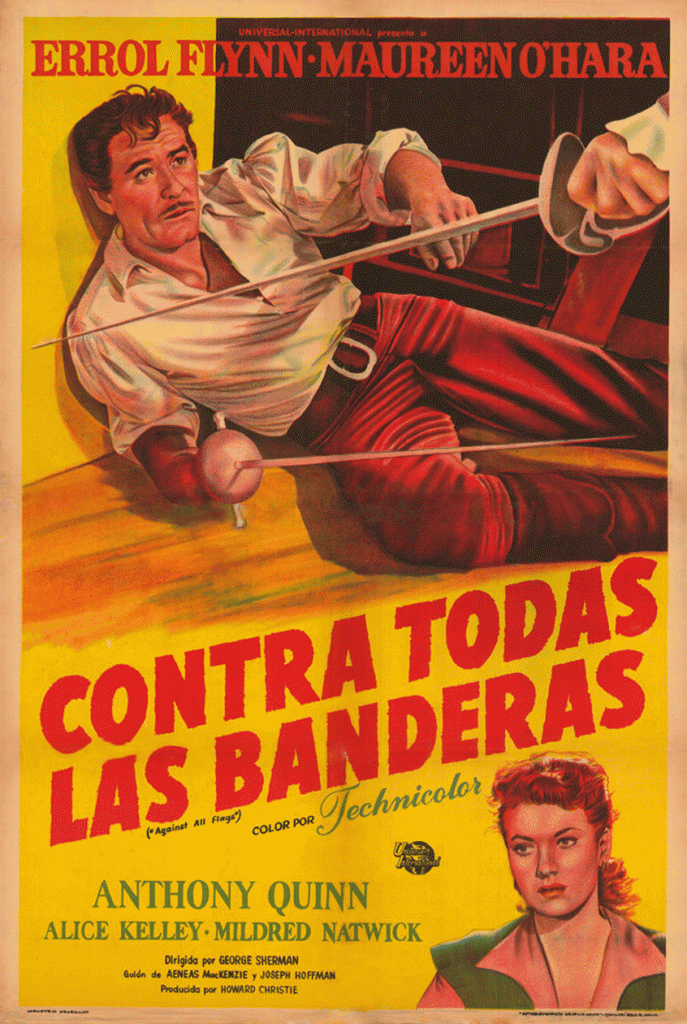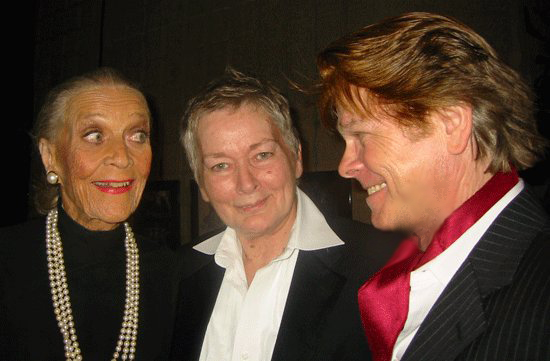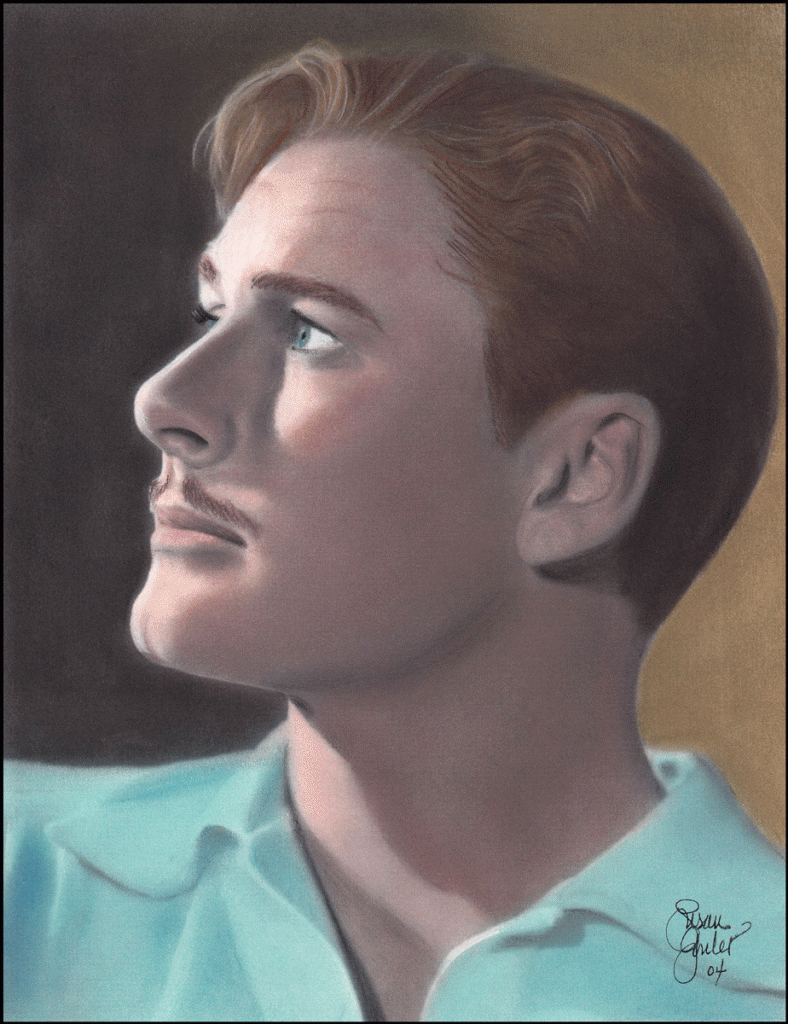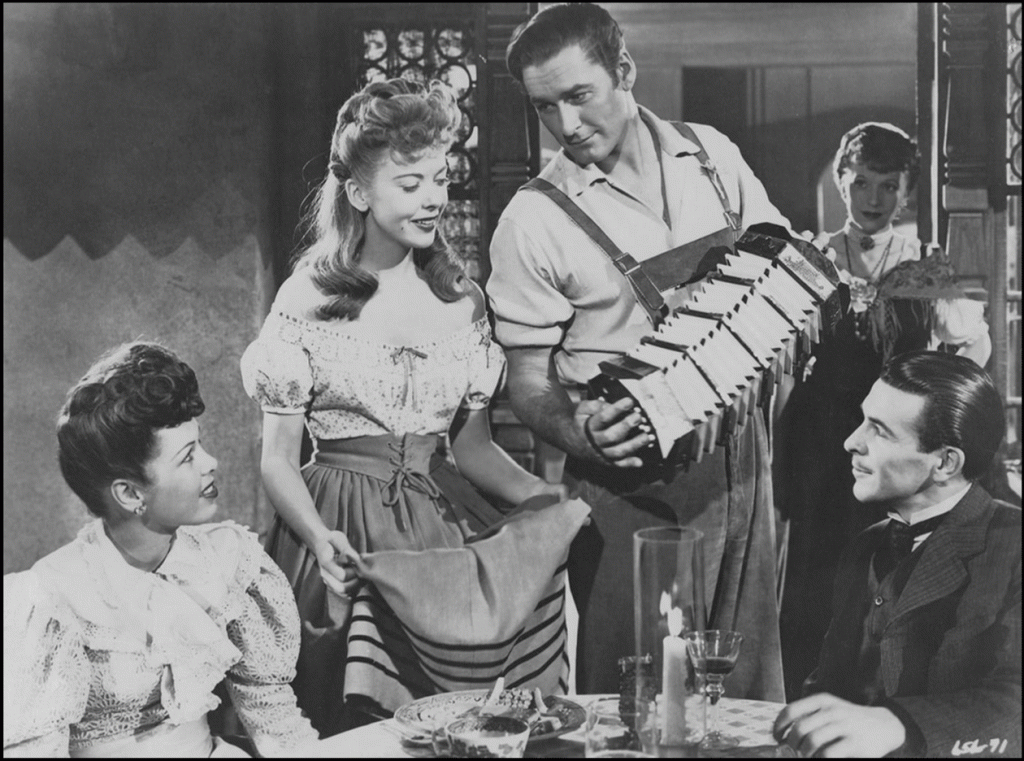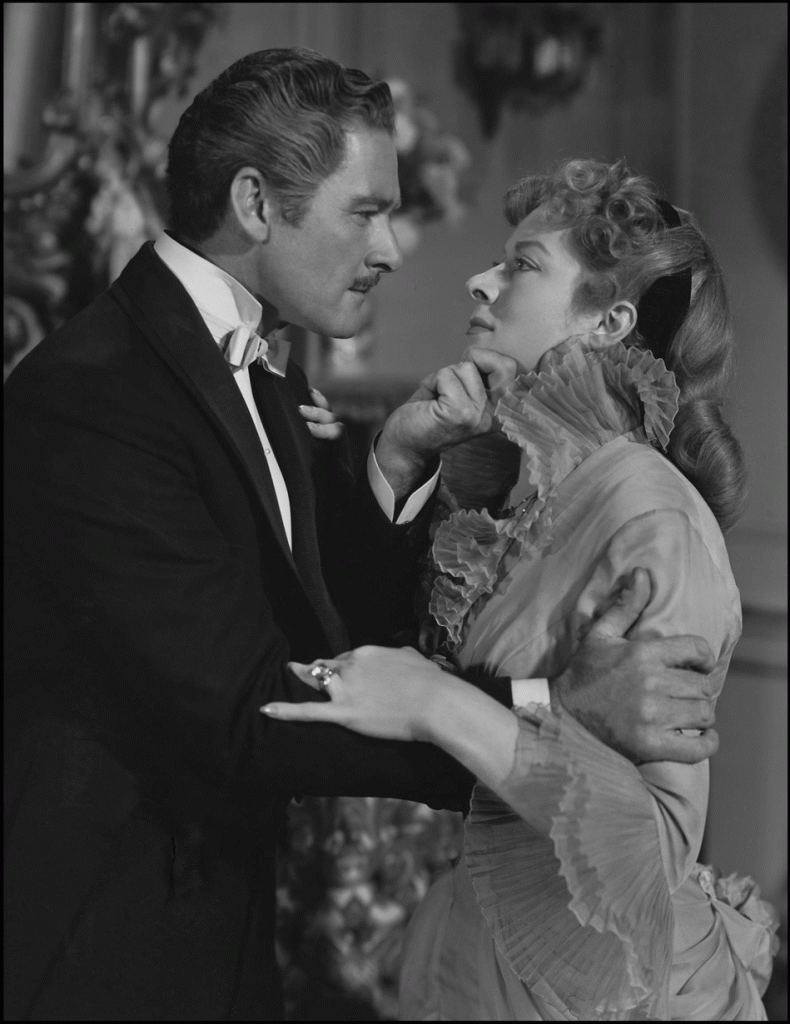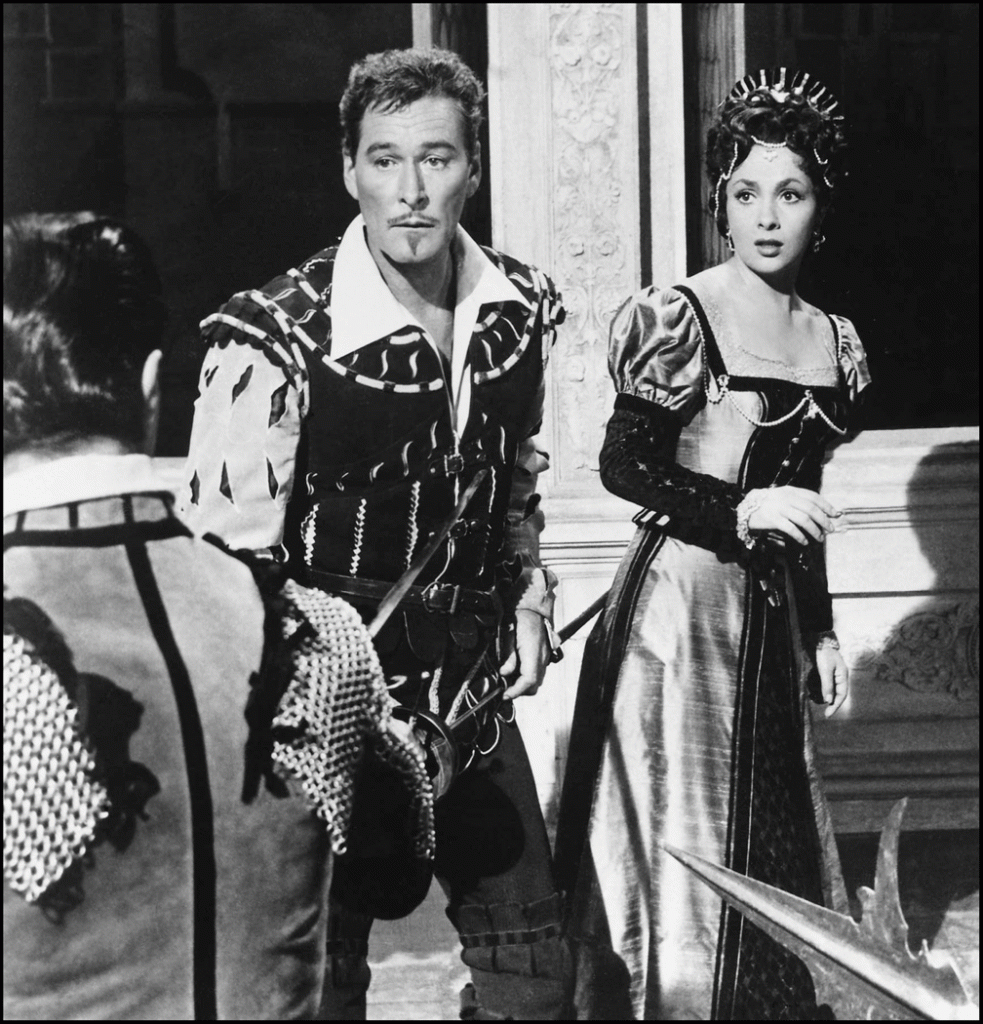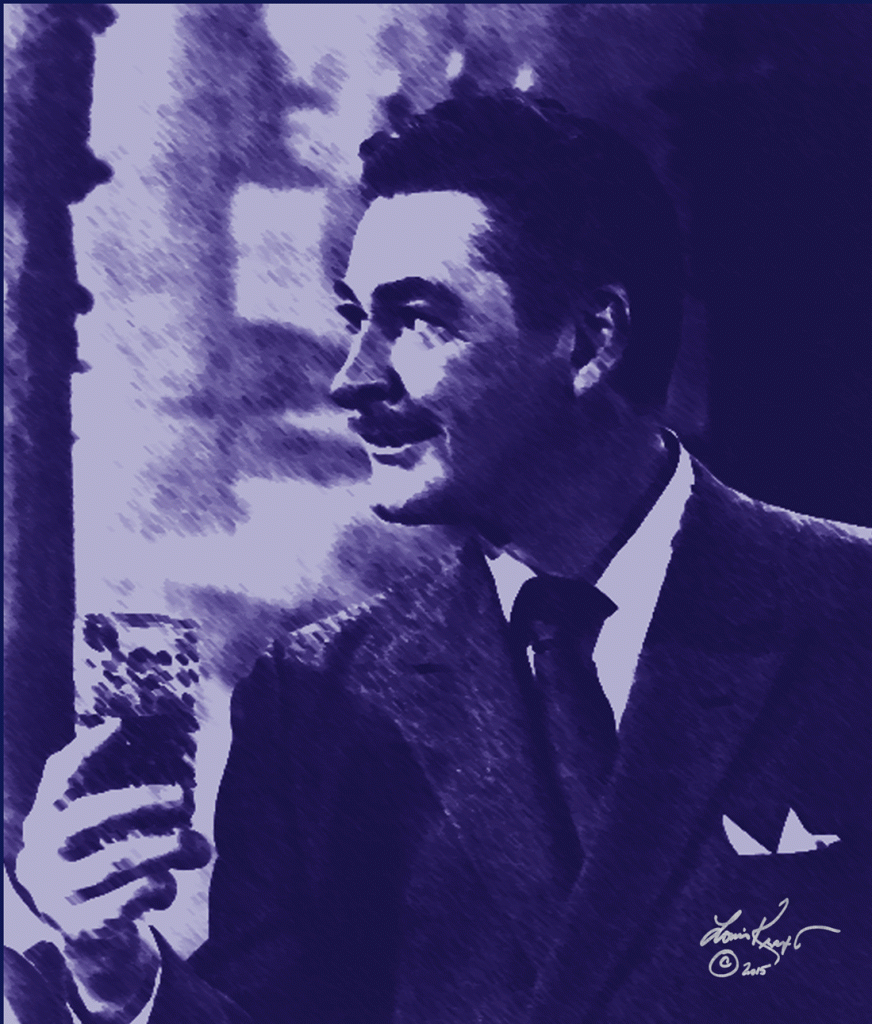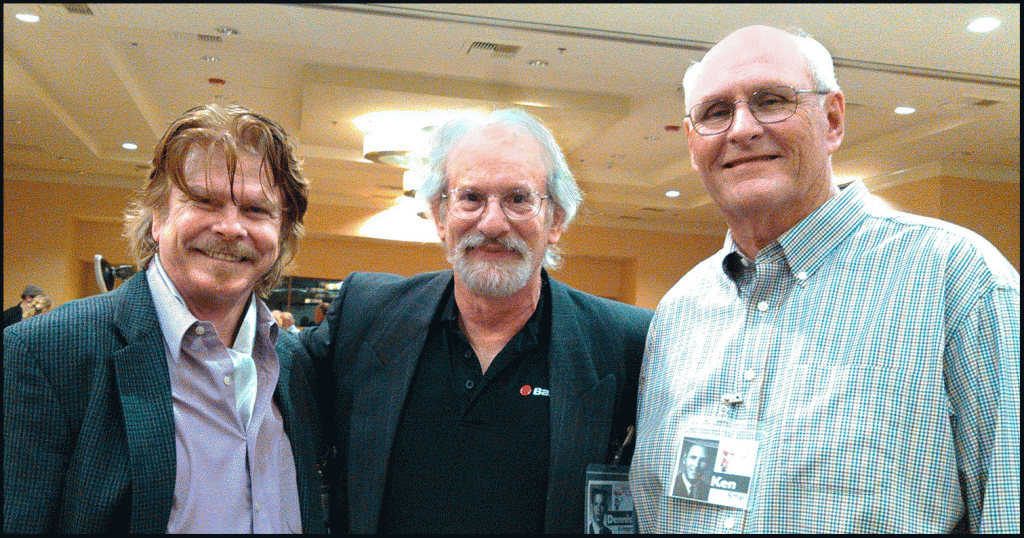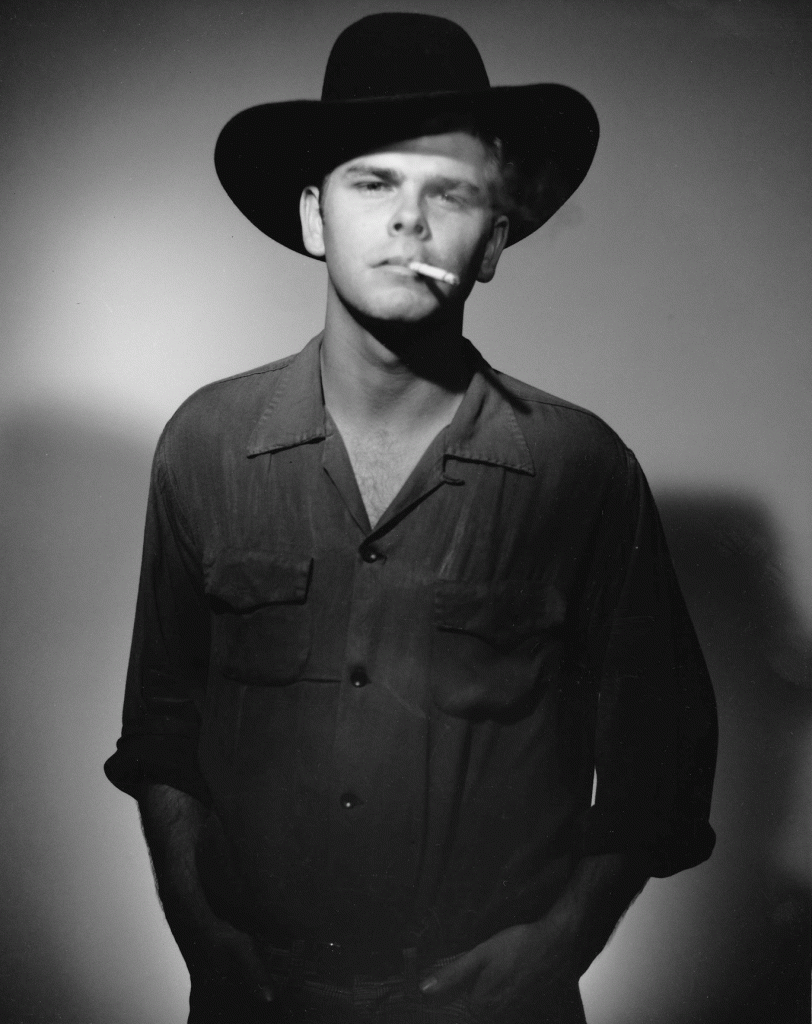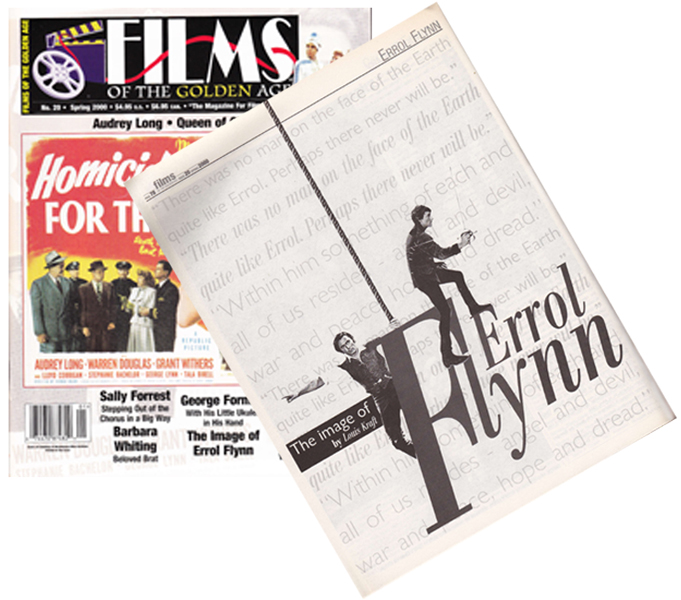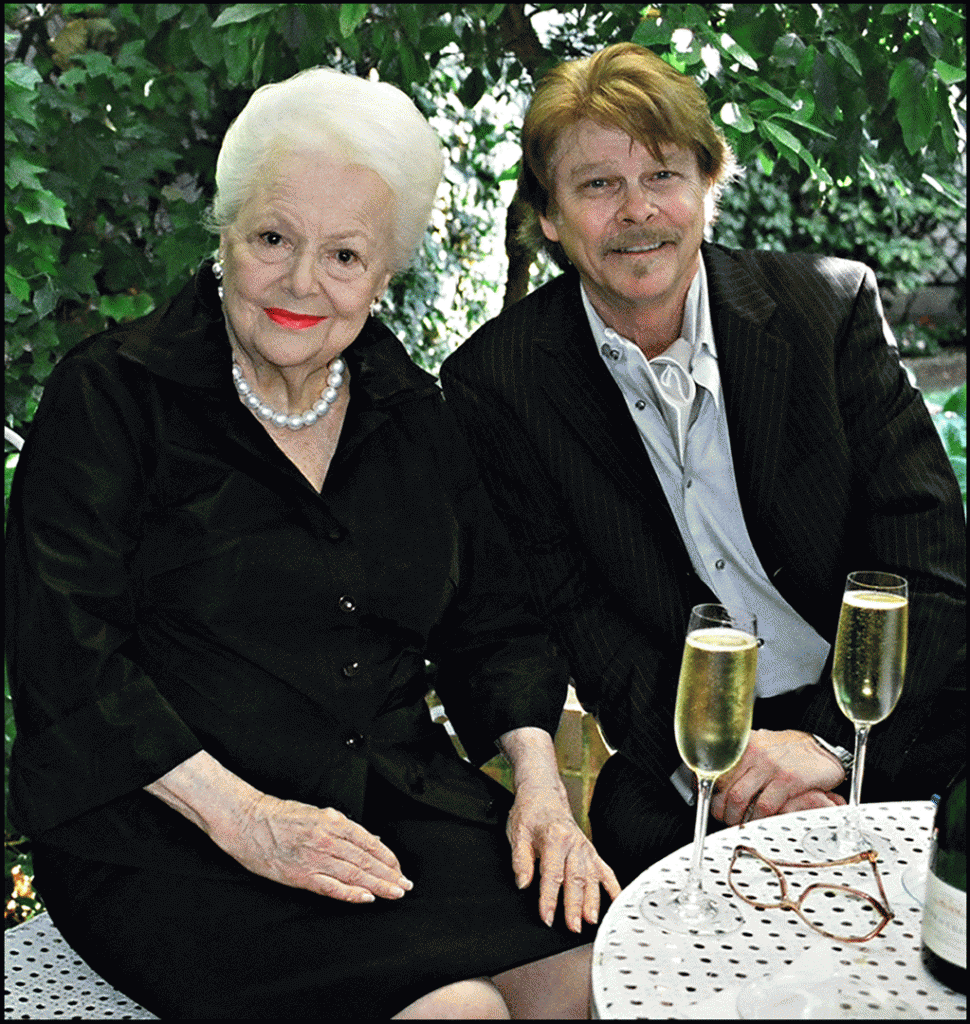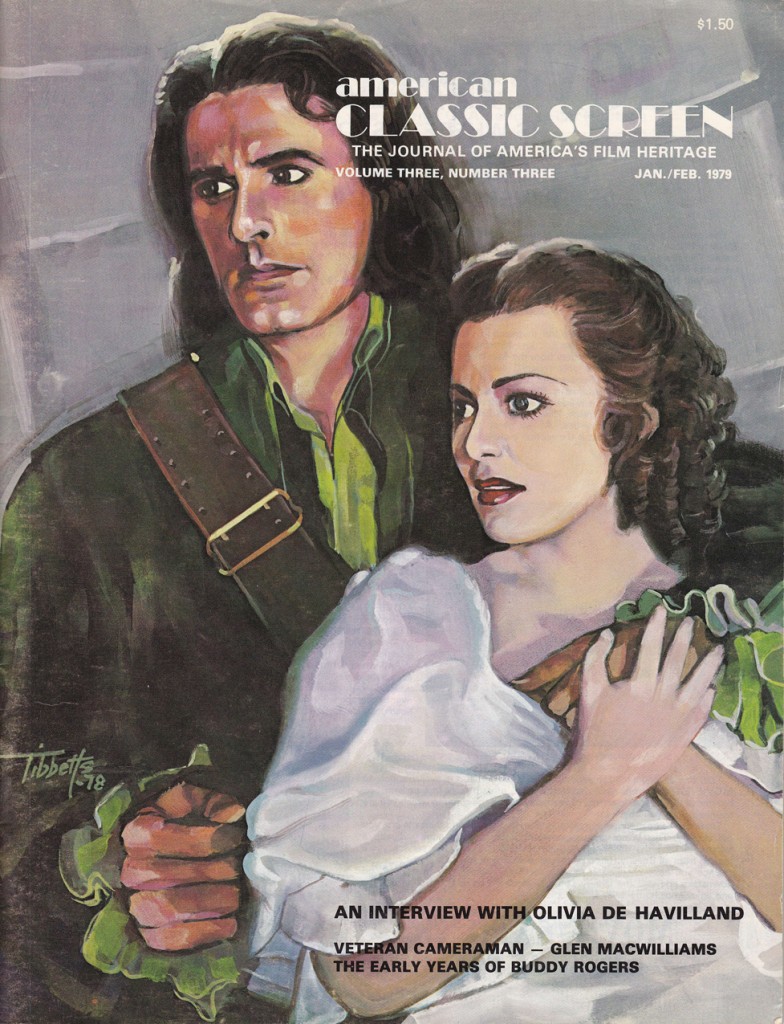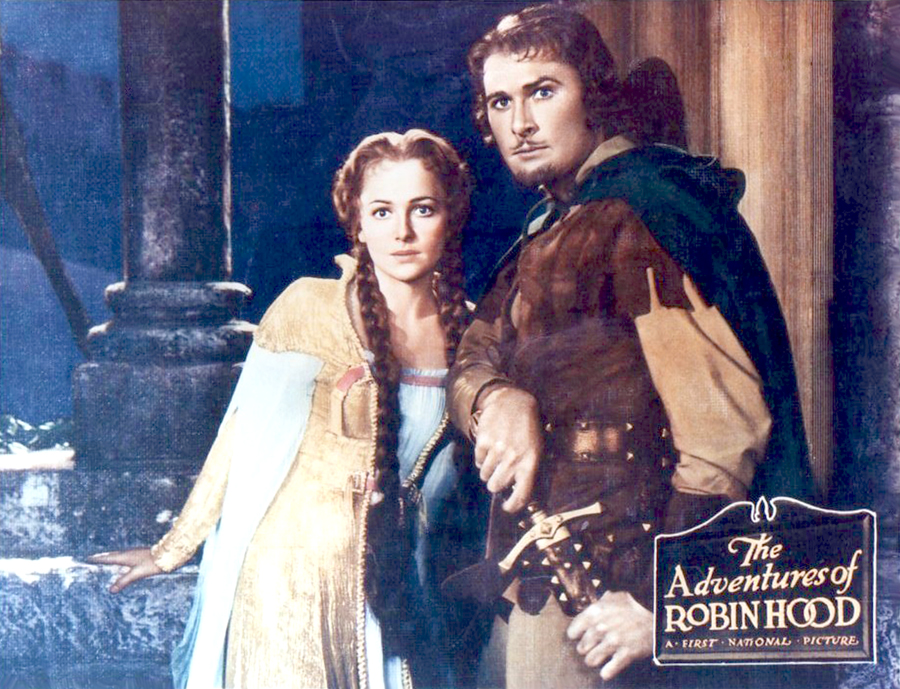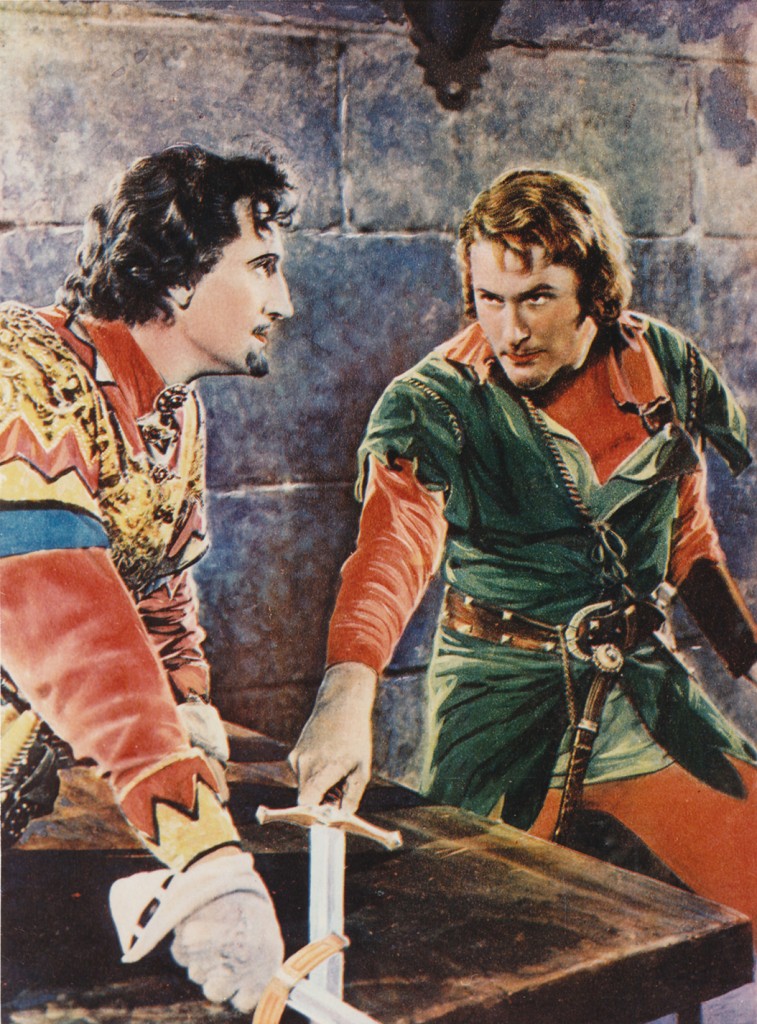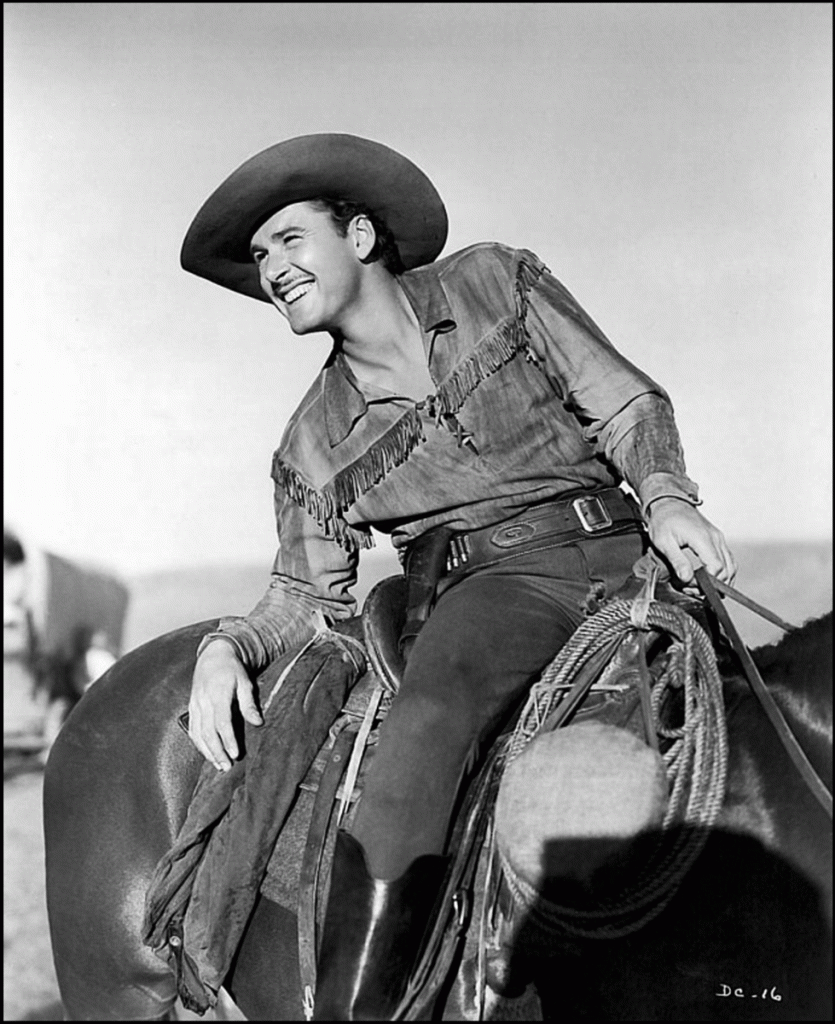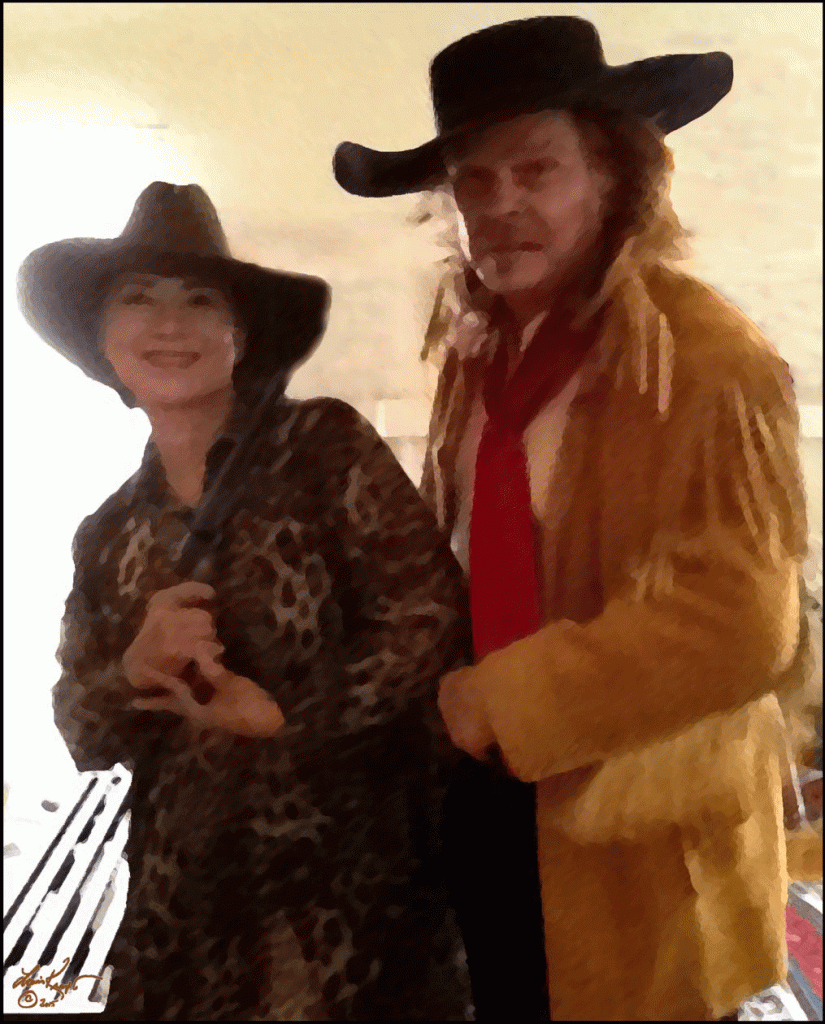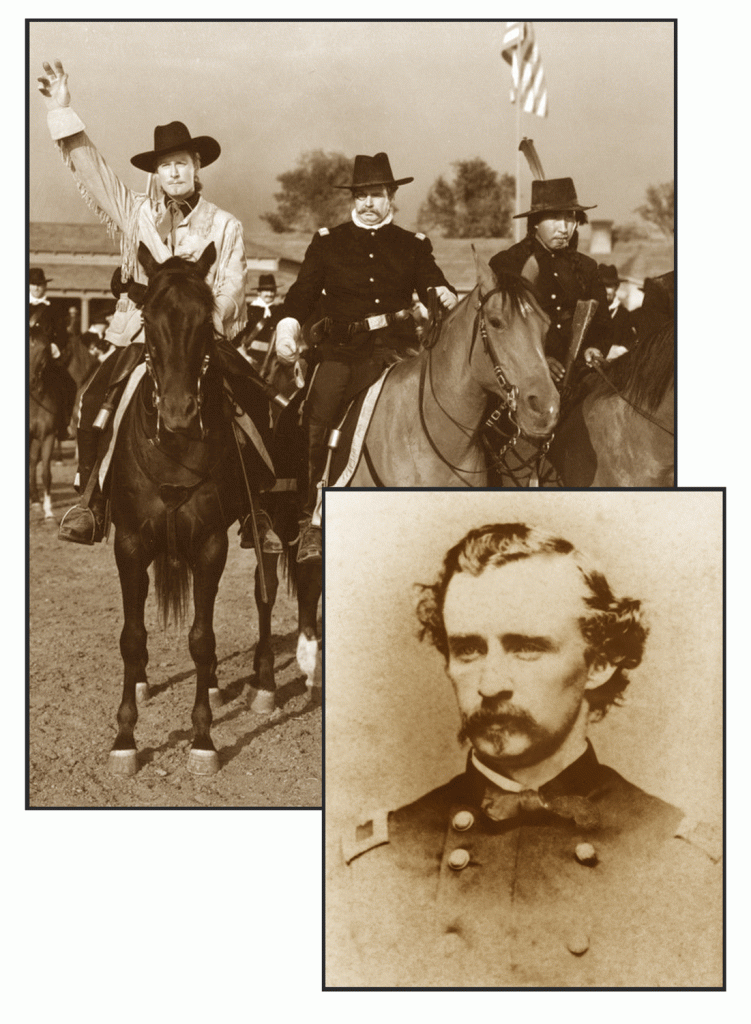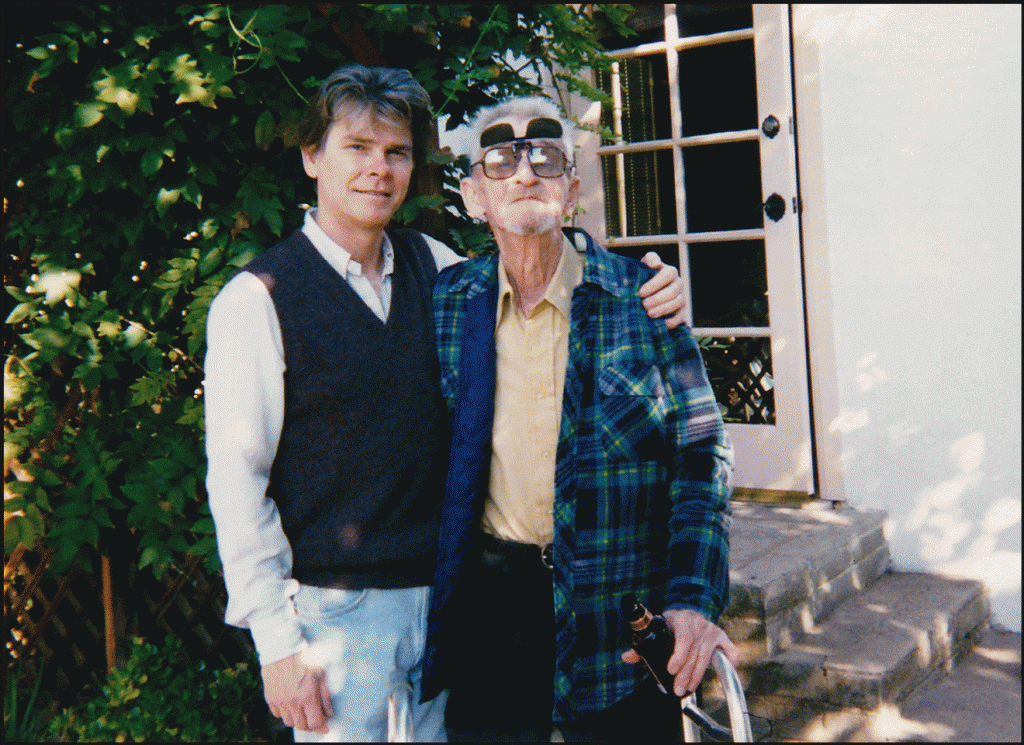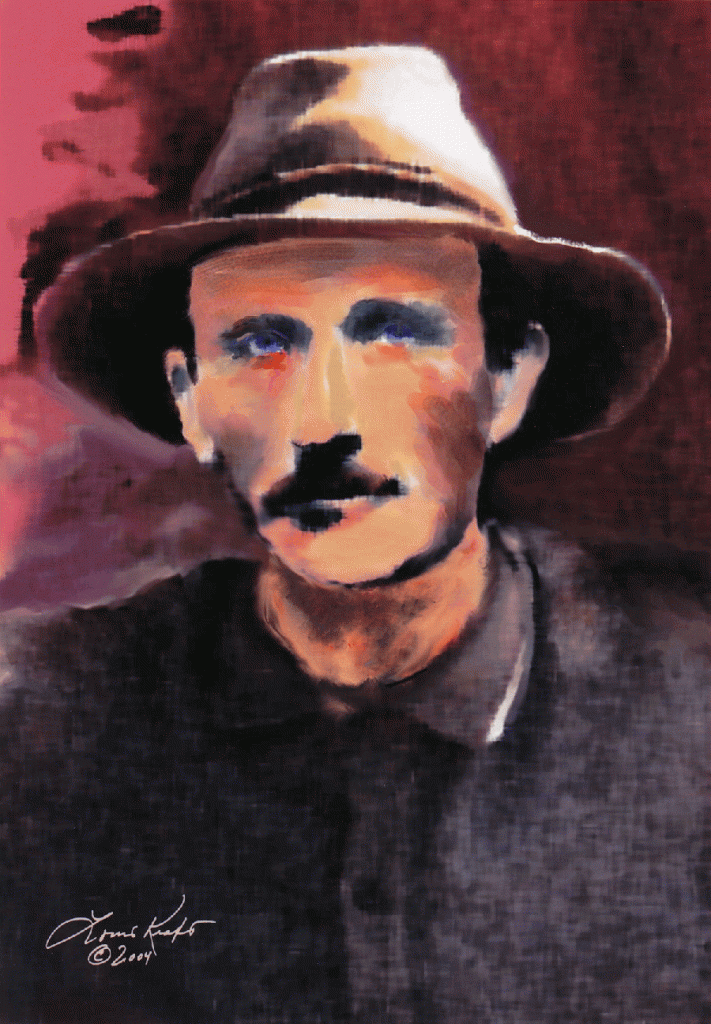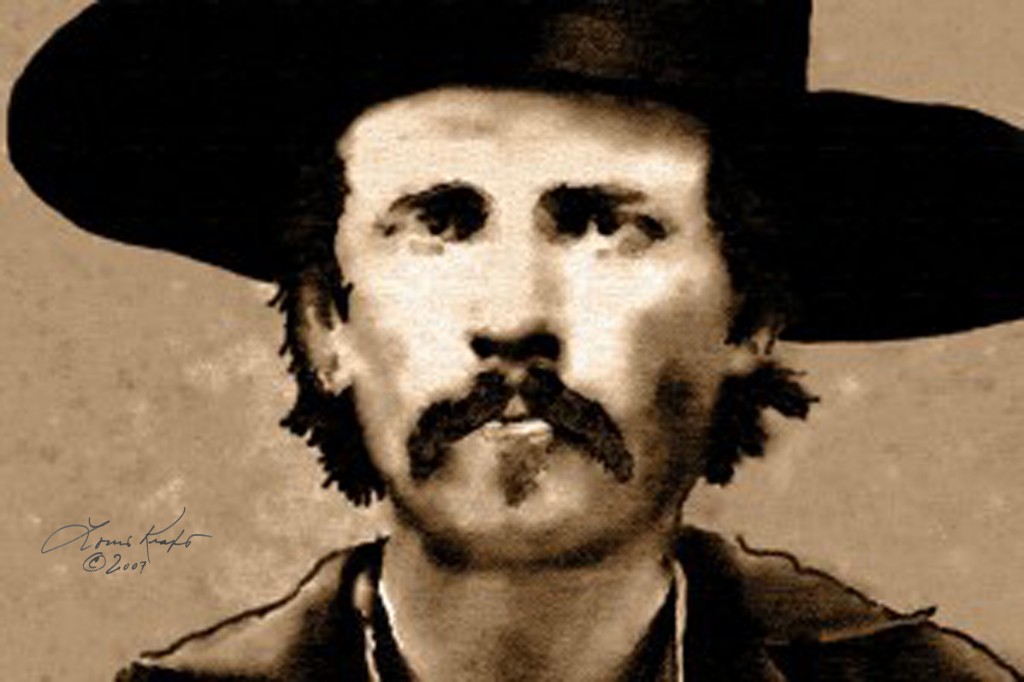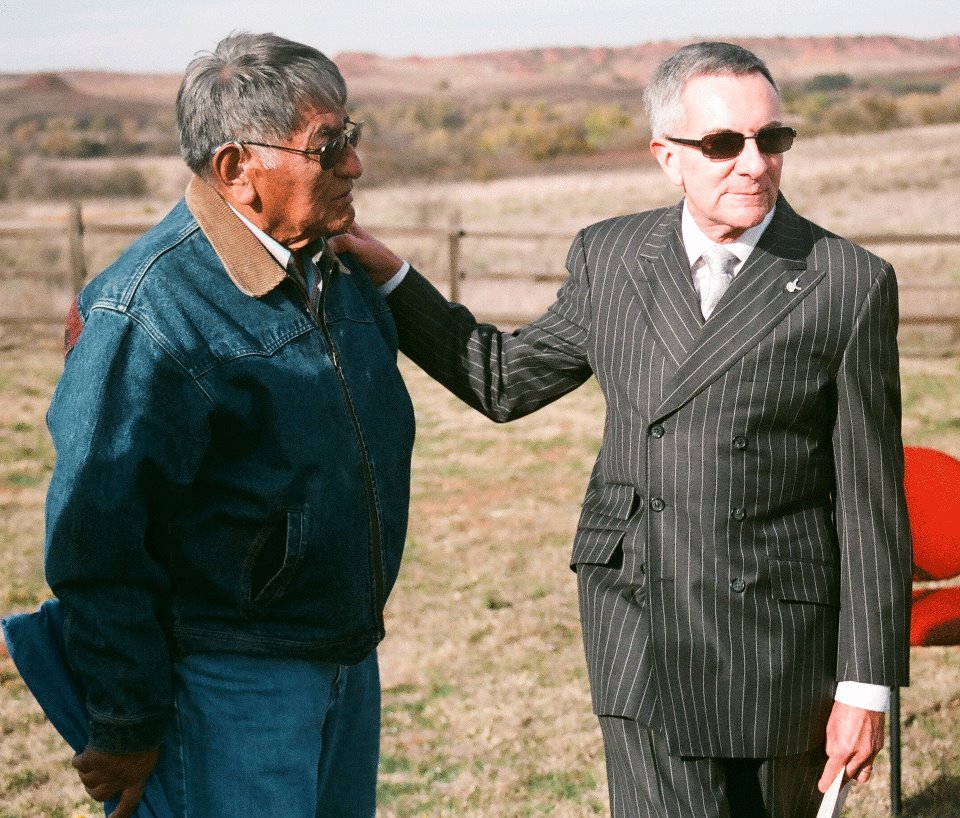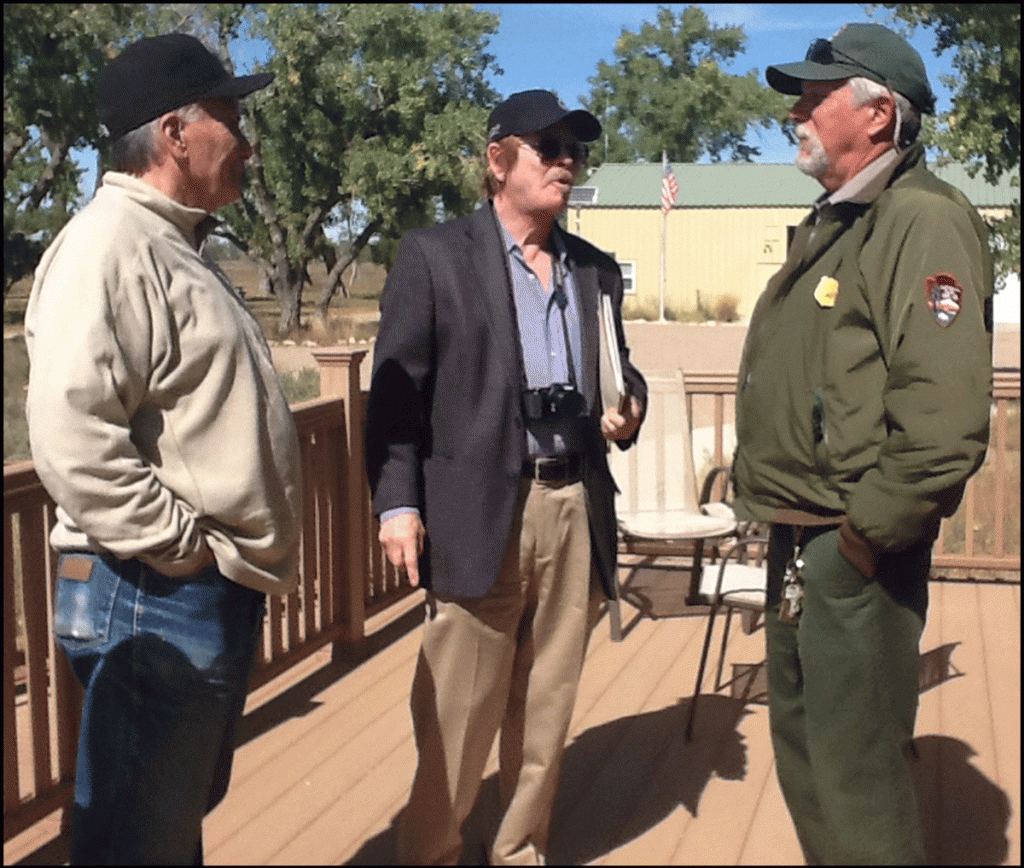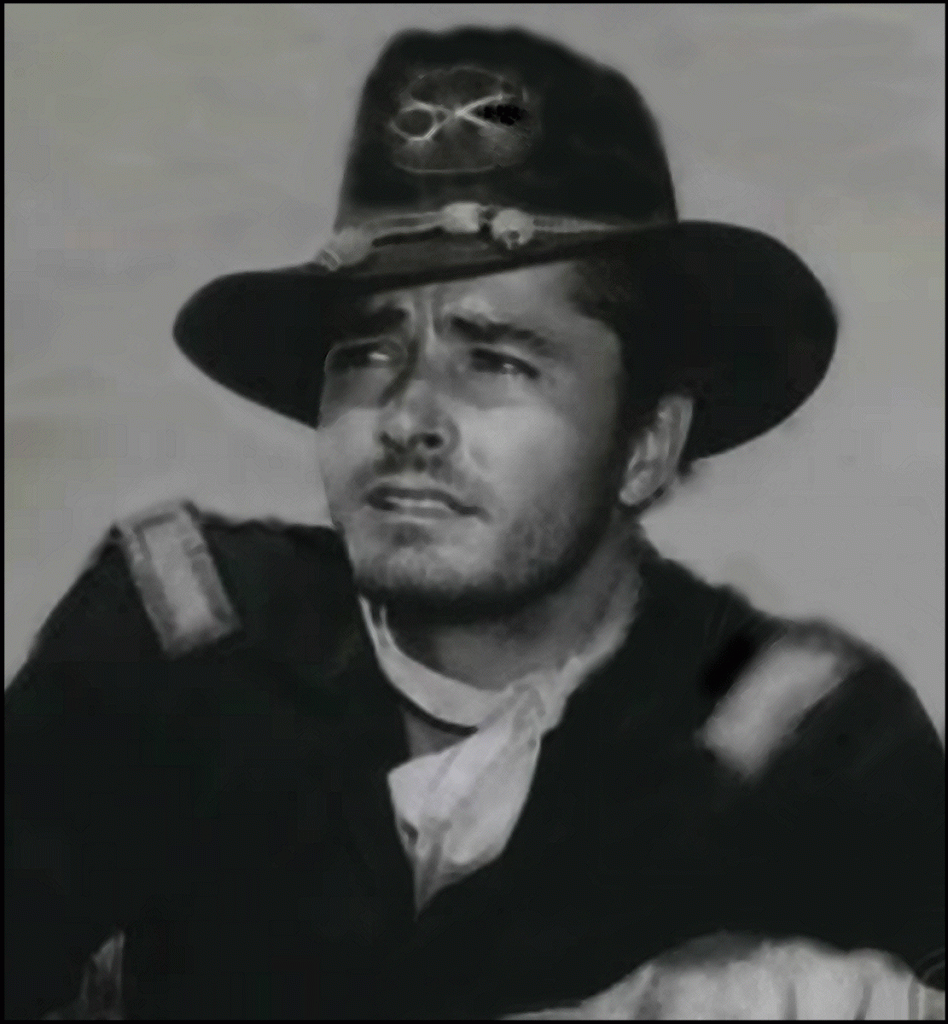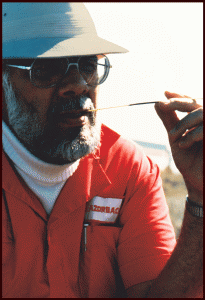Website & blogs © Louis Kraft 2013-2020
Contact Kraft at writerkraft@gmail.com or comment at the end of the blogs
Terrible times beyond belief
First and foremost I need to say a few things that have impacted, and are impacting, my life (and one of them has become a curse on all of us the world over).
- The COVID-19 pandemic (by now way too many of us know someone who has fallen prey to this heinous virus).
- We still have two more months of fire season in California, and already 2020 has been the worst season on record, and this includes the worst air quality in LA County in 40 years (at these times wear a mask to protect your lungs).
- A great friend and one of the most talented people I’ve ever known has suffered a terrible tragedy in his family (it is not for me to share).
- Olivia de Havilland died (I had thought that she would outlive me; certainly that was my hope but it was not to be).
- My great bro throughout time, Glen Williams, has died.
- Not to brag, but this has been a dreadful year for me. Although it has nothing to do with the COVID-19 pandemic, it has cost me 27 weeks of no exercise, no lifting, no yardwork, no walking, … no—you name it.
- My brain functions at all times, and believe it or not, at this sad time of woe that all of us will remember for the rest of our lives, … I have more freelance writing, related work, and deadlines than ever before (to the point that I’ve had to turn away work).
I’m the luckiest guy you know, … but time is clicking at an alarming speed, which means that I must complete my next, and perhaps last, delivery to the Louis Kraft Collection in New Mexico, as well as have a complete first draft of Errol & Olivia in case my time of walking Mother Earth is shorter than I want. These are major projects for me and I pray to my God every day that I complete them.
A request to review a Ned Wynkoop document by the National Park Service
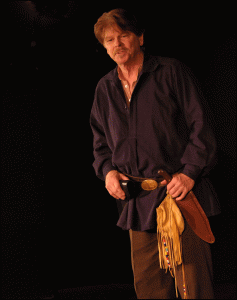
LK playing Ned Wynkoop in a five-week run of Cheyenne Blood in SoCal in 2009. Folks, this was a highlight in my life. Yep, LK knows a hell of a lot about this extraordinary human being. (photo © Louis Kraft 2009)
Whoa cowboy!!!!! Yeah, the NPS was doing a flyer on ol’ Ned for a few of their National Historic Sites (NHS), such as Fort Larned NHS, Sand Creek Massacre NHS, and the Washita Battlefield NHS. To say that I was honored is an understatement of major proportions.
I treated this as a major project, and it took weeks to complete. The response from the NPS? Zero!!! Not a peep. Ha-ha, you know exactly where my view of the National Park Service went. Yep, right into the trashcan. I need to say, that regardless of what I wrote—and it had to have been hard for NPS management to swallow a review that was less than a thrilling kiss-ass of love for every piece of bullshit that they came up with—but what pissed me off was that the NPS never replied, never said we disagree with everything you wrote. Hell, that would have been acceptable.
Nada! Not anything from the National Park Service. Of course, your pal Kraft couldn’t keep his mouth shut. See my review of the travesty of BS that the NPS would eventually print: National Park Service, Ned Wynkoop, & a bad taste.
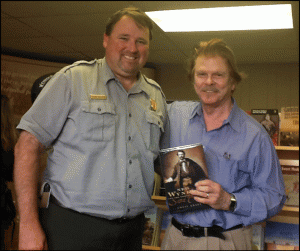
LK with Shawn Gillette at the Sand Creek Massacre NHS headquarters in Eads, Co., on 3oct2014. I think that Shawn is an upstanding person, and I’m lucky to know him. Our relationship has nothing to do with the National Park Service and I hope that this remains true as our lives move forward. (photo © Shawn Gillette, Louis Kraft, & Pailin Subanna-Kraft 2014)
In 2014 great Cheyenne wars historian John Monnett and his wonderful wife Linda invited us to visit them in Lafayette, Colorado, and this included them taking Pailin and myself to the Sand Creek Massacre NHS. After walking the grounds (as much as we could, but this wasn’t much), we went to Eads, where the headquarters for the Sand Creek Massacre NHS was located. Here I met Shawn Gillette, chief of interpretation, in person for the first time. He told me that the chiefs of interpretation agreed with my review but upper management ruled the day.
I could agree with this. … But my bad taste for the USA government grows by the day (I need to say that the National Park Service isn’t at the top of my list—the Federal government is, and from all indications this isn’t going to change for the rest of my life).
An LK interview that was to accompany a review of Sand Creek and the Tragic End of a Lifeway
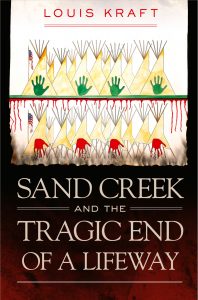
This was a book that I didn’t want to write, but my good friend and former editor-in-chief at the University of Oklahoma Press refused to accept my “No, I don’t write books about war” refusal. To this date in time—egotism aside—this is not only the best, but also the most important book that I’ve ever written.
The interview was to accompany a review of Sand Creek and the Tragic End of a LIfeway. I’m wordy, so it appeared in two editions of the paper (August and September 2020), but everything personal, everything that led up to why I write about the American Indian wars, everything that directs what I write and why, along with my next major writing project (which was a major question) was totally cut from the two issues of the newspaper.
Oh, the review of the Sand Creek book was five sentences. Five sentences! It was okay, but why bother? A silent parting of ways. Been here before.
I spent a fair amount of time writing what follows but the paper wasn’t interested in the Sand Creek book. It wanted information on Lt. Charles Gatewood and Geronimo, while totally uninterested in why I spent 10 years to write two books about Gatewood, Geronimo, and the Apaches, and follow them through to publication. Additional questions wanted to know what drove me to write about the Indian wars and racism.
As I stated in my submitted draft of the interview, I retained the copyright to my words and that I intended to use them in a memoir and in my blogs. As two procedures and two operations have knocked my health for a loop this year, not to mention the coronavirus pandemic, a major delivery to the Louis Kraft Collection, an upcoming talk on the Sand Creek Massacre, among other deadlines—and I haven’t even mentioned Errol & Olivia.
What follows are words that will give you an inside peek at who I am and what drives me.
In late spring 2020
I received two requests to do an interview
I stupidly agreed to the requests. The first one is still floating on the wind somewhere on the lone prairie. But this is no longer true, for that person is a human being by the name of Bob Reese, who, if I get lucky, will someday meet in person and spend good time with him. Recently he confirmed that changes in personal and that this slowed the production process; this also included his health. Bob Reese is one of the good guys in this world (hopefully he is again healthy). … As said above the other person purged every word that I shared that was personal and would have given his readers an understanding of who I am and why I write what I write. My opinion of what was printed in the two editions of that publication is unprintable. Will I ever read another word published by that publication? probably not. Will I ever write another piece for that publication? No.
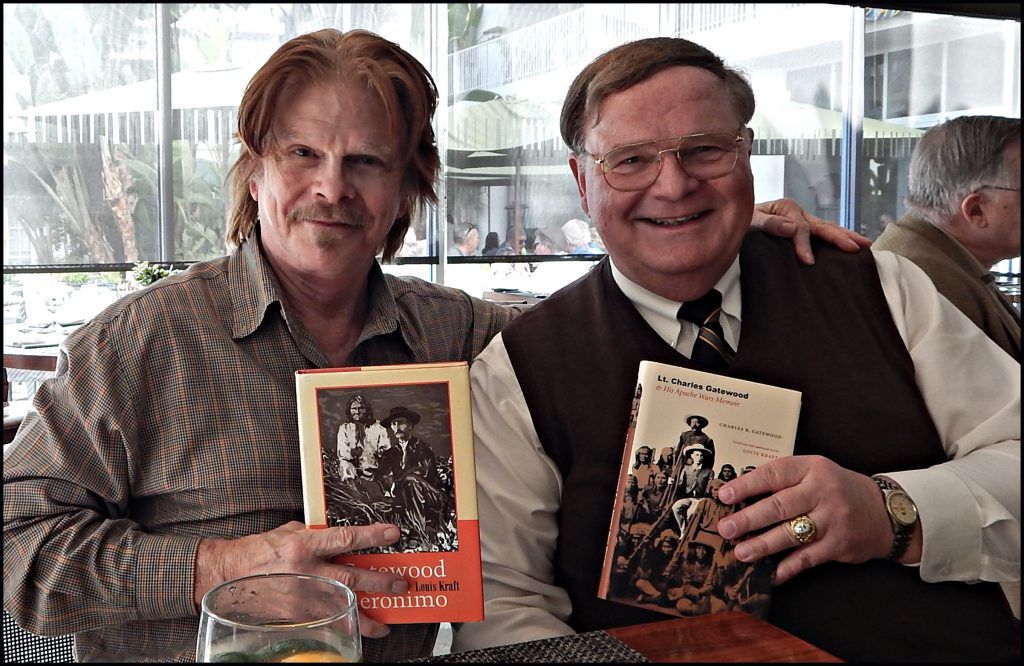
LK with great friend Lt. Col. Paul Fardink, USA, Ret., in the Beverly Hills Hilton dining room on 16Jan2015. He and his wife Cheryl had flown to Los Angeles for a huge military awards ceremony at the hotel. The three of us had a terrific time enjoying each other’s company and discussing Lt. Charles Gatewood’s chances of being awarded a posthumous Medal of Honor. Paul had brought several of my articles and books for me to sign. I brought his terrific article on Gatewood and myself in On Point, which would play a key role in his upcoming presentation (which also included an amazing amount of primary source material). (photo © Paul Fardink & Louis Kraft 2015)
This person used me to comment on his hot topic/a major writing topic from my past that is dead and will never happen—that is, present the Medal of Honor to Lt. Charles Gatewood for the part he played in ending the last Apache war in 1886. Years back I had worked closely with Lt. Colonel Paul Fardink, USA-Ret., to create a major submission to obtain Gatewood this honor. Paul had a major general, and a handful of other generals, supporting the project. They had forewarned us that the answer would be “no,” and it would forever be “no.” Will this person—who wants to be a crusader but is always too busy; hell, he couldn’t even provide the publication dates for the two issues of the paper—ever contact me again? Honestly I don’t think so (his silence has been golden).
Was this wasted time lost by me when I’m in a zone wherein I have no free time?
Yes! and No!
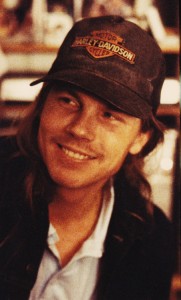
My brother Lee Kraft in fall 1988. I can’t begin to tell you how close we were (whether at war or as buddies). We partied together, we worked together, we played ball together. Like our father, who was always there for both of us, he was for me and me for him. His premature death in March 1990 is still the most devastating day in my life. (photo Louis Kraft 1988)
This paragraph initially shared my views on the above—and certainly of the second interview. Unfortunately it got a little too personal, a little too gunslinger-like with LK walking the Southwest looking to put yet another notch on his Colt.
Hell, I’m a Kraft, and like my brother Lee, we were spittin’ images of our father—that is we always walked our own trail, come hell or high water. … Always.
ALWAYS.
I deleted what was to be the following text also.* Too bad, for it was lively and zinged off the page. …
* I should state that when I delete text that is on point or too personal I usually drop it into a potential blog that serves as a holding tank, as it will never be posted. Sometimes I go digging and discover gems that I had buried.
Maybe I should return to some of my favorite Arizona and New Mexico haunts and strut about and play-act doing what I don’t dare saying in print. Oh yeah, Kraft can still do this. That said, I have allowed my life experiences determine the trail that I would follow through life.
The following isn’t bragging; it’s simply fact. I’ve been knocked cold by my father (who was, and still is, the most important person in my life). I’ve taken my motorcycle over a cliff. I’ve had a knife at my throat (in Austin, Texas). I’ve had guns pointed me (and I’ve never been to war). I’ve survived high-speed crashes in fast cars that defy description and yet I walked away from them unharmed. I’ve had 24 surgeries; that’s right 24, and let me tell that wild cats, rats, and possums that cross my path in the wee hours of morning run for the hills when they see me. Am I the devil?
(I’m smiling) I don’t think so.
At my age, macho is good, for it means that I’m still breathing.
My bro Glen Williams would love the above—hopefully he sees it in heaven.
The Tombstone Epitaph
Interview, Louis Kraft
June 2020
Interview © Louis Kraft 2020. This said The Tombstone Epitaph has full right to publish
all or part of this interview in print and online. Also know that I intend to use portions of the following interview in a memoir and in my blogs and I retain the right to do so.
I signed no contract for my FREE interview,
and the words are mine. I am reprinting them here.
TE: Talk about your new book Sand Creek and the Tragic End of a Lifeway. What inspired you to tackle the history of the Sand Creek Massacre?
LK: This answer can be short and sweet. I met Chuck Rankin, former editor-in-chief of the University of Oklahoma Press (OU Press) at the beginning of this century. No Chuck, no Sand Creek book. Next question. …
Just joking but not about Chuck. More’s a comin’.
At that time when we met I was in the process of trying to work out a contract with the University of New Mexico Press for my second book dealing with Lieutenant Charles Gatewood; actually piecing together his incomplete and failed attempt to write a memoir about his experiences with the Apache Indians in the 1880s. I had a terrific contract for the first Gatewood book but this contract was peanuts in comparison. I countered, but the publisher refused, I said goodbye and never looked back. In retrospect this was a very good day for LK. Chuck was interested, but the two OU Press peer reviews were negative and he sent me a short letter saying that Oklahoma would pass. I took what I agreed with from the reviews, incorporated it into my manuscript, and sent a proposal to the University of Nebraska Press. They quickly requested the manuscript, liked it (as did their peer reviewers), and added an advance to my first Gatewood contract.
During this time Chuck and I continued to discuss a book about Ned Wynkoop, a soldier turned U.S. Indian agent due to events that surrounded the Sand Creek Massacre in Colorado Territory in 1864 (he wasn’t present at the massacre). He had migrated to what would become Colorado Territory in 1858 at the beginning of the gold rush, and as many who migrated westward harbored the typical racial hatred of American Indians. Although he didn’t realize it at that time, he was different than most of his comrades. … By fall 1864 he was a major in the First Colorado Volunteer Cavalry and commanded Fort Lyon (southeast Colorado Territory). That spring events led to the Cheyenne war of 1864, and the hatred and violence escalated as the summer moved toward fall. He had already stated that he intended to kill every Indian he came across, but to date (and this included a command he led against the Utes in 1863, and during which he never saw the enemy) he had not fired his revolver at a Cheyenne or Arapaho Indian.
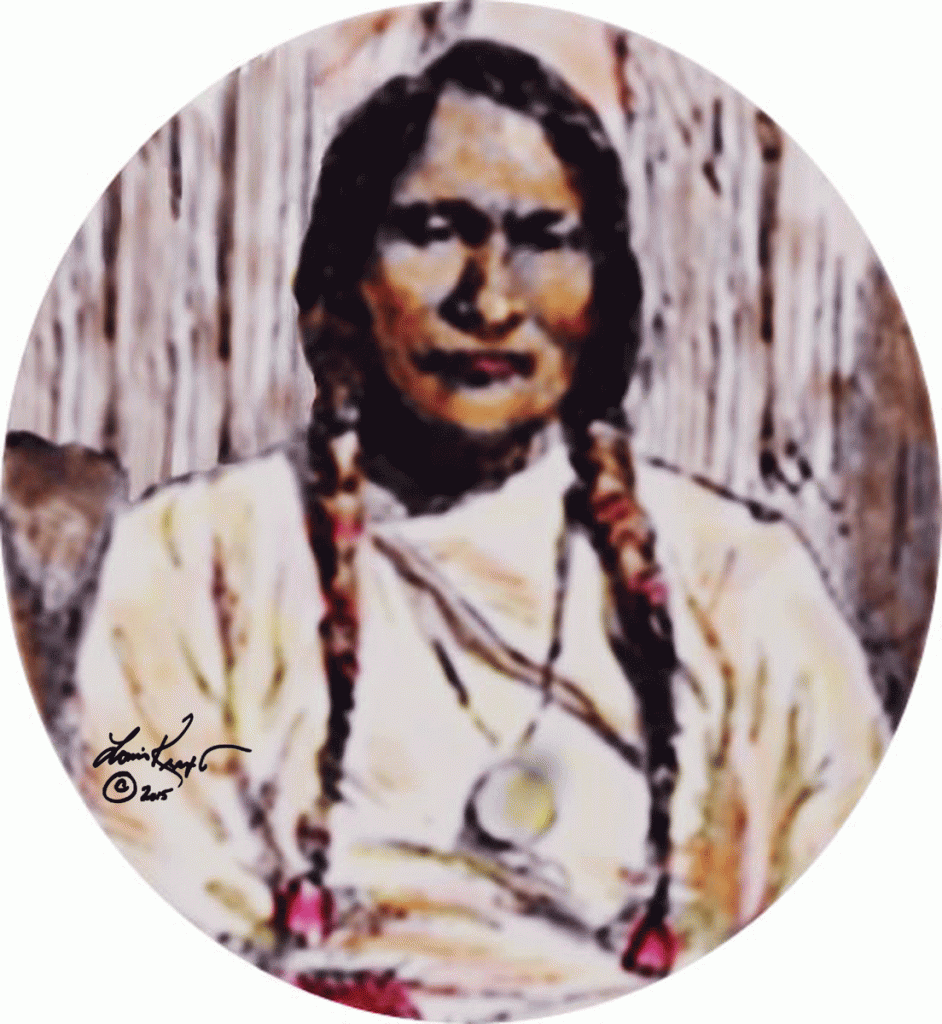
This LK art of Black Kettle dates to 2015. It has appeared on these blogs but has never been published (the reason is simple: I never liked it enough to submit it to a publisher). Maybe I’ll think about repainting and improving it. Time will tell (or not tell). (art © Louis Kraft 2015)
That September 3, he received two letters (to the commanding officer of Fort Lyon and the Cheyenne-Arapaho Indian agent) dictated by Cheyenne Chief Black Kettle that stated that there was a large village (about 2,000 people) of mostly Cheyennes and Arapahos on a tributary of the Smoky Hill River in Kansas. Black Kettle and other chiefs wanted to discuss ending the war while juggling a carrot that they had white prisoners that they would give up if he met with them. His officers viewed it as a suicide mission, but Wynkoop refused to listen to them. A village that large couldn’t remain in one location for any length of time due to their huge horse and mule herds as well as supplying fresh meat, fruit, and vegetables that grew in the area. To send a courier to headquarters in Kansas would take at least a week (most likely longer) and the same amount of time for a return answer. Wynkoop couldn’t wait, and without orders set out for the village with 127 men. …
Much would happen, including facing a large warrior battle line; speaking with angry chiefs; eventually talking seven chiefs into traveling to Denver to meet with John Evans, the territorial governor; and receiving four children. During the council, which took place south of the city at Camp Weld, Evans made it clear that the war would continue. However, when Colonel John Chivington, who commanded the District of Colorado, verbally passed the Indians to Wynkoop to oversee them at Fort Lyon, the major, Indian chiefs, and Rocky Mountain News editor and publisher William Byers thought a tentative peace had been reached until the military command in Kansas decided what action it would take.
By early November Wynkoop was removed from command at Fort Lyon, and replaced by Major Scott Anthony. Before setting out for Kansas, where he anticipated being cashiered out of the military, Wynkoop was present when Anthony told Black Kettle and Arapaho Chief Left Hand, among others to move to Sand Creek, about forty miles northeast of the fort. Anthony also told them that he would inform them of the military’s decision in regards to the war ending or not.
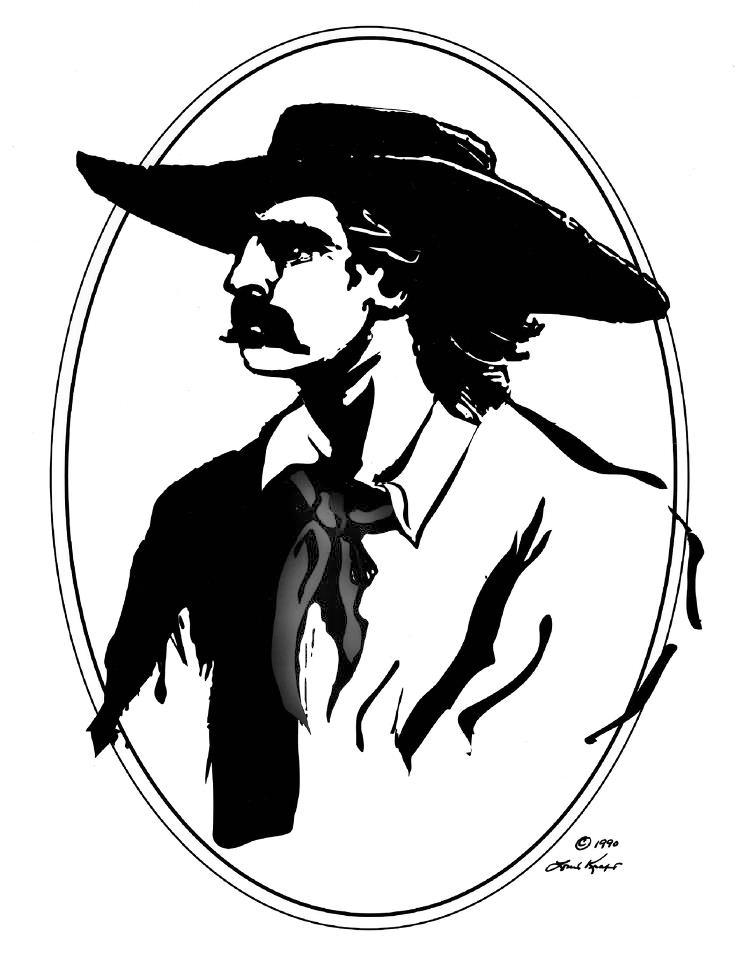
This was my first attempt at creating a portrait of Ned Wynkoop. The pin and ink portrait is framed and is displayed at Tujunga House. It was based upon a woodcut of him in 1867, and has been printed at least once (I need to check, for it may more than once). (art © Louis Kraft 1990)
During Wynkoop’s brief time with the Cheyennes and Arapahos he had realized that they were human beings. When he learned that Chivington and Colorado Volunteers attacked the Sand Creek village and brutally butchered men, women, and children who thought that they had been removed from the war, he was outraged. He considered the massacre heinous, and it changed his life forever. By 1866 he was well on his way to becoming an U.S. Indian agent for the Cheyennes and Arapahos, … and perhaps the most hated white man in Colorado Territory.
I had discovered Wynkoop when looking for an Indian agent on the take for a novel I intended to write; that is defrauding the U.S. government and the Indians he represented to become rich. I never wrote the story, but by 1987 my first article on him had been published (this was my first Indian wars article). Two years later I delivered my first talk on him. By the mid-1990s I was moving forward with a planned biography on him.
Chuck Rankin was definitely interested in my Wynkoop manuscript. There was one problem. Chuck didn’t want was a duel biography like Gatewood & Geronimo; in other words, no Wynkoop & Black Kettle. Actually this was not a problem, for I never considered a joint biography—this book would focus on Wynkoop.
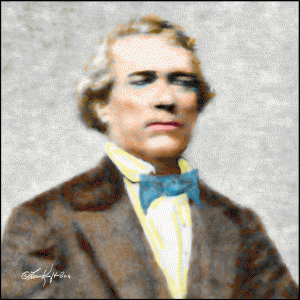
This is a portrait of interpreter/trader John Simpson Smith. It is one of numerous portraits that I’ve done of him (to date none have been printed). This man spoke many languages; this man had numerous wives and none of them were white. Was he a racist? I don’t think so. If you ever read Sand Creek and the Tragic End of a Lifeway you’ll get to know Mr. Smith. Trust me: he was a combination of good and evil, and more important he was a human being. (art © Louis Kraft 2016)
Over the coming years we often talked about how to handle the massacre in the book. As Ned Wynkoop and the Lonely Road from Sand Creek went into production (OU Press published it in 2011), Chuck returned to that tragic November when men, women, and children were murdered and savagely hacked to pieces. This led to us discussing me writing a book about the massacre. At first my reply was “no” for the simple reason that I consider myself a biographer as opposed to a historian (even though history has a large presence in all my nonfiction and fiction). At that time I still wrote for software companies—meaning that travel and research were never a concern—and we talked in person, on the phone, and with email. We both listened and between us we discussed a book that would be acceptable to both of us. The massacre was a key piece in the proposal, and we both agreed that I would deal with it similar to how I did in the Wynkoop book. But people, their words, and actions would drive the story to conclusion. I wanted to write the book through the eyes of the Southern Cheyennes and Arapahos, whites who married into the tribes, their offspring, whites who coveted Indian land to the east of the Rocky Mountains, and whites who dared to speak out against the Sand Creek Massacre. Once we were in agreement on how I would approach the storyline everything else fell into place. …
That is until I began to write the book. It didn’t take long for me to realize that I needed more research, a lot more research. As always, I allowed my research to drive the flow of the manuscript, and the more I learned and understood, the deeper I had to dig. There were surprises—big surprises. People that I thought would have leading parts became supporting players and people I thought would have smaller roles became the focus. Two huge examples here are Arapaho Chief Little Raven (who I really didn’t know that much about) became the Indian lead, along with Black Kettle, whom I always knew would have a large role. But digging into Black Kettle also presented a lot of information about him that I never knew existed.
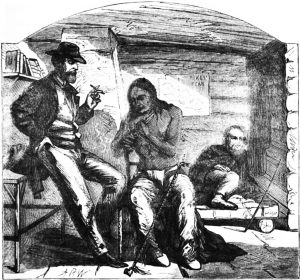
Arapaho Chief Little Raven examines journalist Albert Deane Richardson’s revolver in this 1859 woodcut. New York Tribune publisher Horace Greeley relaxes in the background (woodcut in the Louis Kraft Collection)
For me it is the process of research, writing, more research, more writing, rewriting, research, writing, editing, and more research, until the manuscript begins to take shape. Then comes the hard part, and that is trying to make all the facts, events, and people flow together in hopefully a readable manner. It doesn’t stop there, for I play a large role in the production process.
For the record if I ever become homeless and can have only one of my books, it would be Sand Creek and the Tragic End of a Lifeway. Yeah, and this was a book that I initially didn’t want to write.
TE: What challenges did you face while researching American Indian history?
LK: This is a wide open question, but my answer is simple: how to locate information that gives life to (in my case) the Cheyennes, Arapahos, Apaches, and, if I live long enough, the Navajos’ side of their history and culture. A good portion of the life and times of these people has been told by the white man, and much of it has been biased, but not all of it. Often raiding warrior numbers have been inflated, as has been white casualties. And this goes the other way also, and the Sand Creek Massacre is a good example of this. I’m going to stick with my current book for this question.
Colonel John Chivington wrote two official reports of his November 29, 1864, attack on the Cheyenne village circles and the Arapaho village, which may have had two camp circles on Sand Creek in southeastern Colorado Territory. On the day of the massacre Chivington reported that he killed between 500 and 600 Indians, including Black Kettle. Sand Creek Massacre NHS ranger, and the most knowledgeable person on what happened on those two days, Jeff Campbell’s calculations places the death count at 230 with 75 percent of the dead being non-combatants. This means that approximately 67 of the dead were chiefs and warriors. By the way, Black Kettle wasn’t even wounded.
Not all the soldiers present took part in the carnage, and some refused to fire their weapons. Two of them were Wynkoop’s subordinates, Captain Silas Soule and Lieutenant Joseph Cramer. Both dared to speak out against the massacre during the investigations, and Soule was later murdered on the streets of Denver. Wynkoop, who was exonerated in late December 1864 might have shared the same fate, but was again in command of Fort Lyon. Even so he was called “Black Kettle’s puppet.”
Honestly, the hardest part was trying to remain in the point-of-view (POV, a film term) of the person I was currently writing about. We already know all the negative prose directed at Black Kettle regardless of his efforts to maintain peace. There were many leading and supporting players in the Sand Creek story, including Black Kettle, Cheyenne chief and Keeper of the Sacred Arrows Stone Forehead; Dog Men (“Dog Soldiers” is a white-man term) Tall Bull and Bull Bear; Arapaho chiefs Little Raven, Left Hand, Neva; trader William Bent, and his mixed-blood Cheyenne sons George Bent, Charley Bent; mixed-blood Cheyennes Edmund Guerrier and Jack Smith, and his father, trader John S. Smith; and Byers, Evans, Chivington, Soule, and Wynkoop to name a few. The goal has always been to present them with their words, their actions, and views of them by their contemporaries.
Regardless of my views—and those of you who read my writing know what they are for I mostly focus on people who try to end war or keep the peace. These are people who reach across racial boundaries to do this. Some of them understand this and become friends, while others do what they think is right regardless of their racial feelings. Bottom line: these are the people I write about. That said, I view the Los Angeles mass murderer Charles Manson as a heinous villain; ditto Adolph Hitler. … None of the people that I write about in the Indian wars do I consider a heinous villain. I believe that what they did when they did it they thought that they were doing what was right. If I do my job correctly, you will be able to make your own decision about them. That is my goal.
TE: What is the legacy of the Sand Creek Massacre today?
LK: To begin with there is still a large divide between white-Indian relations. And certainly a lot of what I’ve watched move forward with racial equality since the 1960s, although slow I thought that it was steady. Over the last three and a half years we have a national government that fosters racial hatred, and it’s almost as if the last 60 years of progress never happened.
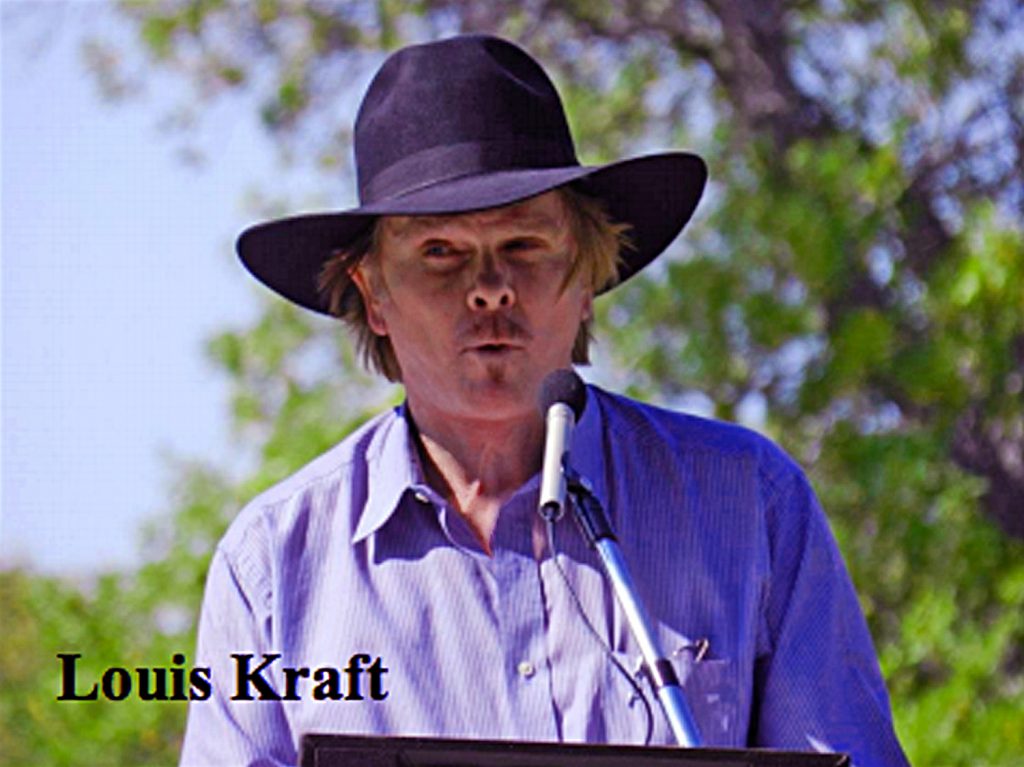
LK speaking about Ned Wynkoop’s efforts to save the joint Cheyenne-Dog Man-Lakota Pawnee Fork village in Kansas from destruction in April 1867 on the preserved land where Maj. Gen. Winfield Scott Hancock refused to listen, destroyed the village, and began the 1867 Cheyenne war (September 2012).
A truthful reporting of what happened on that bloody ground on November 29 and 30, 1864, is shocking. It affects my psyche and brings tears to my eyes every time I think about the details. Most of us are lucky to have loved ones, children, parents, friends. The words that describe what happened on that bloody ground are horrifying. Do you get the gist of what I’m talking about?
I have a talk coming up with the University of New Mexico on the afternoon of October 21 titled “An attempt to kill every Cheyenne man, woman, and child: The Sand Creek Massacre, Colorado (November 29, 1864).”* I thought that the novel coronavirus had killed this talk, but luckily Tomas Jaehn (Director, Special Collections/CSWR University of New Mexico Libraries) who hosts monthly talks at UNM saved the day when he decided to have them continue live via Zoom. I don’t want to share much about the talk other than to say that I intend to focus on the scramble from within the various Cheyenne village circles as people attempt to survive sexual butchery. A number of Cheyenne mixed-bloods were in the village. Over the years many of them have gotten a bad rap, as traitors to the white race, and worse, little more than renegades and pure evil. All I’ll say here is that they saw what happened. Some of them grew up walking between the two races and indeed attended school in Missouri. This dark time would remain with them for the remainder of their lives. To this point in time, they had moved back and forth between the races. Not any longer (although Edmund Guerrier did well working with the white man, and he was present) for young men like George and Charley Bent were horribly affected by what they saw and from that time forward they considered themselves Cheyennes.
| * LK: This wasn’t in the interview: If you would like to see the talk, which will be live on October 21, you need to send Tomas an email with your name and email address (tjaehn@unm.edu). He will add you to the attendee list, and the Zoom information will be emailed to you two days before the talk. Signing in will be between 4:00 and 4:30 pm Pacific time/5:00 and 5:30 pm Mountain time, with the talk beginning at 4:30/5:30, and so on depending upon your time zone. |
Racism has been different during my lifetime than how it was in the 1860s. The twentieth century saw lots of theft, incarceration, brutality, rape, and murder—so much so that I’m not going to even attempt to talk about it here. I don’t want to go into the American Indian Movement (AIM) in the 1960s, 1970s, and beyond, other than to say that I do not consider their continued fight to protect what was theirs while fighting racism as criminal activity. What was in place when I was young has never ended. Hopefully what is happening on the streets of America today can somehow lead the USA to become one country where every man, woman, and child are treated the same, and that is as human beings. When I was young, I thought that I’d live to see that day. As the days grow shorter, I’m doubtful. But hope burns eternally.
The legacy of the Sand Creek Massacre is present today, and it will most likely never end, never fade away. What happened on those two days of horror will live forever in infamy. Certainly for every Cheyenne, Arapaho, as well as many other American Indians living today. It is burned in their souls. It is also front-and-center in the lives of a lot of people I know, people I call friends (and some of them are Cheyennes), and they damn it.
This is how it should be, for November 29-30, 1864, were two days that can never be forgotten. This said, we cannot and should never censor history. If we do, this plague on humanity will continue to tear us apart until we figure out how to destroy life on earth as we know it. History must be told from all sides—from all sides. We’re all people with our views. Just because you disagree with me, or I with you, doesn’t make either of us evil. This is our world, and regardless of what we look like we’re all human beings.
What is the legacy of the Sand Creek Massacre? Don’t hate me, for I believe that the racial hatred of the 1860s is alive and thriving in the year 2020. It is on us to end it.
TE: Your career as a historian and writer has been hallmarked by books dealing with the intersection of the U.S. military and the American Indian. What prompted this interest in you early on?
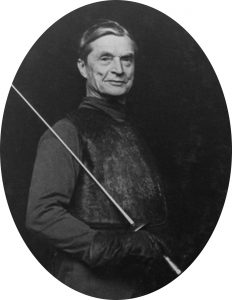
Olympian and champion duelist, actor, stunt man, sword choreographer, and fencing instructor Ralph Faulkner in the late 1950s, and just a few years before he coached me at Falcon Studios on Hollywood Blvd.
LK: I like this question, but it is a question that you shouldn’t ask me for you are going to get a mouthful (please delete this sentence, for it was only for you).
I think that I discovered Errol Flynn and his films while in the fourth grade. Two Warner Bros. films stood out: The Sea Hawk (1940) and They Died with Their Boots On (1941). Many people think that The Sea Hawk was based on Rafael Sabatini’s classic novel. No. Warners Bros. had the rights to his book, but it wasn’t about an Elizabethan pirate during the time leading up to the Spanish Armada and the invasion of England in 1588. Instead it was about an English nobleman sold into slavery in North Africa, who later became an infamous Tunisian pirate who raided British ships. I highly recommend Flynn’s The Sea Hawk.
This film led to me studying fencing with the U.S. Olympian Ralph Faulkner, who turned actor, stunt double with swords on film, and eventually taught fencing in Hollywood, California. While in junior high school I studied under him, and in the only competition at his studio that I took part in I placed third in foil (my competition were all male adults). In college I took fencing in my first semester, was good enough with the foil that the coach asked me to join the team. I consented, providing I could learn and fight with a sabre, and only a sabre. Reason: almost all the great duels on film are shot with a combination of thrusting and slicing. She agreed. … This Flynn performance is important for it led to me studying acting in junior high school, high school, and college. Eventually I learned “swashbuckling” or stage combat, and would choreograph duels and swordfight on stage. Great times.
Now to They Died with Their Boots On, and on looking back, it, although not at first, has had a much greater impact on my life. Errol Flynn played George Armstrong Custer and Olivia de Havilland played his wife Elizabeth Bacon Custer (“Libbie” is the correct spelling of her nickname). I have written at least four articles about this film (including a cover story for American History (February 2008), and have spoken about it five times in four states (Missouri, Montana, Texas, and California). Mr. Custer and the American Indian wars (as depicted in this film) grabbed my interest and refused to let go. Back in those days long gone there were many bookstores in Hollywood, California, and one featured nonfiction western history books. I bought a lot of Custer books, read them, enjoyed them, but then the anti-hero worship again struck (at least in Southern California) in the 1960s. Custer was one of the people hardest hit, and he became a caricature that stood for racism and butchery of American Indians. By the end of the decade I boxed up all my Custer books. Luckily I exiled them to a closet and didn’t throw them away. In the late 1970s I visited Arizona (over the years I would spend between six and eight months of my life in Scottsdale, Tucson, and elsewhere hanging out, doing research in archives and on the road). On this trip I discovered Aaron and Ruth Cohen’s Guidon Books in Old Scottsdale, and immediately fell in love with their store. It was the beginning of a wonderful relationship with them. During that trip I visited their shop at least three times. They had a bookshelf that was perhaps seven or eight feet high that featured Custer books. I bought some, and before heading home I bought more. I read them all, and then rescued my exiled books and reread them. I was hooked and knew where my future headed.
Be patient, for everything that I do (or now more important to my writing) is interlinked. Everything.
In summer 1976 I played the lead in two plays in Lubbock, Texas.
Before moving forward here, let me say that I grew up with parents who had an open door to anyone, regardless of race, color, or religion. I had marched for Martin Luther King Jr., and in 1970 I joined VISTA (Volunteers in Service to America). This was like the Peace Corps but in the continental United States. I had hoped to work with American Indians (the other two choices were with Blacks and Chicanos, as they were called during my tenure). The training was in Austin, Texas (we housed in the dormitory where a sniper way back shot and killed people on the University of Texas; women on one floor, men on another). At that time they rolled up the sidewalks at 10:00 pm. Before that time we loaded up with beer and wine before returning to the dorm. One night in one of the dorm rooms I said something to a married couple that I liked. It didn’t bother them, but it did a Chicano leader who would soon pick volunteers to work with his people.
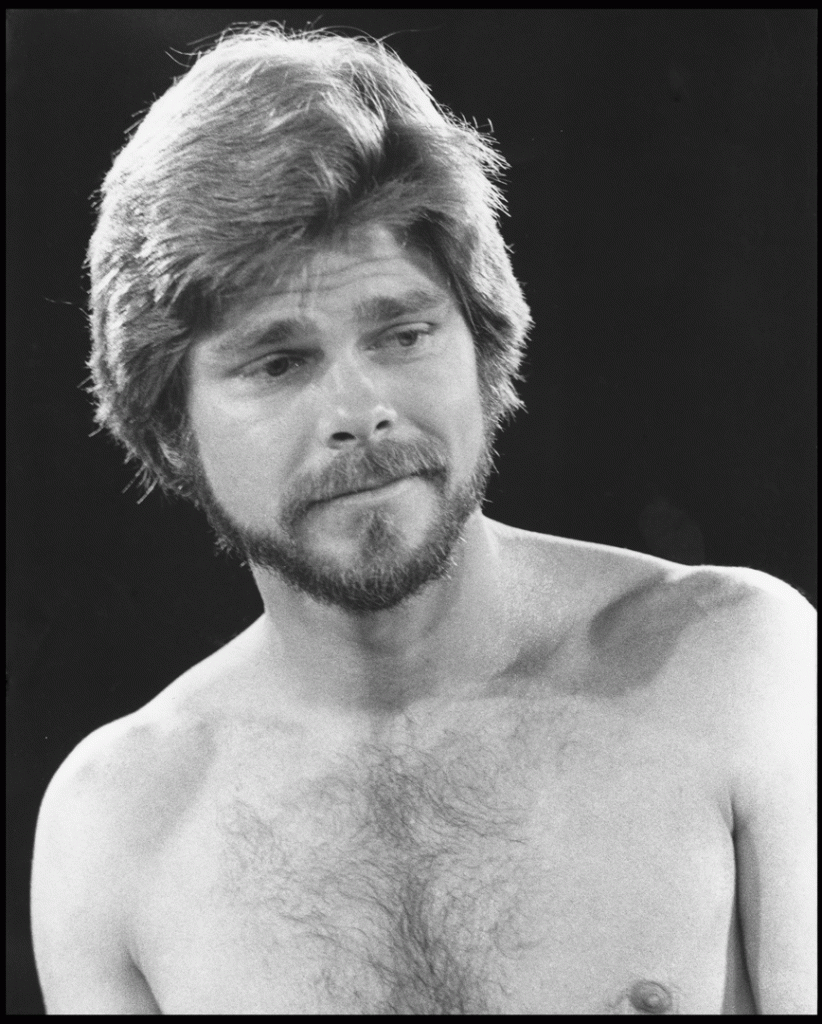
LK rehearsing Eat Your Heart Out, a play about an actor who is forced to wait on tables while trying to survive in Hollywood. The week before it opened we rehearsed every day until about two hours before the current play, What Did We Do Wrong (a generation gap comedy that led to a father and son (me) swapping places), was performed (we had seven performances each week). This was during summer 1976 in Lubbock. (photo Louis Kraft 1976)
Suddenly I had an arm around me, and a knife at my throat. It was about 2:00 am and there were between 15 and 20 people in the room. I told my attacker (and I knew his name, but not now) that if he killed me he would destroy his cause. He laughed and called me a number of choice names. I continued, and asked him if he intended to kill everyone else in the room, that is to eliminate all the witnesses. I don’t remember exactly what I said, but the words worked and he released me. Breakfast began at six, and to my shock I was a hero. Bleep no! I was one scared person who was thrilled to see the sun come up. When the time came I was quickly chosen to work and live with Blacks in Oklahoma City.
Back to Lubbock … During our first week we stayed in a motel (the director and three leading actors were from LA). My roommate was a Black actor named Jim Reynolds. We hit it off immediately. However, our first visit to the motel’s restaurant let me know what was coming. The waitress gave me a menu and a cup of coffee. When she returned, I said: “Where’s his coffee and menu?” She gave me a dirty look but did as requested. During my three months there I saw a lot that turned my stomach upside down (some good too). When I returned to Los Angeles I wrote a screenplay about my experience. The agent I submitted it to, said, “This is terrible, but let’s talk.” We did, and he became my agent for the next seven years. We came close to selling and optioning screenplays, but never did. Often I dealt with race relations. My favorite was called Wonderboat, which dealt with a U-Boat commander during WWII, the downfall of Nazi Germany, and his Jewish girlfriend. A producer wanted to produce it, but only if I moved the story to WWI and removed the Jewish connection. I refused.
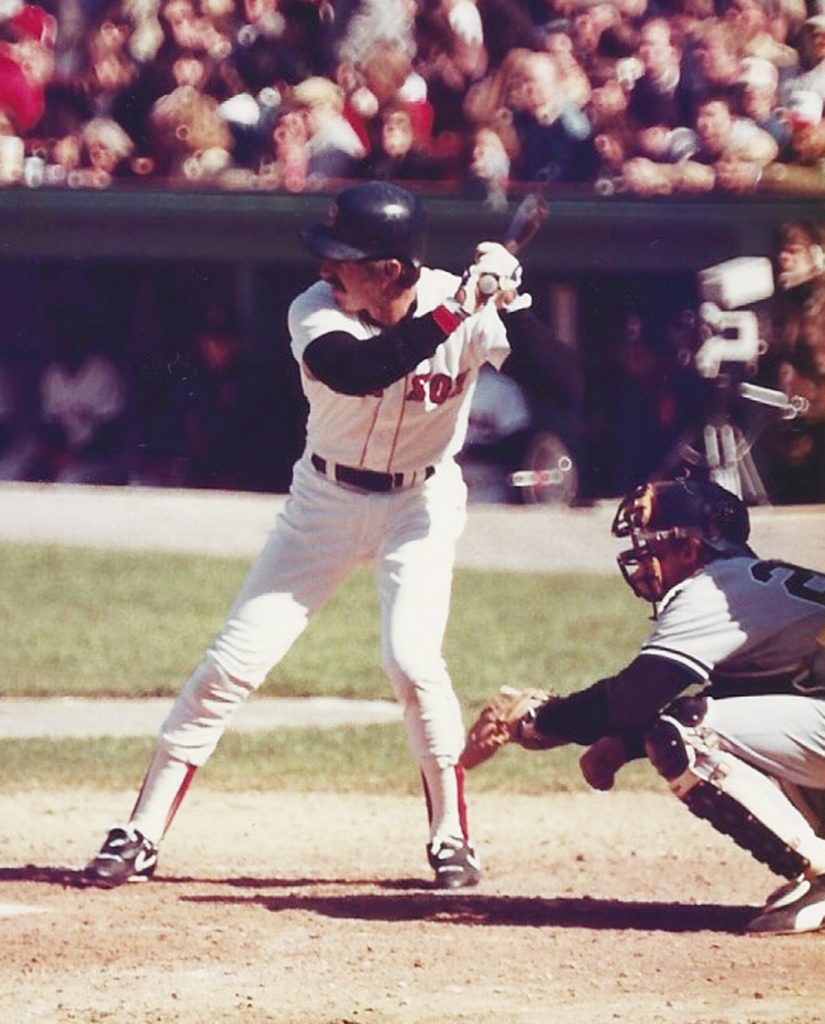
This image is of Boston Red Sox 1st baseman Bill Buckner just before he hit his first home run of 1985 on April 4 at Fenway Park. If my memory is good, this was an image that I used in one of my articles about him. (photo © Louis Kraft 1985)
In 1984 I decided that I needed to make money with my writing. I quit writing screenplays and began selling magazine articles. Since I played competition softball year round, knew baseball, and spent time with Brooklyn and Los Angeles Dodgers great Duke Snider (and even pitched him on writing his biography with him; unfortunately he had already signed a contract to coauthor what would be published as The Duke of Flatbush, 1988). I had a number of articles on the Duke, as well as my favorite baseball player of all time—Bill Buckner. Most of what he accomplished during his career he did on one leg, and my articles about him were all published while he was still playing.
The baseball writing was just to get my foot in the published writing door. I did an about-face and began writing about the American Indian wars. A feature on George Armstrong Custer would be my second published article in this category.
This opened a floodgate that would soon blossom to talks, a novel, and finally to nonfiction: Custer and the Cheyenne: George Armstrong Custer’s Winter Campaign on the Southern Plains (Upton and Sons, Publishers, 1995; and God bless Dick and Frankie Upton, for without them my nonfiction book future would have never been). The focus of this book dealt with Custer’s efforts to roundup the Southern Cheyennes and Arapahos without further bloodshed after his November 27, 1868, surprise attack on Cheyenne Chief Black Kettle’s Washita village in Indian Territory (almost four years to the day had passed since Sand Creek, but this time the chief and his wife didn’t survive the attack). Custer had two armies behind him and they craved blood. Custer pulled off his task with no additional deaths.
The above is all key to who I am as a writer today. I’m lucky for I’ve been in control of my writing path every step of the way.
TE: What about Geronimo? What kind of a man was he?
LK: I think that this question should move above the Gatewood question, and have moved it upward. The reason is a film, Geronimo: An American Legend, for without this film there would have never been two Gatewood/Apache books. Hope that you agree.
LK: I know film intimately, and study it all the time. The reason is simple: I can’t begin to tell you how much it helps me as a writer—plot development, character, dialogue, and transitions from one plot point to the next. Yes! This is totally valid for a nonfiction writer.
Left: A German lobby card of Geronimo: An American Legend with Wes Studi portraying the Bedonkohe Chiricahua Apache mystic and war leader. If I never saw this film I never would have written a word about Geronimo, Lt. Charles Gatewood, or the Apache Indians. (entire lobby card set in the Louis Kraft personal collection)
In regards to Geronimo, I think that we have to start with a film about him: Geronimo: An American Legend (Columbia, 1993), with Wes Studi playing him. I saw the film twice when it opened in Los Angeles in December 1993. I loved the grandeur, scope, and some of the character development, but hated the lack of focus. That title states that it is about Geronimo but there are too many other characters that have major focus, and shouldn’t. If there was to be a second lead it would be Lieutenant Charles Gatewood, and he had plenty of focus in this film. I was good with that, but not the large focus on scout Al Sieber and General George Crook. Also, there were too many other players that shouldn’t have been in the film. Read that much of this film was total fiction (perhaps even more than Flynn’s They Died with Their Boots On). Oh yeah, fiction dominates this film, although I didn’t know this in 1993. Actually I knew nothing about Geronimo or Gatewood at that time. Zero! Two years later in April 1995 I visited Aaron and Ruth Cohen at Guidon Books to sign Custer and the Cheyenne. Our talk turned to film and how it impacts book sales. Tombstone (1993) with Kurt Russell and Val Kilmer had been a major hit at the box office and increased Wyatt Earp and Doc Holliday sales while Geronimo: An American Legend failed at the box office and had no impact on Geronimo sales. During the course of our conversation Ruth told me about the Charles Gatewood Collection at the Arizona Historical Society in Tucson. The following month I took a week off (nine days), visited the collection, and was blown away. In June I took two weeks off (16 days). At that time Gatewood put Wynkoop on hold and became my next nonfiction project. Two years later it became a joint biography about two men on collision course—Gatewood & Geronimo. I can never begin to tell you what this book has meant to my life and career.
Before moving forward, I want to say that Wes Studi’s portrayal of Geronimo was magnificent, as have been some of his other filmed performances. He is great actor, and his honorary Academy of Motion Pictures Arts and Sciences Lifetime Achievement award this year was long overdue. I luckily met him shortly after Dances with Wolves (1990) was released in an American Indian gift shop in Tarzana (a suburb in Los Angeles in the San Fernando Valley) in 1990. He was excited and I enjoyed our half hour or so of time together. Alas, I’ve never seen him since.
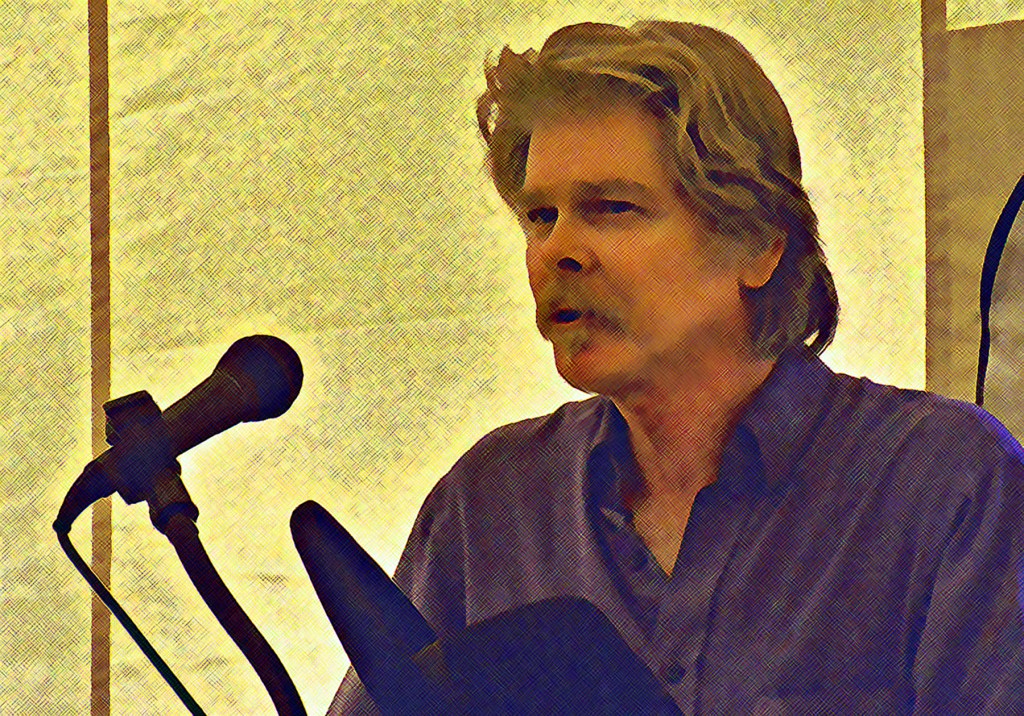
LK talking about Gatewood finding Geronimo in Mexico and talking him, Naiche, and the remnants of their people into returning to the United States and surrendering at the Festival of the West in Scottsdale, Ariz., on 18mar2004. (art © Louis Kraft 2013)
Every time I have written or spoken about Geronimo I have tried to be in his viewpoint. Trust me, for this hasn’t been hard to do. Beginning in 1851 when he lost his first wife and family in a raid in Río de Janos in Mexico until his final surrender in fall 1886 he would lose more wives, children, family members, friends, and tribal members to death or abduction. His outrage was instantaneous and totally justified. There were major cultural and political ideologies at stake during the Chiricahua Apaches’ long fight with Mexico and the United States to keep their land, their culture, their lifeway, their language, their religion, their children, and their freedom. Geronimo was a mystic and war leader, and more—for he was a survivor.
What happened to him and his loved ones over the course of his lifetime was unbelievable. Often he, the Bedonkohe (his band of the Chiricahua Apaches) as well as all the other bands of Chiricahuas have been branded as aggressive outlaws who raided, raped, stole, and killed at random on both sides of the American-Mexican border. There are some good historians who made it clear that the Chiricahuas considered the land that they claimed was theirs. They had nothing to do with the Americans’ land grab from Mexico, but suddenly their land wasn’t their land in the north (and ditto in the south). They didn’t sign any treaties giving away their land. It was still their land, and Geronimo, Naiche, and those who dared to fight for their freedom and lifeway became murderers, robbers, and worse. What about all the murder, rape, abduction, and constant fear of attack that they had to deal with, live with, during their lives? They were in the way of American progress, and what the hell! They had no rights! I’ve often seen Geronimo listed as a chief. He was never a chief. I’ve also seen him listed as little more than a hellion who never came close to becoming a leader, for all he cared about was himself and his immediate situation. Read the facts about his life, and you’ll quickly see what he had to deal with. He reacted with hate, anger, and vengeance. How would I react in the same situation? How would you react? How are many people in the United States today reacting?
This question is about Geronimo, but I’m sorry, for it is also about me, you, and everyone else in our homeland today. If this generates hate and anger at me, that’s life. I’ve been there before, and I deal with it more often than I want in my life. Way too many times I’ve been called a racist and traitor to my own kind and my homeland. What a bleeping joke!
Geronimo was a patriot, and he had the guts to fight back against what he considered wrong. He lived during a time of violence when his lifeway was coming to an end for all time. We’ve all suffered tragedy during our lifetimes, some of us more than others, but when looking at Geronimo’s life it was an ongoing hell without end. Regardless of what you think about him, he was a very intelligent man. He knew how to fight, when to fight, and when to run. Moreover, he had no intention of giving up the fight for his freedom until that fatal day in September 1886 when he, Naiche, and the remnants of their followers discussed surrendering with Lieutenant Charles Gatewood and returning to the United States to become prisoners of war. As Gatewood had told Naiche and him, surrender, for if not all of you will die.
Geronimo, Naiche, and their followers (less than 40 men, women, and children) surrendered. They would be lied to, but not by Gatewood. For the rest of Geronimo’s life he was a prisoner of war. Still he learned how to survive in the white man’s world of incarceration. Actually he became a celebrity, and realized that if he could sign his name he could earn money. He extended his marketability and began signing photographs of himself (as well as maps). He had not only learned how to play the white man’s game, he excelled at it. Unfortunately General Nelson Miles’s promise that he and those who surrendered with him 1886 would only be exiled to Florida for two years was a lie. When he died in 1909 he was still a prisoner of war.
I have often been asked if I could pick one American Indian who would you select? I don’t have one, I have two: Geronimo and Black Kettle.
TE: Let’s talk about Lt. Charles Gatewood who was the subject of two of your earlier books. Who was he and why do people today not remember his contributions to the taming of the west?
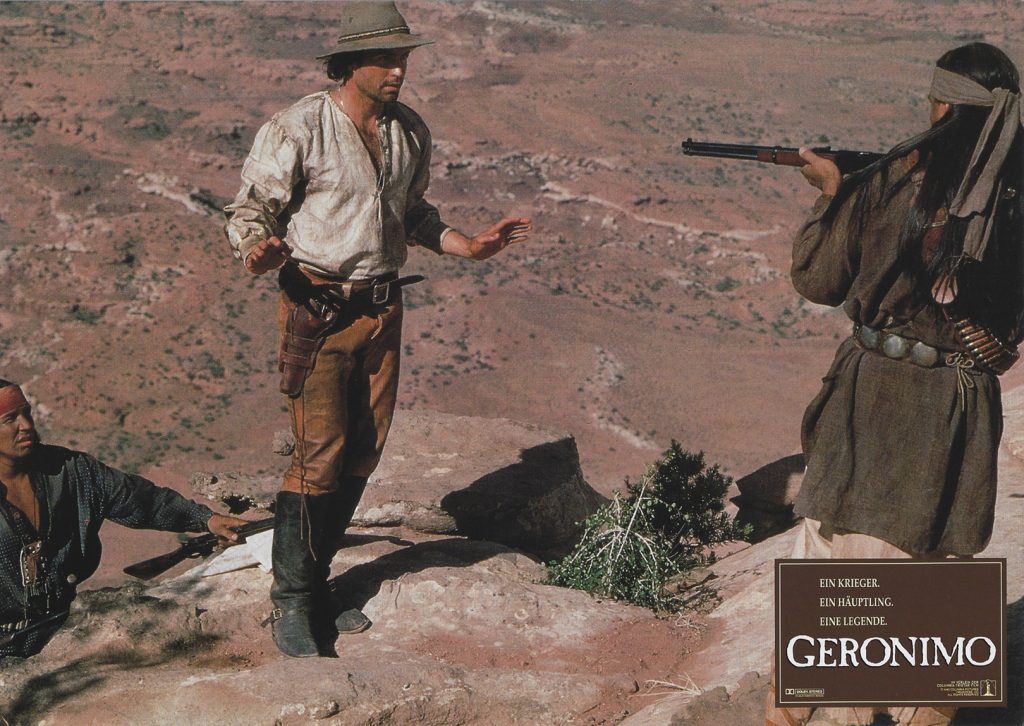
Gatewood (Jason Patric) reaches the top of the mountain at the bend of Río Bapispe in Sonora, Mexico, to meet Geronimo in Geronimo: An American Legend (another German lobby card). A bunch of problems here, including everyone that accompanied Gatewood into Mexico weren’t in the film, Naiche wasn’t in it, and the meeting took place near a bend in the river where there was trees, shade, and water. (Louis Kraft personal collection)
LK: First Lieutenant Charles Gatewood (Sixth U.S. Cavalry) convinced Naiche (the last hereditary Chiricahua chief), Geronimo, and the remnants of their people still with them in Mexico to return to the United States and surrender in fall 1886. He was known as a (General George) “Crook man” as he had served under him, but they had a huge falling out in 1884. At that time Gatewood, who had been a commander of Apache scouts, was in charge of the White Mountain Indian Reservation, headquartered at Fort Apache, Arizona Territory. That year Arizona Territorial Judge Francis M. Zuck defrauded Gatewood’s wards (the White Mountain Apaches), and the lieutenant arrested him. The judge was outraged. Crook agreed with Zuck, and ordered Gatewood to drop the charges. Gatewood refused. When the trial began, the presiding judge dismissed the case on a technicality: Zuck was a judge and should be in his own district presiding over his court. Zuck immediately arrested Gatewood for felonious false arrest. Gatewood appealed to Crook, who turned his back on him. When Gatewood’s trial began, the presiding judge tossed out the case, as the arrest of Zuck had taken place on an Indian reservation and U.S. courts had no jurisdiction on Indian land. For all intensive purposes this destroyed what had been a good working relationship between Gatewood and Crook.
In March 1886 Geronimo and those with him appeared at Cañon de los Embudos, Sonora, to speak with Crook (Gatewood wasn’t present). On the 25th Geronimo told the general why he left the reservation in 1885 (he thought that he would be murdered), of wanting peace, while unhappy with newspapers stating that he should be hanged. He wanted his actions deleted. While he spoke Crook refused to look at him; this angered Geronimo. When Crook did speak, he called Geronimo a liar.
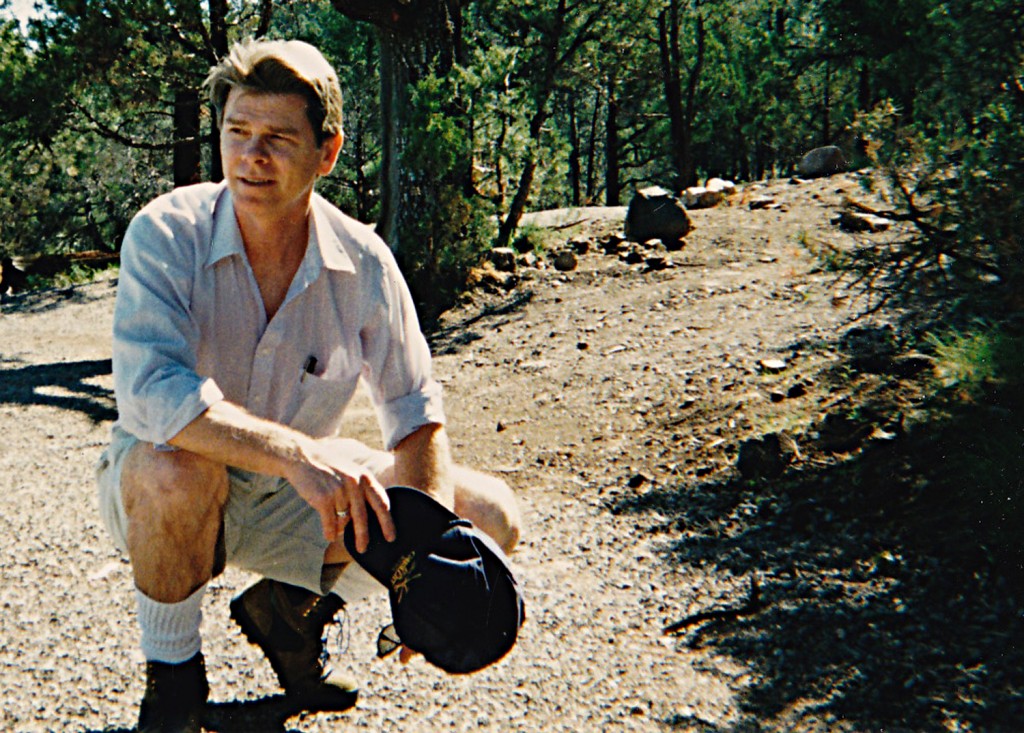
LK tracking Gatewood and Geronimo in Arizona and New Mexico (23jul1996). My daughter Marissa took this image. I can’t begin to count all the trips that we have made together over the years. Good times. (photo Louis & Marissa Kraft 1996)
The following morning Geronimo told Crook that he, Naiche, and the others wanted to return to the White Mountains as they had in 1883. Crook refused; they had to spend two years in Florida. After agreeing to surrender and return to the States, and at a camp while traveling northward, Geronimo, Naiche, and some of their followers feared being killed. In the wee hours they vanished into the night.
Crook had failed and was soon gone and Miles now commanded the mop-up operation of the Chiricahua Apaches that had refused to surrender. Many troops patrolled the U.S.-Mexico border, while others from the Fourth U.S. Cavalry were in Mexico hunting the warring Indians (less than 40 men, women, and children) with one goal—to kill them. Many of these officers would win Medals of Honor for their actions. Not Gatewood, who was ill when Miles summoned him to his headquarters in July 1886 and ordered him to find Geronimo in Mexico and get him to surrender.
Gatewood wasn’t part of Miles’s campaign of capturing and destroying the warring Apaches, but the first lieutenant would pull off an impossible task while the Fourth Cavalry continued to hunt the Apaches. After talking Geronimo and Naiche into returning to the USA and ending the current Apache war, he did everything possible to get them back to the United States. This was not an easy task as both the Mexican authorities and the U.S. troops wanted them dead. This included convincing Geronimo to meet with Jesus Aguirre, the prefect who commanded the Sonoran district of Arispe (headquartered at Fronteras, Mexico), and defusing an attempt by two officers in the Fourth U.S. Cavalry (Surgeon Leonard Wood and First Lieutenant Abiel Smith) that plotted to kill Geronimo. For more on this see Gatewood & Geronimo (University of New Mexico Press, 2000) and Lt. Charles Gatewood & His Apache Wars Memoir (University of Nebraska Press, 2005). Gatewood was a first lieutenant in 1886; he was still a first lieutenant when he died in 1896, while many of Miles’s officers (captains and lieutenants) in Mexico that summer and fall of 1886 were colonels and generals when they retired or died. Miles totally wrote Gatewood out of the last Apache war. To quickly get an idea of Gatewood’s contribution to what happened in Mexico in late summer-early fall 1886 see a talk that I gave at an Order of the Indian Wars Geronimo symposium in Tucson on September 26, 2013: “Gatewood’s Assignment: Geronimo” (on YouTube, https://www.youtube.com/watch?v=F3AaI2l8J6I).
TE: What is next for Louis Kraft?
LK: My next nonfiction book is Errol & Olivia, which deals with the life and times of actors Errol Flynn and Olivia de Havilland during their time at Warner Bros. in the 1930s and 1940s. Between 1935 and 1941 they made eight films together, and their onscreen chemistry was real and vibrant. Three of their films were westerns: Dodge City (1939), Santa Fe Trail (1940), and They Died with Their Boots On. (By the way, I talked about Flynn, de Havilland, and the Santa Fe Trail in Scottsdale, Arizona, in 2005. Afterward I realized how important this talk was to my upcoming manuscript, and have never again shared this information. Luckily the talk wasn’t filmed.) Surprisingly Errol and Olivia seldom had any personal contact except on their film sets. There were many reasons for this, and much of what has been printed about their relationship is false. Shockingly some of the untruths have been reprinted so often that they are no longer cited and worse, accepted as fact.
As stated above I discovered Errol Flynn while in elementary school, and he has remained with me all these years. Luckily in Los Angeles Flynn’s films still play in movie theaters (although not in 2020 due to the theaters being shut down). Without realizing what I was doing I began researching Flynn at an early age. At first just for myself, but in the early 1990s I began thinking about writing a book about him. This led to the articles and talks.
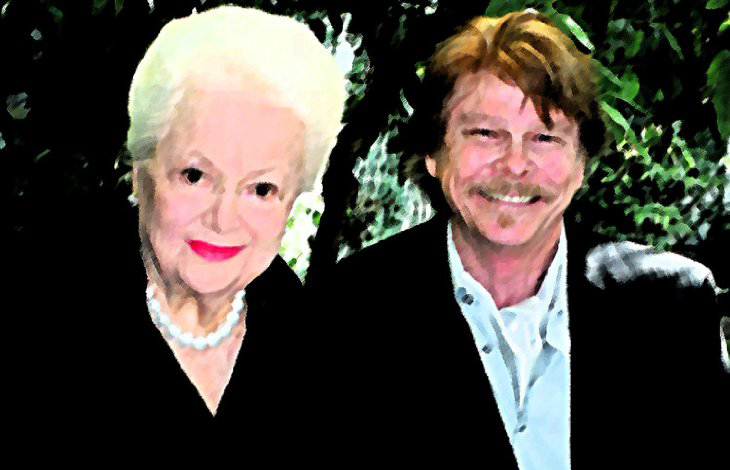
Art based upon a photo of Olivia de Havilland and LK at her Paris, France, home in July 2009. It is in the Louis Kraft Collection. (art © Louis Kraft 2013)
In 1995 professor, historian, and friend Eric Niderost knew of my Flynn project and shared Olivia’s address in Paris, France. I wrote her once, twice, and perhaps three times with no response to questions about Flynn. This obviously wasn’t working, so I turned on my charm and began sending her Christmas and birthday cards, gifts (mostly my books and articles), and another letter dealing with an article that would soon be printed that dealt with They Died with Their Boots On, which as it turned out would be the last film they made together although neither knew this at that time. She did reply to this letter, but too late for that article. … Everything changed for the better when I sent her a hardbound copy of Gatewood & Geronimo in 2000. She liked the book and my approach to the Flynn manuscript, and answered quite a number of questions I had sent her in 1999. This opened a floodgate that led to her inviting me to visit her at her Paris home to interview her (first in 2004 and again in 2009), and to her big 2006 shindig at the Academy of Motion Picture Arts & Sciences in Beverly Hills, California, when the Academy honored her and her film career. It has included roughly twenty-plus years of correspondence, and this influenced me on how I would move forward.
I believe that it was sometime in 2002 that my Flynn book became a story of two people over the course of roughly 15 years—that is Errol & Olivia. Over the last 25 years I have accumulated a massive amount of primary source material. Los Angeles is a goldmine for those who write about the Golden Age of the Cinema, and for me the center-point is the USC Warner Bros. Archives. For the record, I’m approaching this book just as I have with all my nonfiction Indian wars books.
Another heart surgery
What follows could be a book, and I have been struggling to cut it to pieces. I think it is best to lead with a sentence or two, maybe a short paragraph of 2016-2017, and then focus on the most recent.
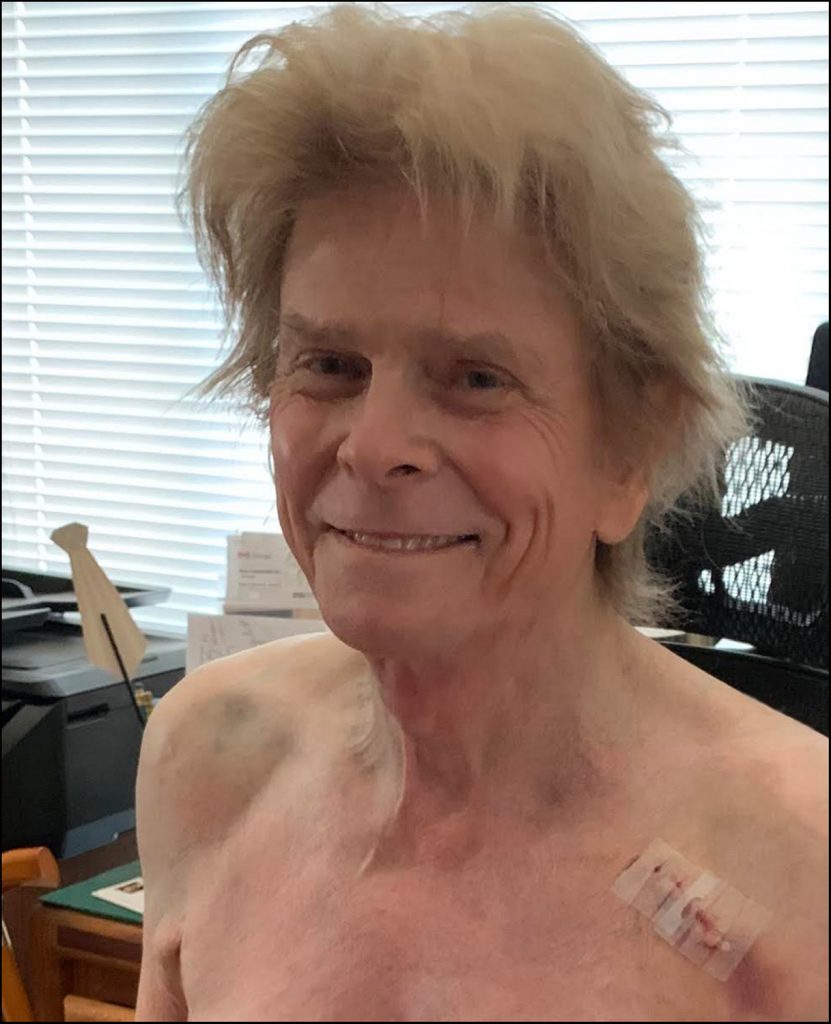
As soon as Carlos Castillo, who is a key part of Pailin’s and my small family in the USA, got me home from Providence Saint Joseph Medical Center in Burbank, Ca., Pailin helped me get out of my clothes so that she could take this photo (which has been cropped). Although you can’t see it in this image there were three locations on my left arm and one on my right that were set up to handle multiple needles and drains. Also there were also a number of patches that the hospital didn’t bother to remove. … In 2017 Pailin had taken a similar photo. It, also, was cropped, but only as I didn’t want to shock you, for in that photo I was au naturel. For the record there will never be a nude photo on these blogs. I’m not a prude, but they simply don’t belong here. (photo © Pailin Kraft & Louis Kraft 2020)
I have had some health problems (an understatement), but I’m alive. I should have died in 2003, 2006, 2017, and this year. … I really don’t want to talk about the past now, but I also don’t want to leave you hanging. Long story very short. I’ve had two procedures and two operations this year. When I awoke from the first operation in March, my heart surgeon and a technician from Boston Scientific, the company that manufactured the pacemaker that saved my life in 2017, were monitoring my heart and pacemaker. My surgeon confirmed information that I already knew, mainly that a lead had separated from the lower right ventricle of my heart. Originally the pacemaker was supposed to last 13½ years. By fall of 2019 the pacemaker was down to 4½ years of life. My heart surgeon told me that this was no longer so, for the pacemaker now moved toward the end of life. There was a good chance that it wouldn’t make it until the end of the year. He also told me that the loose lead had punctured my heart, and that the pacemaker no longer functioned properly. He told me that I needed to replace the pacemaker when I had healed from the March surgery (that is, in mid-June). One problem, the coronavirus made elective surgeries no longer possible in Los Angeles. All my heart appointments in March, April, May, and June were canceled. This changed in mid-June. My pacemaker is monitored whenever I’m home 24/7 by a Boston Scientific Latitude device that sits next to my computer. What was happening during the March surgery was now constant and my heart rate was rarely above 40. When I met my heart surgeon on June 23 he told me I needed the surgery ASAP, but that he couldn’t perform this operation. He recommended the best surgeon for the task in LA. I met with him a little over a week later, and we discussed my X-rays on two computers, he informed me of all that could happen (negative and positive), and that he wouldn’t know how to proceed until he cut me open on the day of the surgery. He then asked if I wanted to proceed. “Yes, I want your next available time.” The surgery was on July 10, and there were problems but I didn’t learn about them until August 4 when we met for a post-OP examination and he gave me the official surgical report. This said, the surgery was successful. I again have a new life.
| To repeat part of the interview: When wild cats, possums, or rats see me at night, it is as I am the Devil staring at them and they run like hell. We have mountain lions (my favorite animal) and coyotes pass by at times. If I show my face I hope that they don’t run but allow me to talk to them. |
They say a photo is worth a thousand words
The year of 2020 has been one of the COVID-19 pandemic; massive unemployment and the drastic loss of savings; outrage over systemic racial prejudice that is fueled by white supremacists; debunked and yet widespread conspiracy theories; and the continuation of horrific climate change. The United States as I and perhaps you once thought we knew it is coming to an end. Granted much of what is happening today is simply a continuation of what has been ongoing for a long time. A good part of what is now is on us, and I’m talking about human beings; that is I’m talking about me, you, and everyone else on earth. We’re all people regardless of our race, color, religion, or if we are rich or poor. We need to work together and not for our specific agendas. Our leaders must work to bring all of the countries together and not work at destroying relationships and creating enemies. Our local leaders must work to eliminate the huge and growing gap between the haves and the have-nots; they must work at eliminating homelessness and not just talking about it and raising taxes; they must stamp out the ongoing violence that is most often directed African Americans and people of Hispanic decent. Supposedly our country is the land of the free. Well I’ve got to tell you that today this is little more than a bad joke, for it is the land of the rich, and more specifically it is the land of the white rich and to hell with everyone else.

This photo of No. Hollywood, Calif., was taken from Burbank, the city that borders it from the east-southeast by Kent Nishimura of the Los Angeles Times on 4jul2020 (and printed in the California Section of The Times on the 6th, pB5). For those of you who aren’t aware of it, fireworks are totally illegal in Los Angeles County, and can only shot off at events in parks, country clubs, or at large locations such as Universal Studios Hollywood or Dodger Stadium, and then only with permits. On this July 4th there were no fireworks at parks, clubs, Dodger Stadium, and so on because of the ongoing fire season that had been raising havoc since May. Every explosion you see in this image was totally illegal. The Times reported on July 6 that “L.A. firefighters responded to thousands of emergency calls.” I live in No. Hollywood and the joke here has always been that the LAPD takes the evening off (The Times also reported that supposedly over 300 police officers called in sick that day/night). I live about a mile and a quarter from the closest fire station in No. Hollywood and about a mile and a half from the closest police station. Every year Pailin and I are surrounded by illegal fireworks that last deep into the wee hours, and the following morning I clean up all the burnt-up debris in our yard. Now here’s the kicker (and this is not news in No. Hollywood), on this year’s July 4 evening I did not see or hear one fire or law enforcement vehicle. (photo © Los Angeles Times 2020)
Regarding my thoughts on the illegal fireworks as California burns or all of my concern (whining to conspiracy aficionados) in the previous paragraph, it’s on us. Our country is a mess. It’s none of my business how you vote. This said, how are you doing; are you unemployed; can you pay all of your bills or are you living on credit or out of the bank; are you fearful of becoming homeless; how do you feel about your neighbors who are people just like you and me but are being murdered and under attack because their language, religion, or color is different; how many people do you know that have died from COVID-19; have you been affected by climate change? Dig into your soul, your humanity, and make a choice: is today’s world the one you want … or not? Follow your conscience and vote for what you know in your heart is right.
Oh, for the record, Pailin and I earn about 40 percent of what we earned last February.


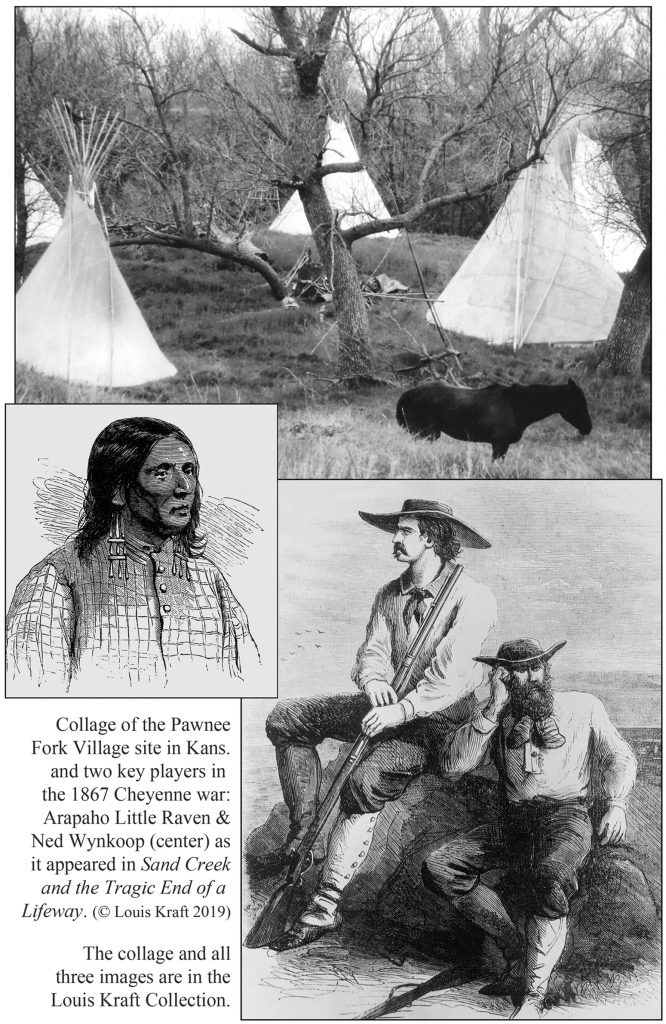

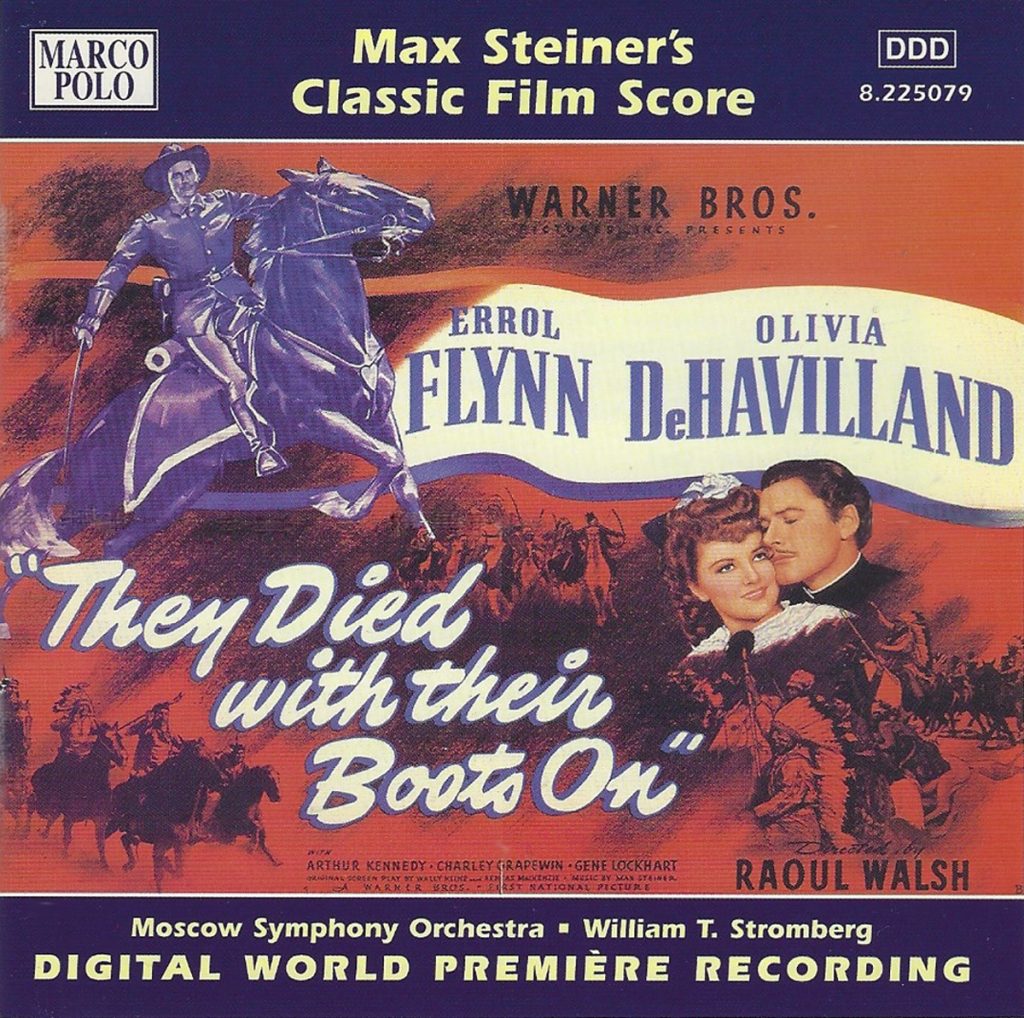
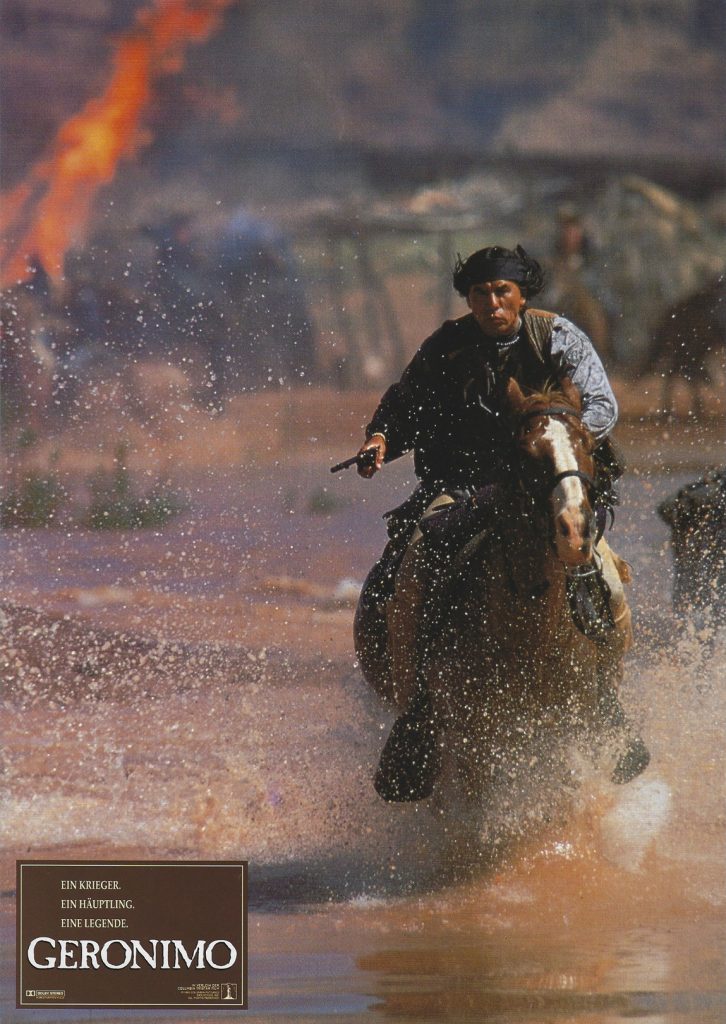

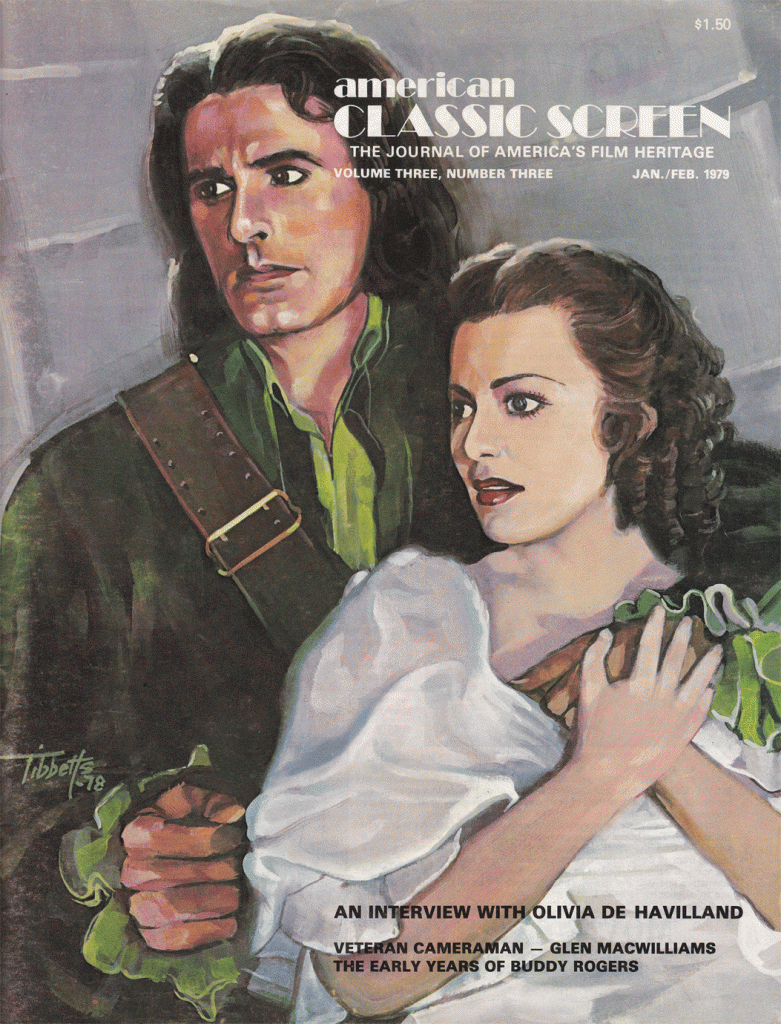

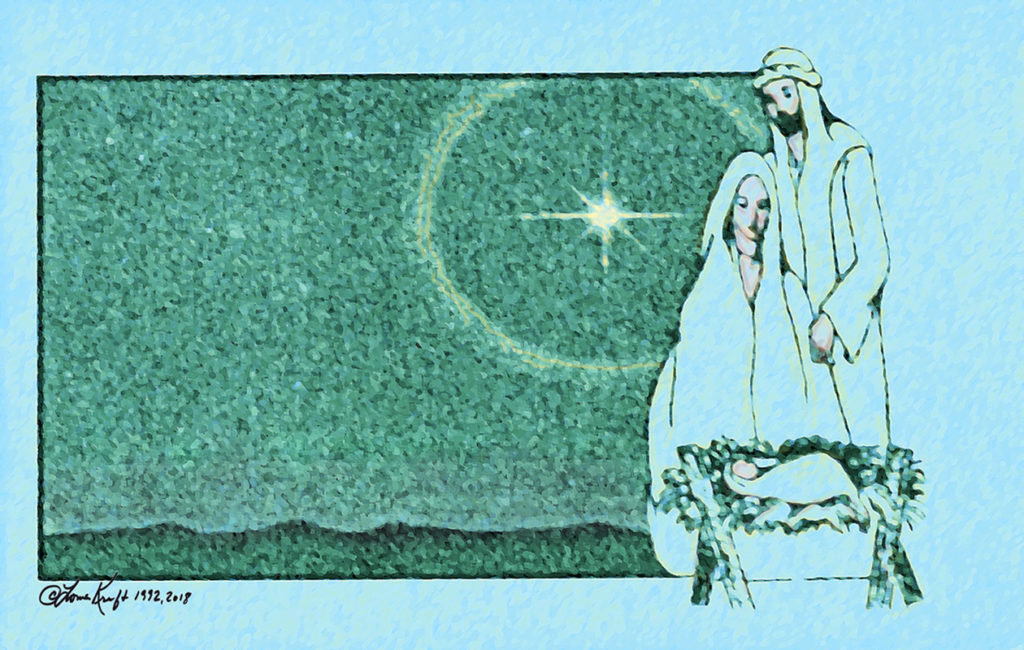
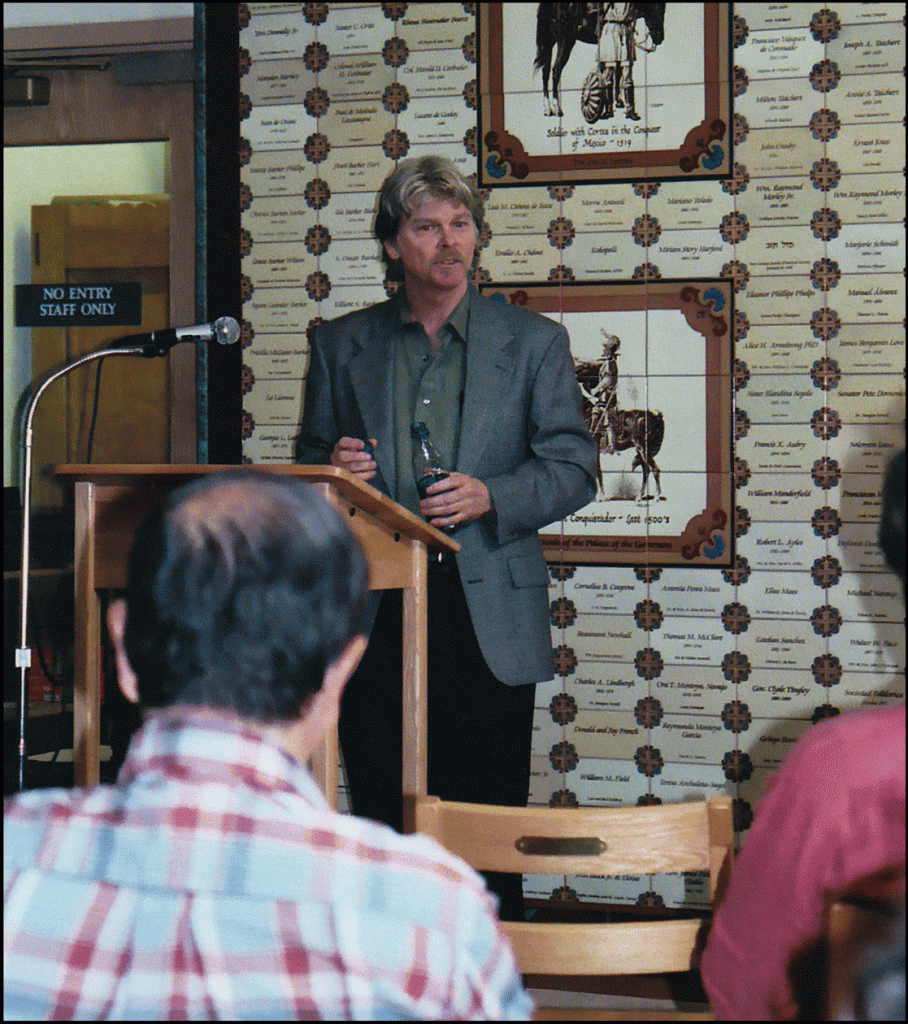
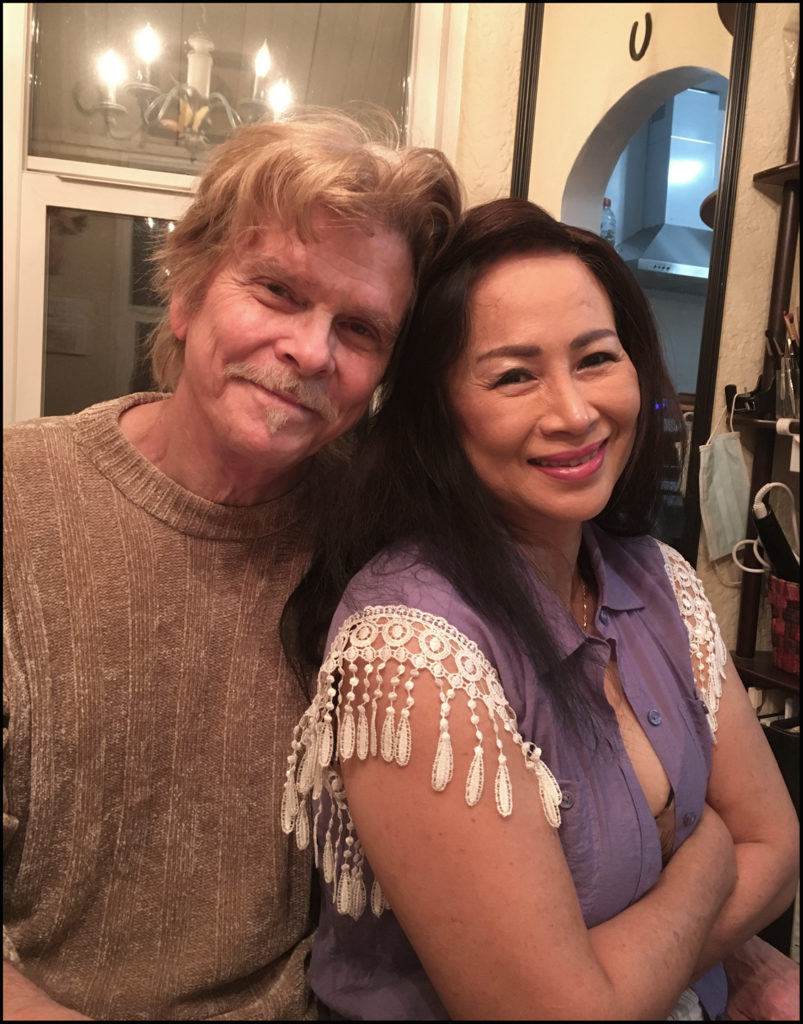
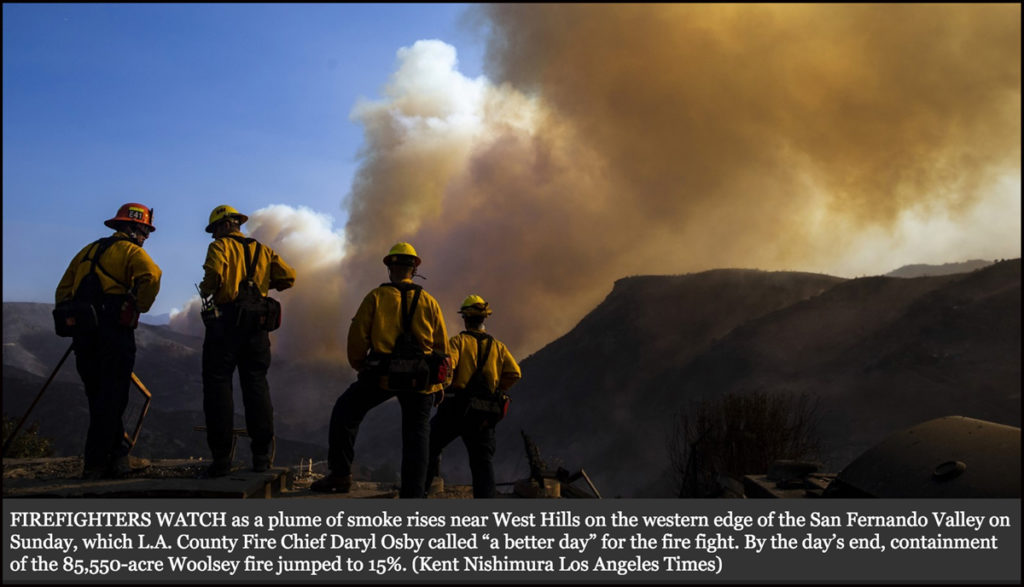
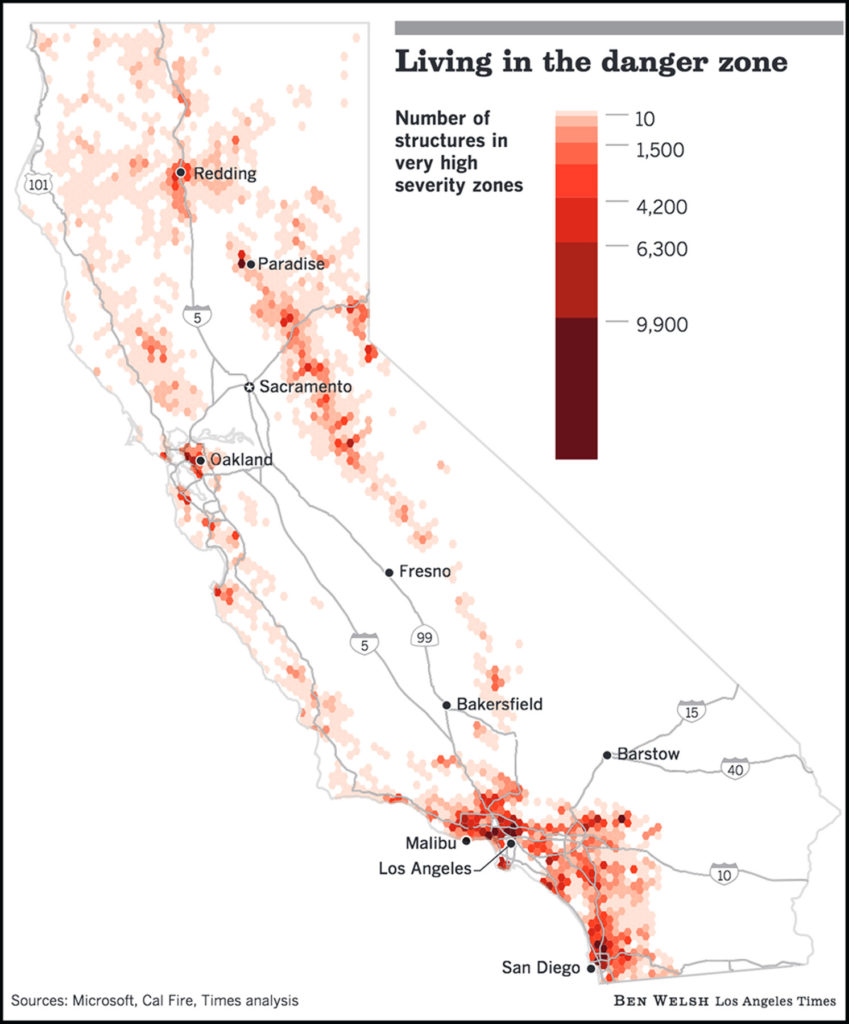 The nightmare is ongoing. A study just released pointed out that over 1.1 million buildings are at fire risk in California, according to the Los Angeles Times (“A million buildings facing fire risk stir cries for action,” 22dec2018; see the map at left and drag it onto your desktop to expand it), that is “roughly 1 in 10 buildings.” The largest number of these buildings are in Los Angeles County: 114,000, “including tens of thousands of Westside and San Fernando Valley houses in the Santa Monica, Santa Susana and San Gabriel mountains”. … The Times went on to state: “The findings follow a fire season of unprecedented destruction—more than 20,000 homes lost, more than 100 people killed—that showed what damage can be done if Californians fail to address a widespread risk.”
The nightmare is ongoing. A study just released pointed out that over 1.1 million buildings are at fire risk in California, according to the Los Angeles Times (“A million buildings facing fire risk stir cries for action,” 22dec2018; see the map at left and drag it onto your desktop to expand it), that is “roughly 1 in 10 buildings.” The largest number of these buildings are in Los Angeles County: 114,000, “including tens of thousands of Westside and San Fernando Valley houses in the Santa Monica, Santa Susana and San Gabriel mountains”. … The Times went on to state: “The findings follow a fire season of unprecedented destruction—more than 20,000 homes lost, more than 100 people killed—that showed what damage can be done if Californians fail to address a widespread risk.”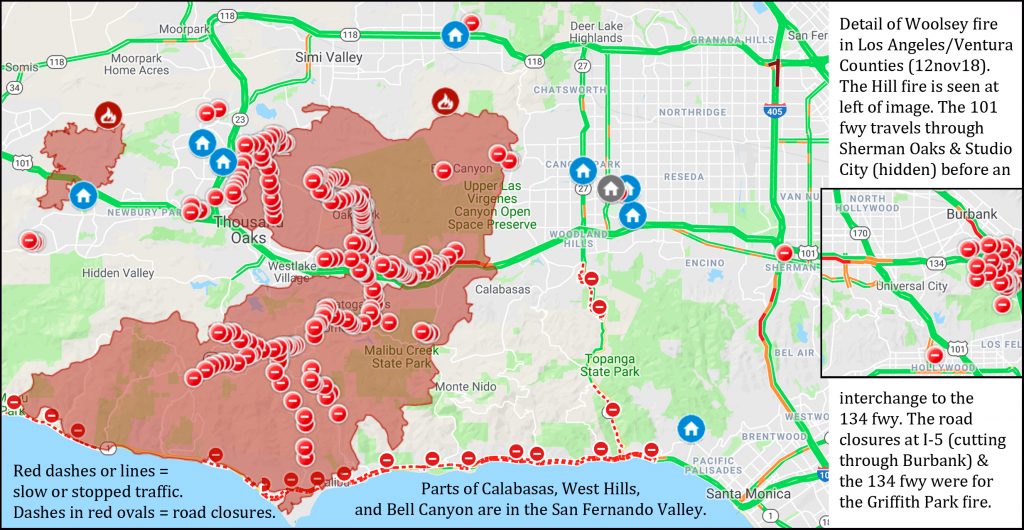
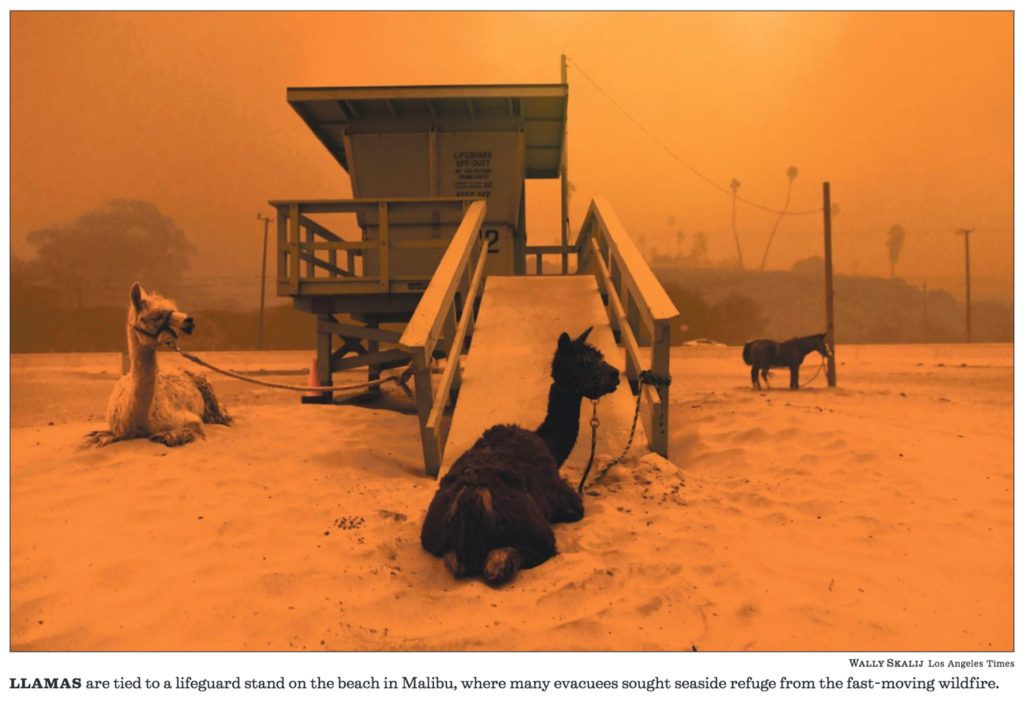
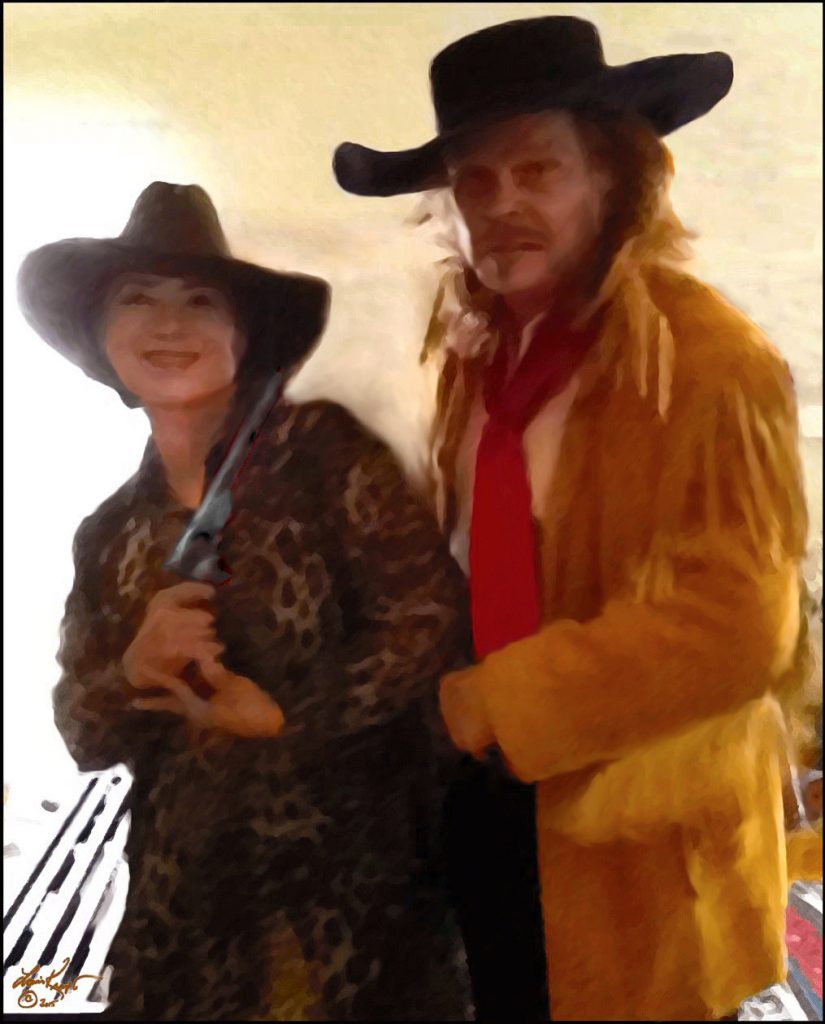
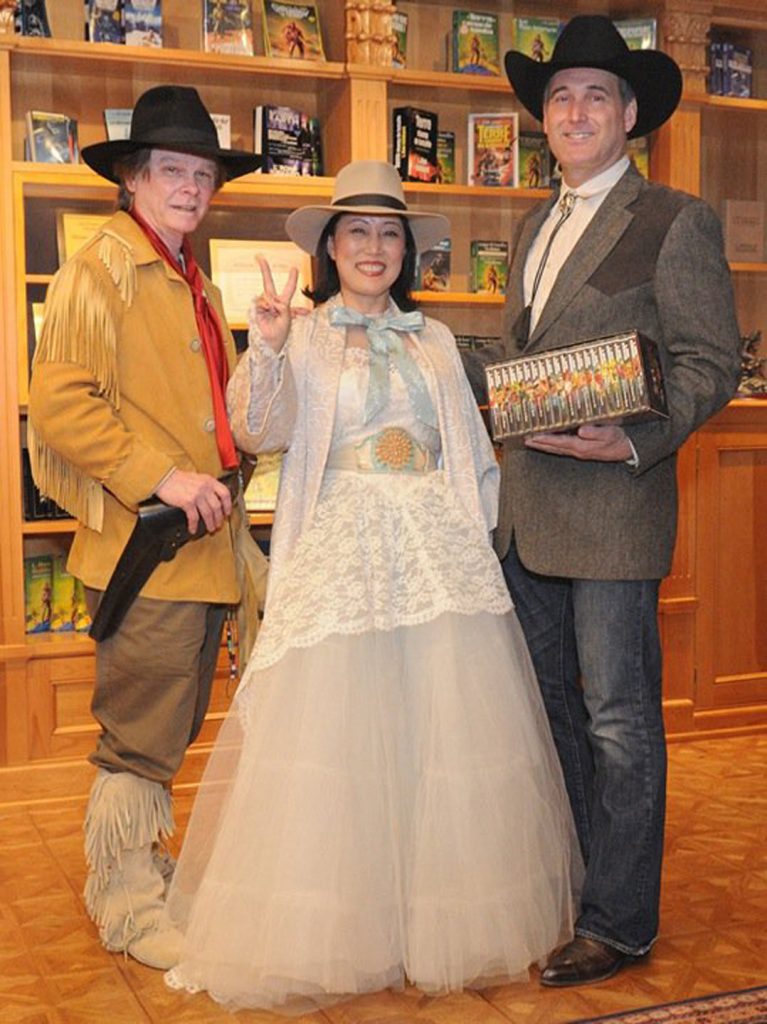
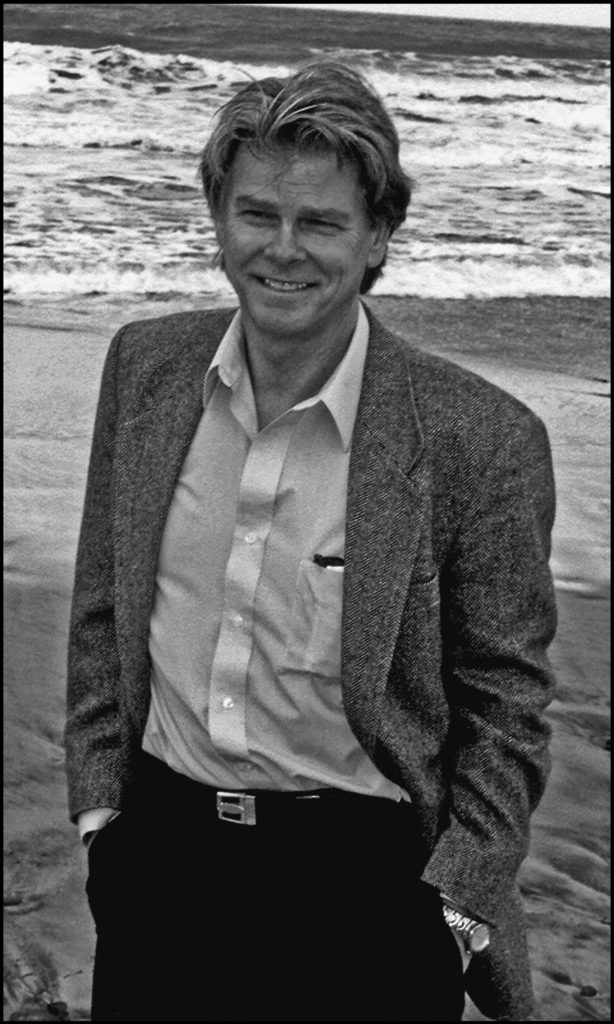
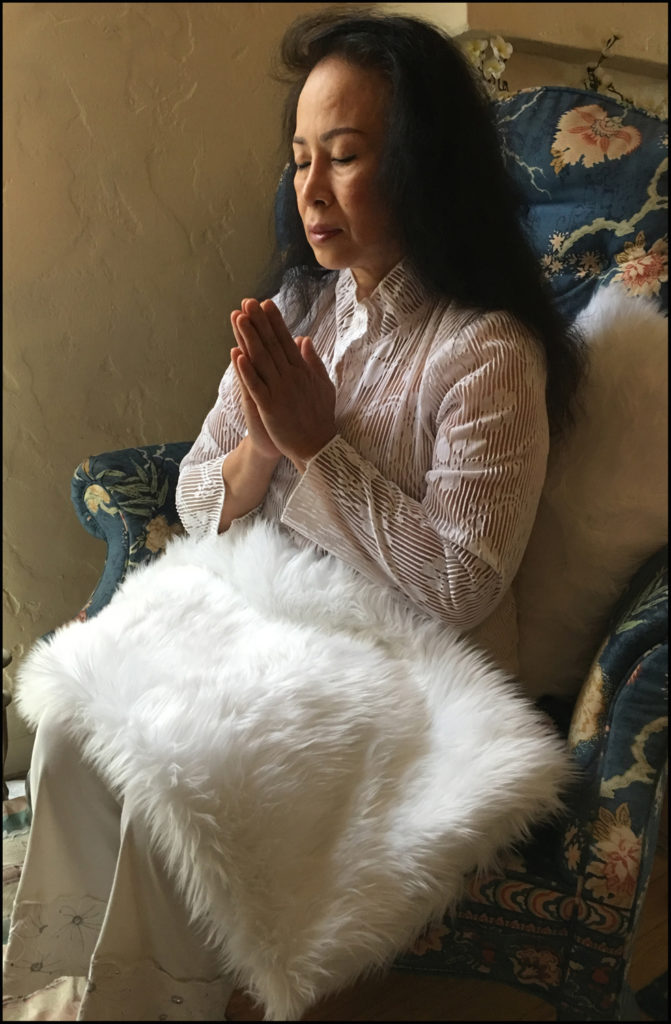
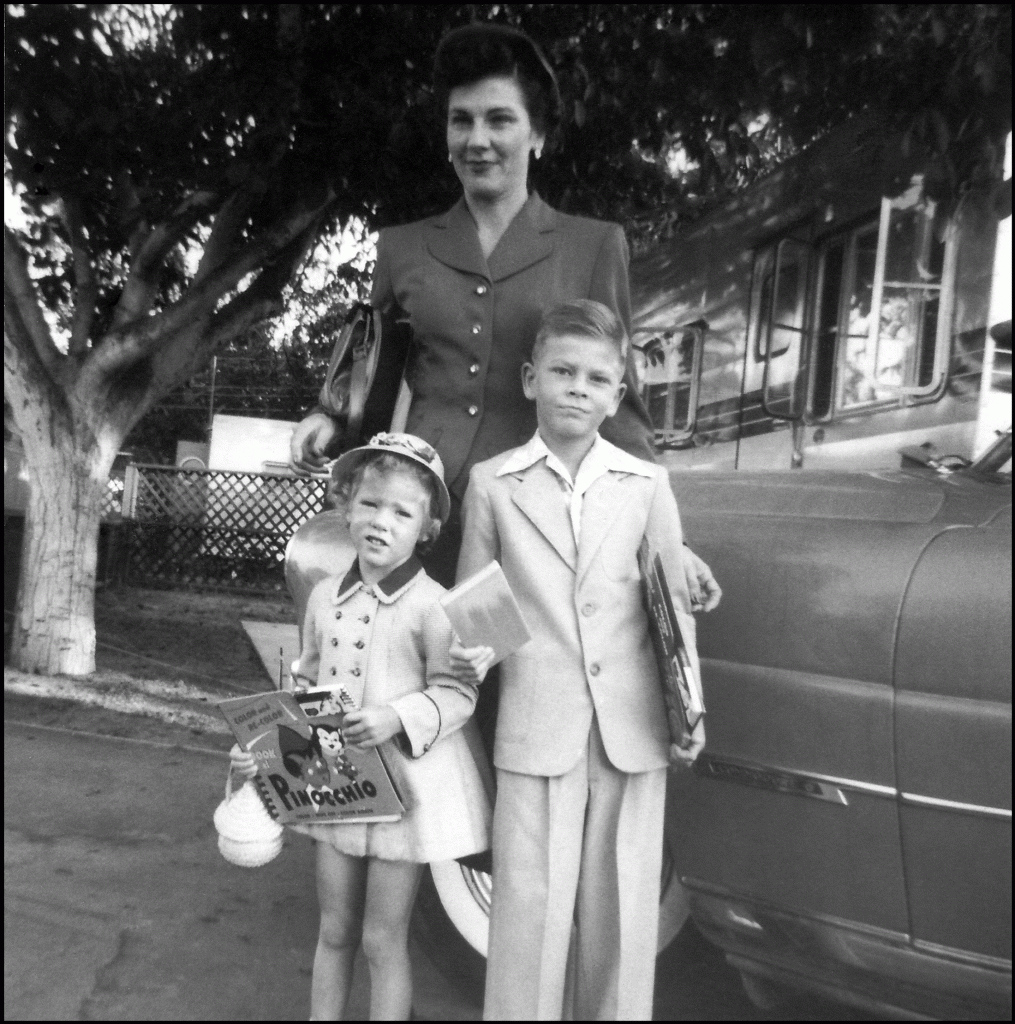
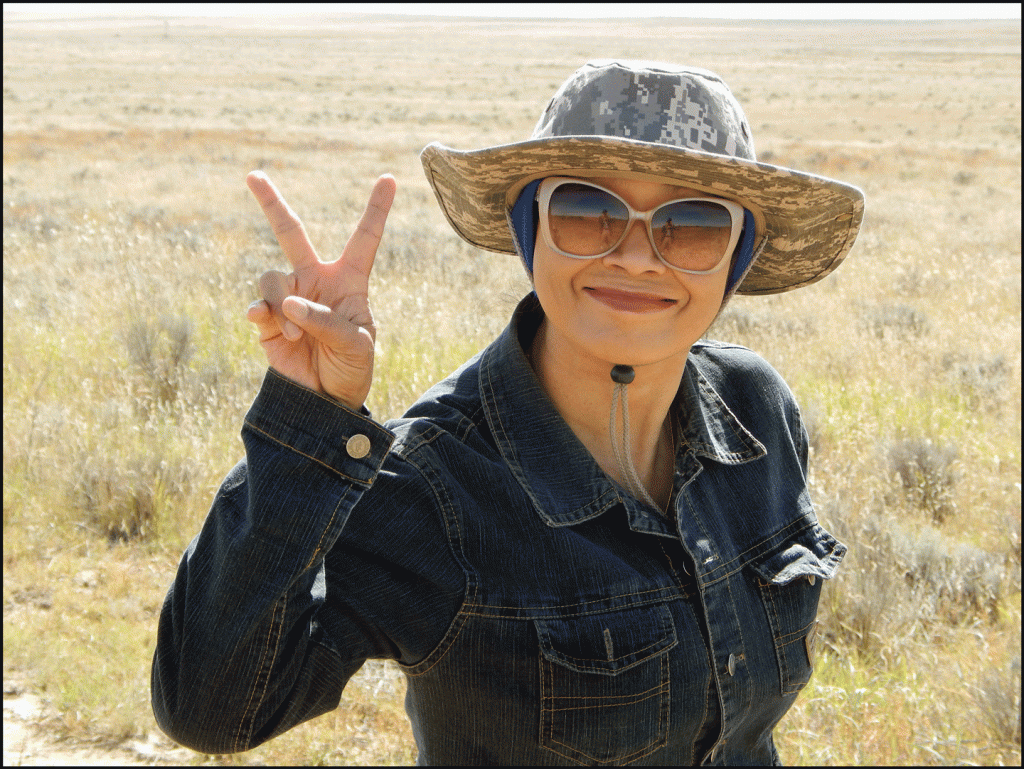
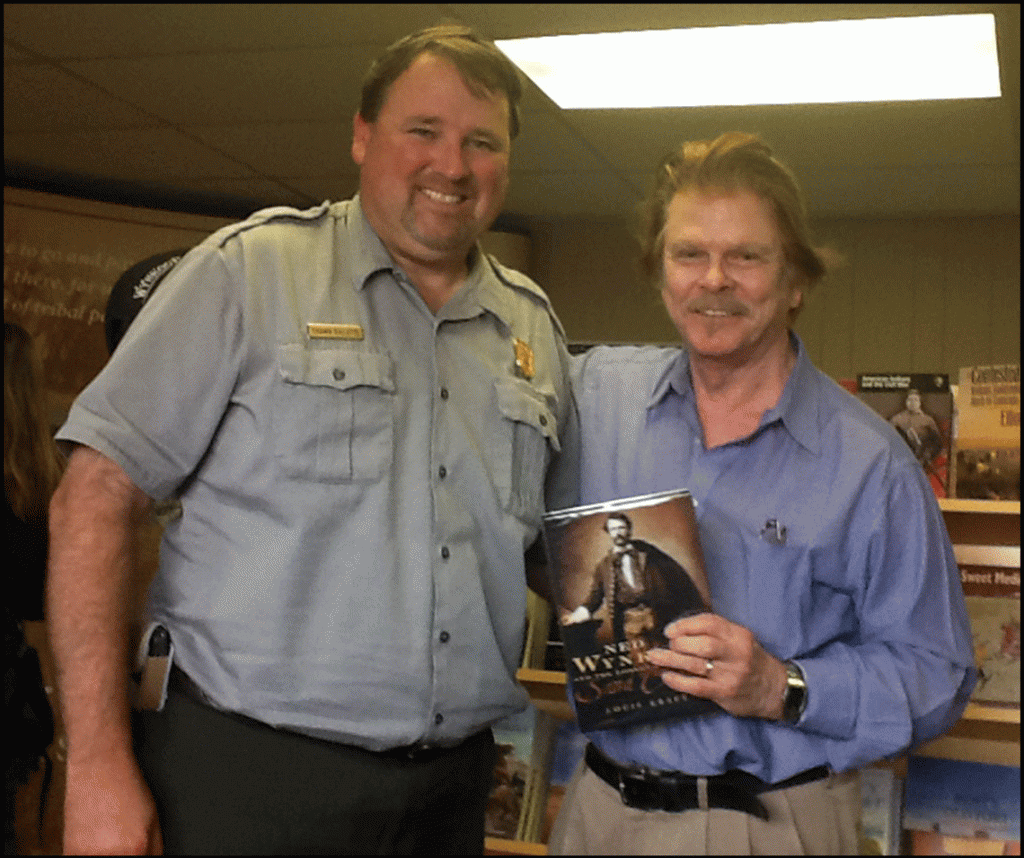
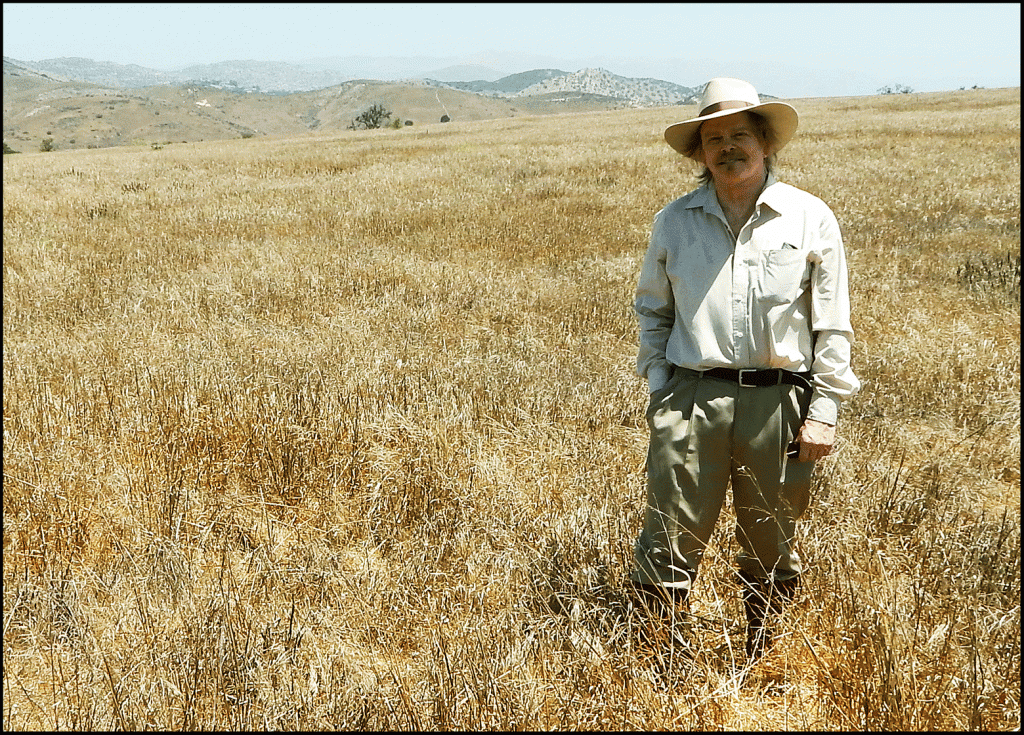
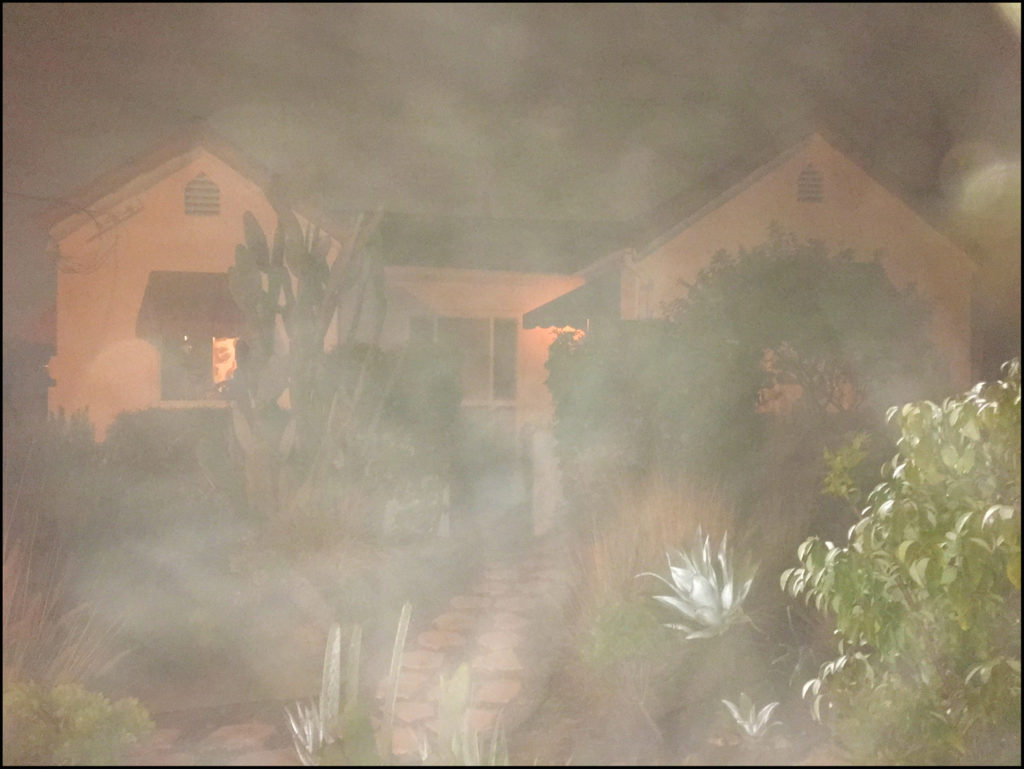

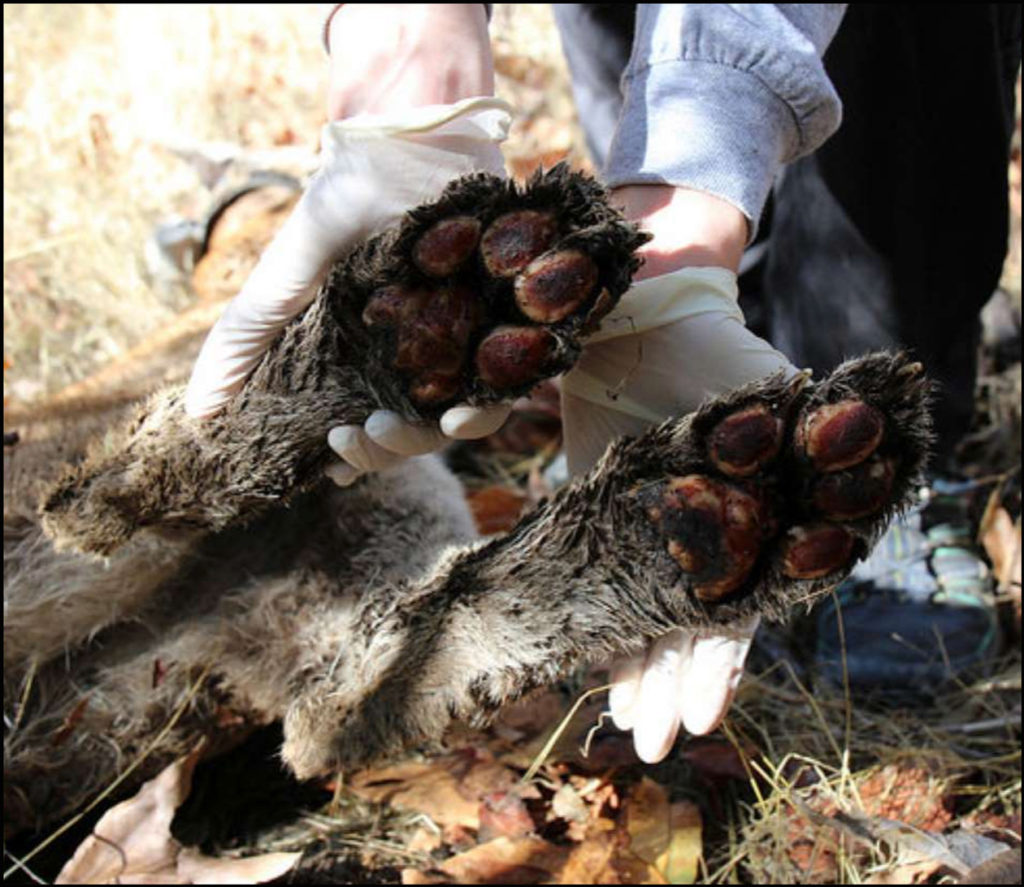
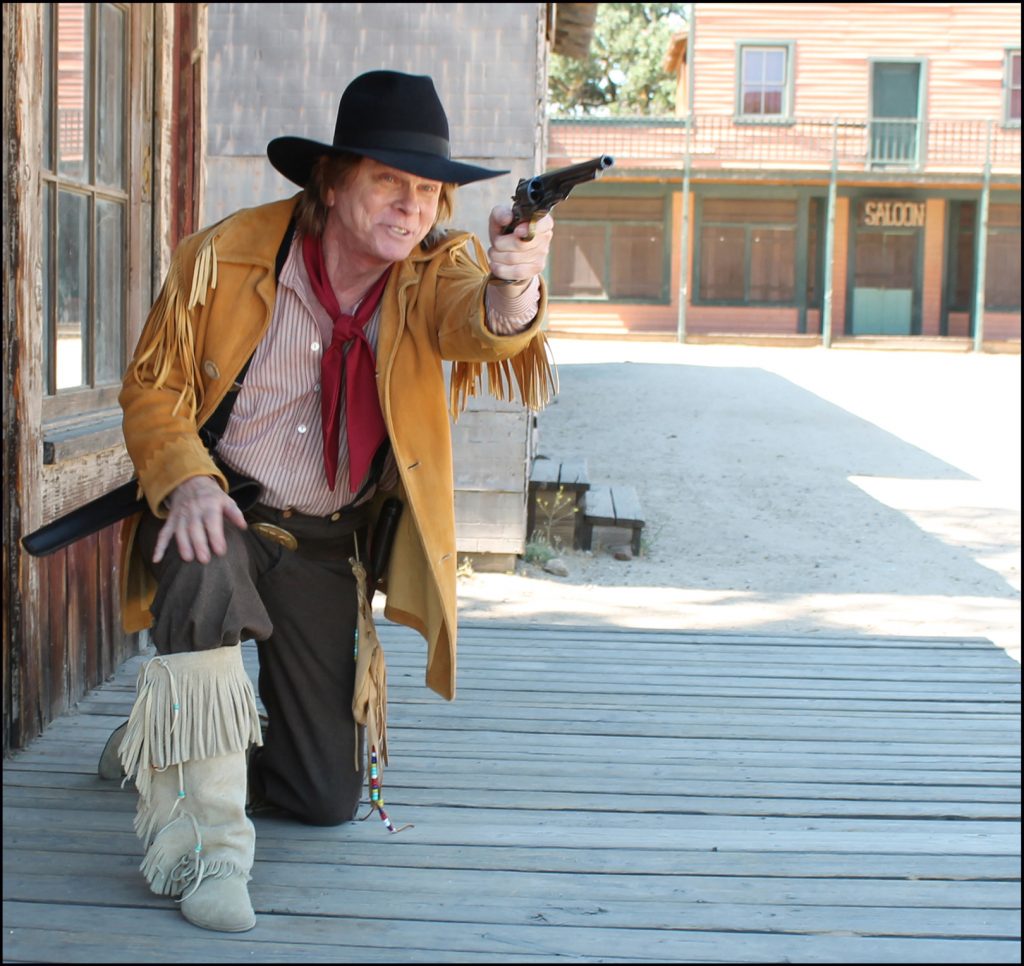
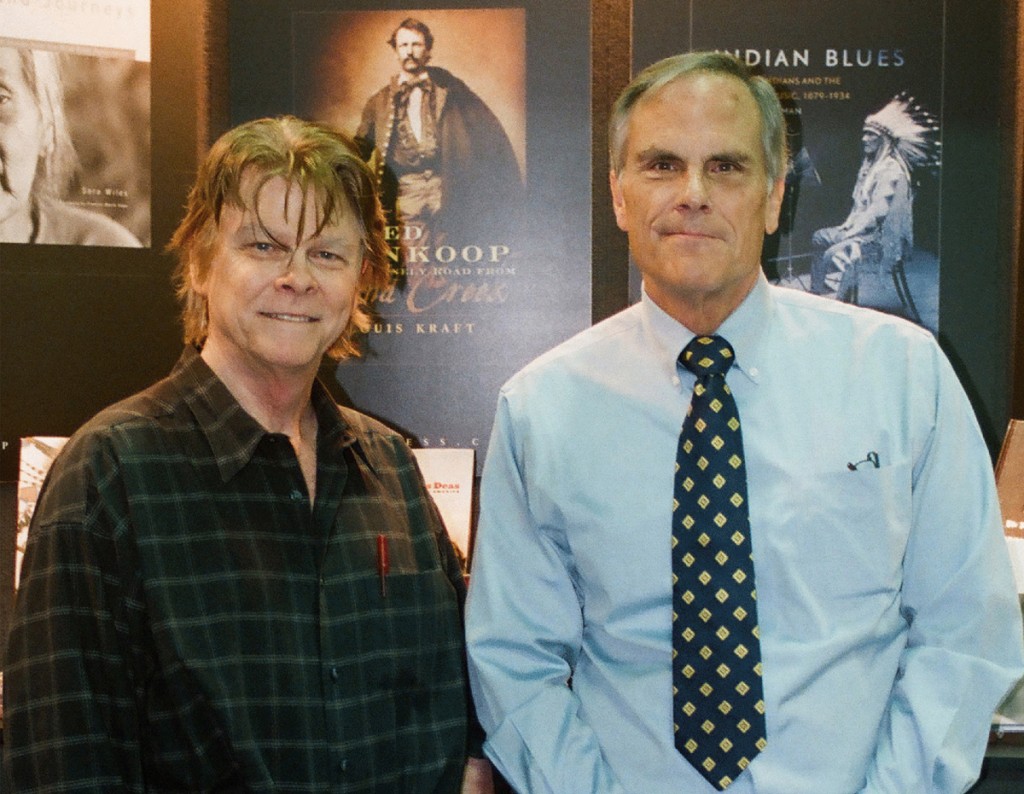
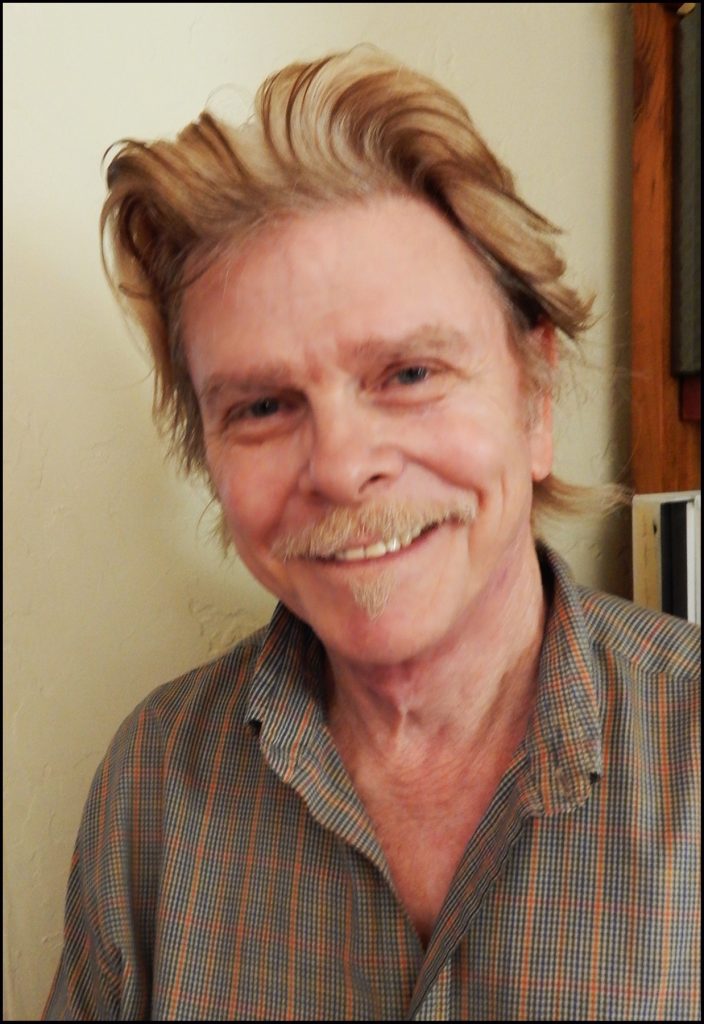
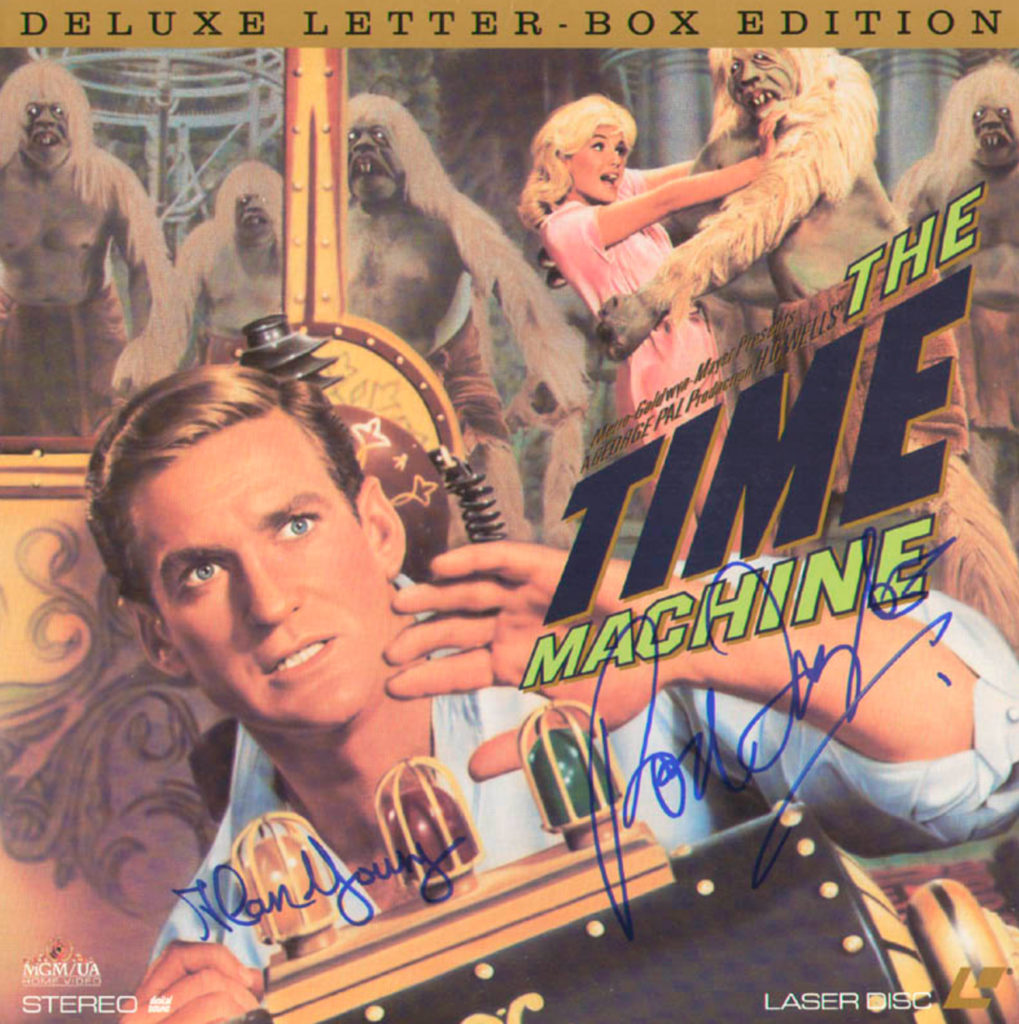
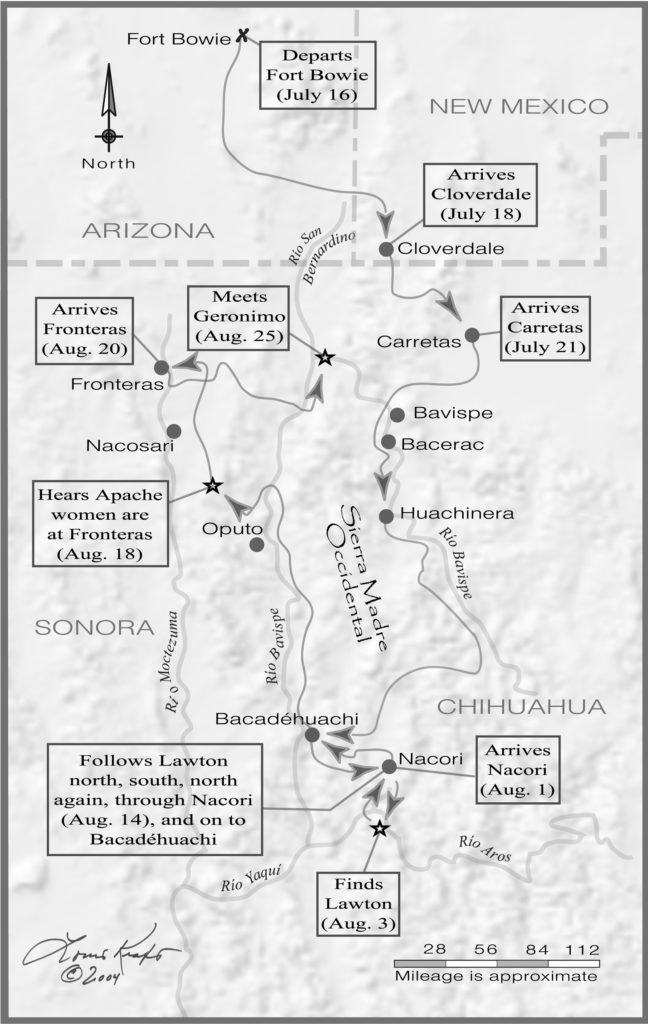
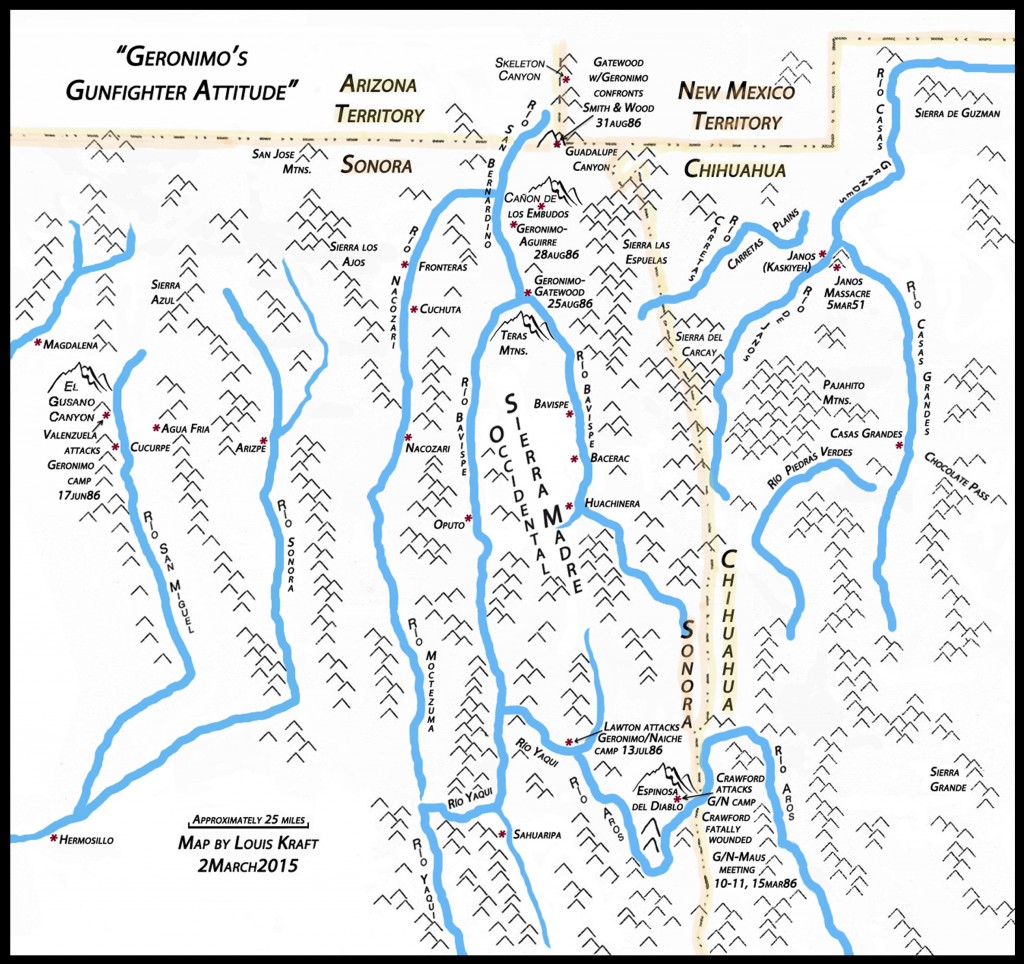
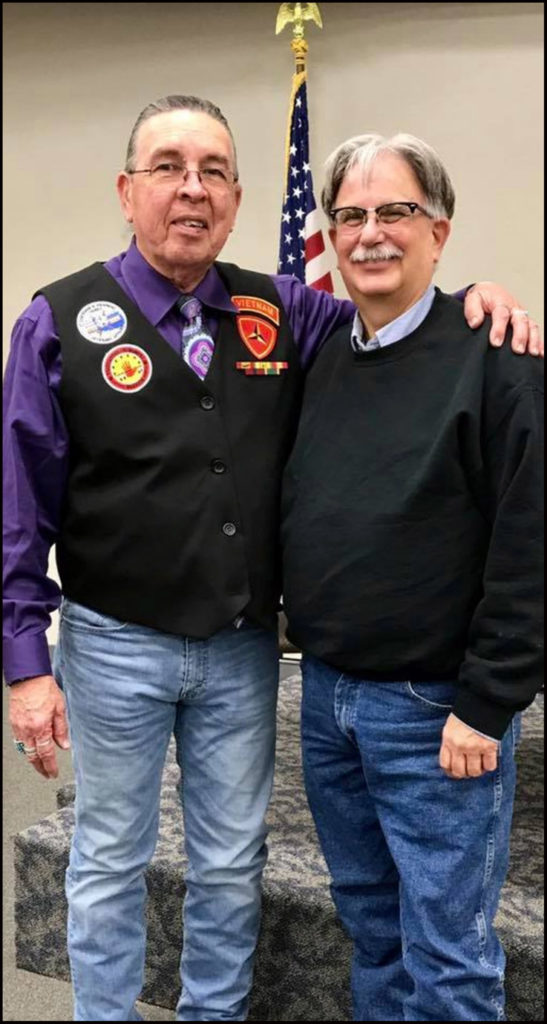
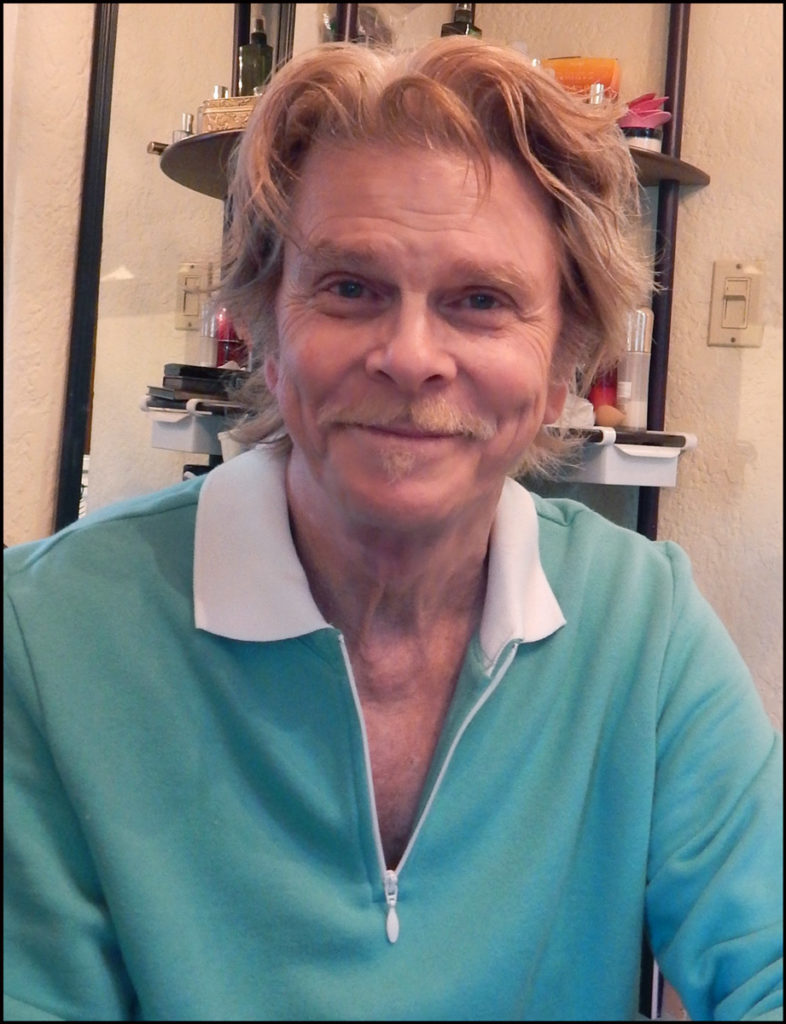
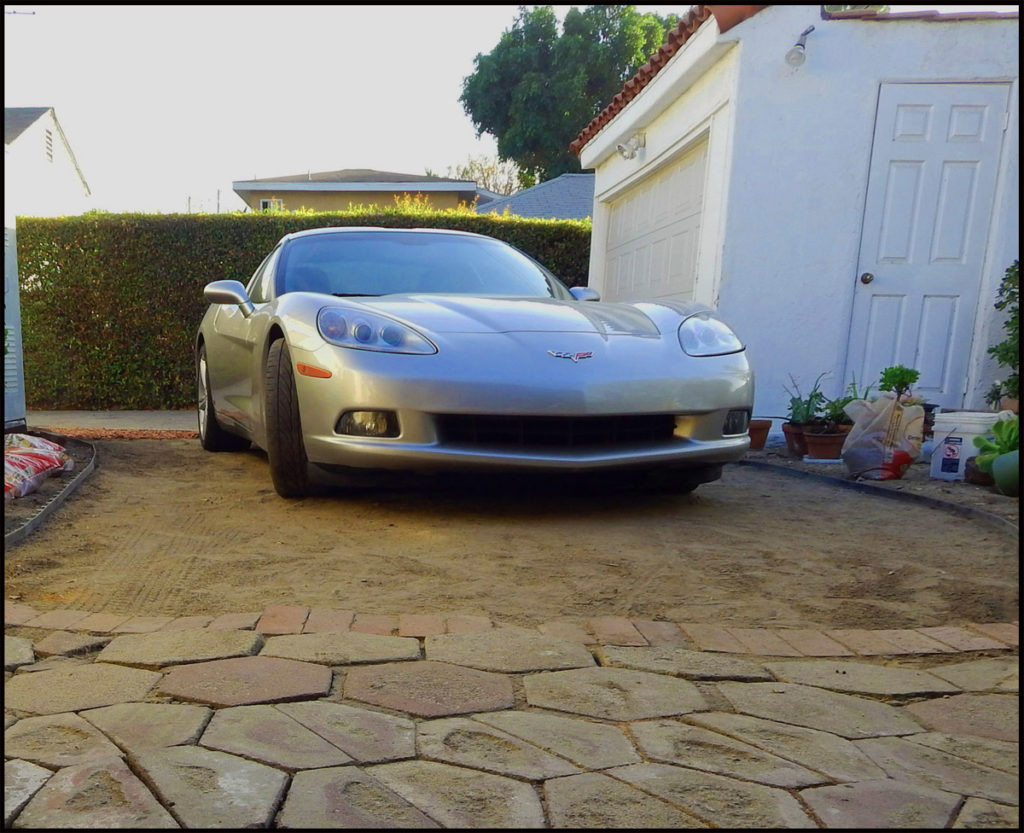
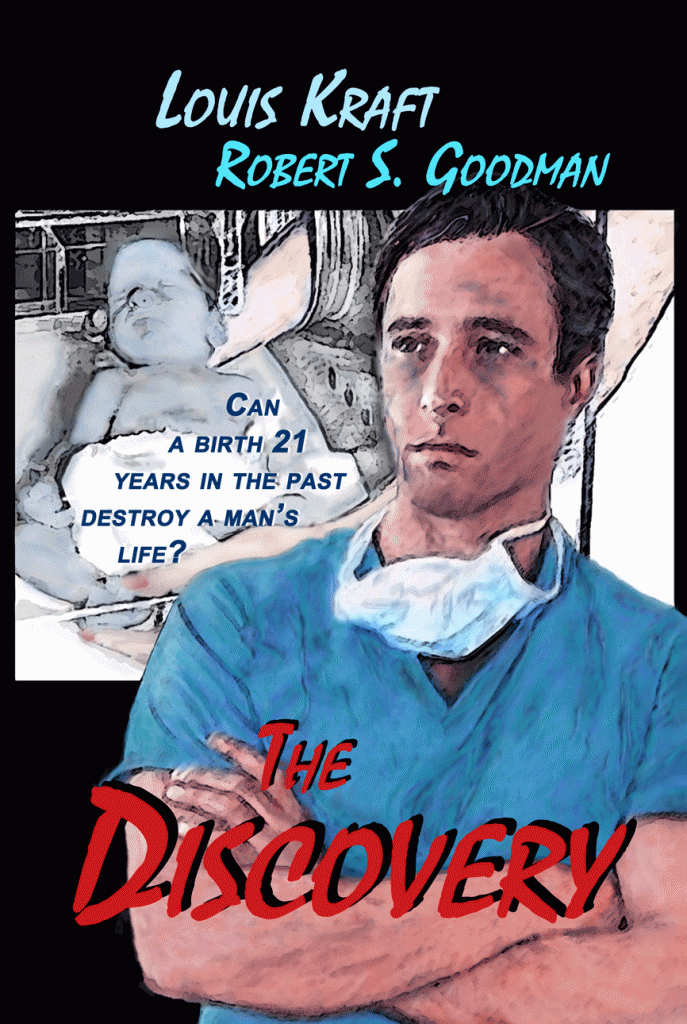
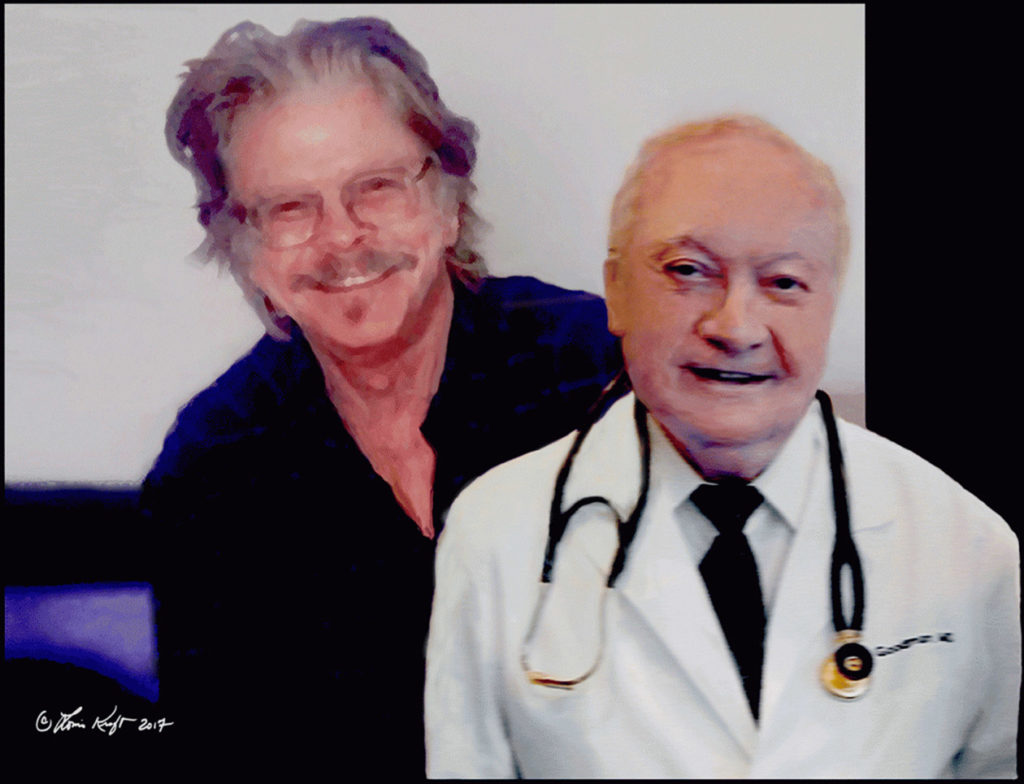
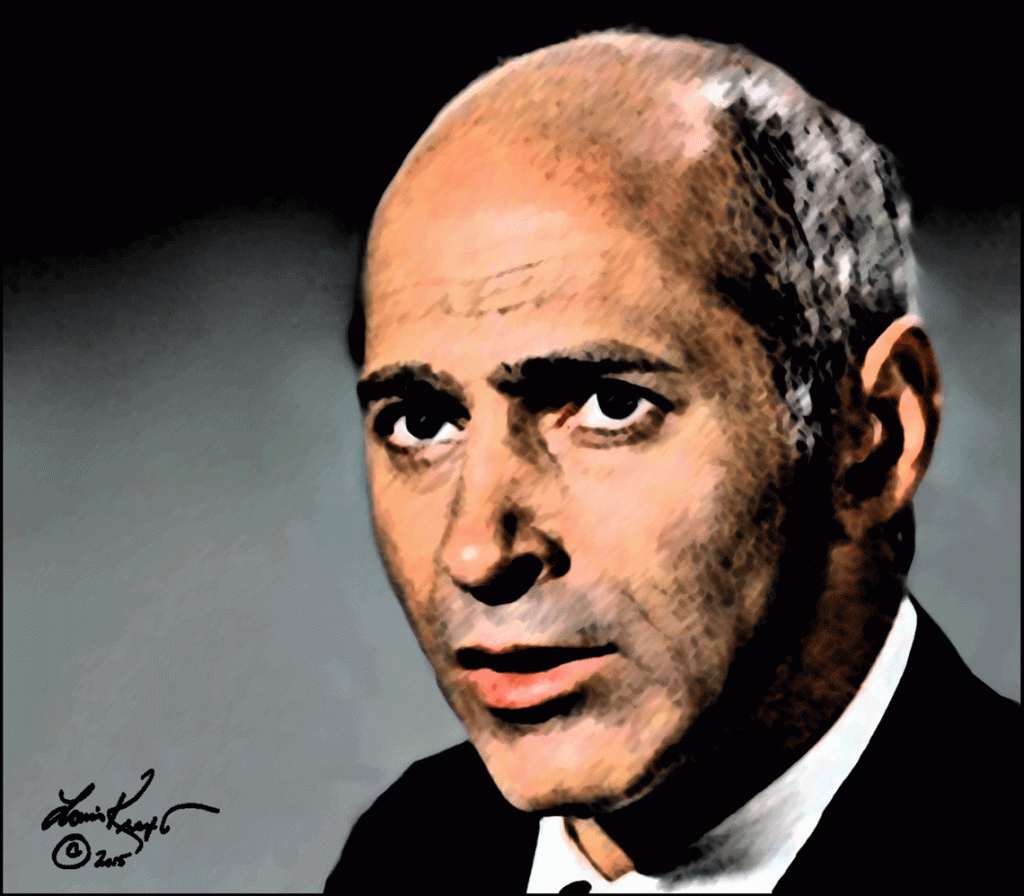
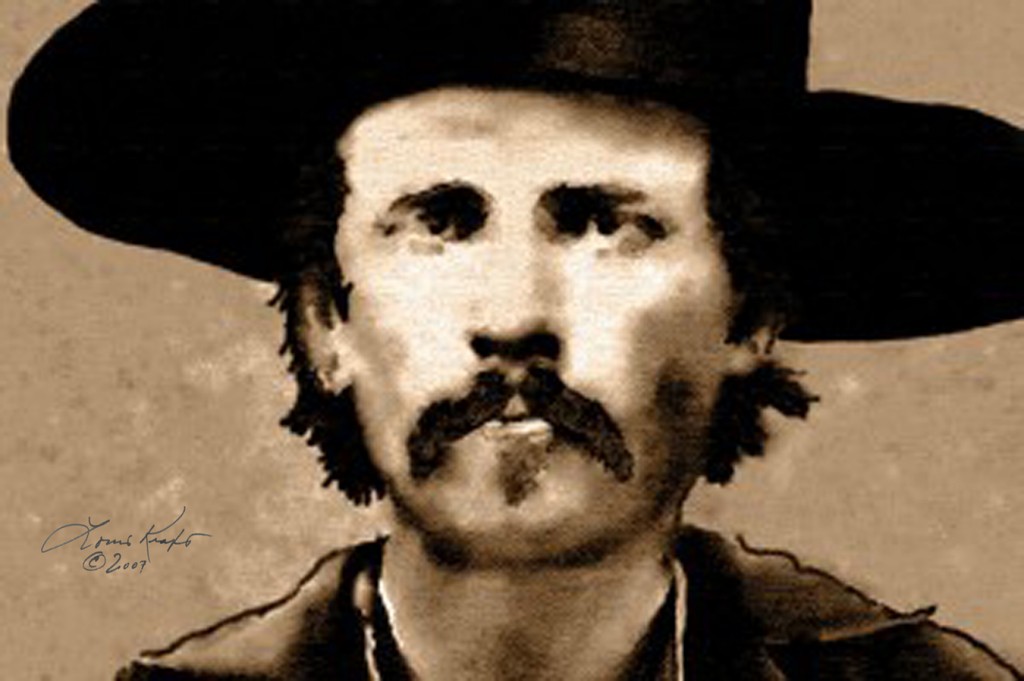
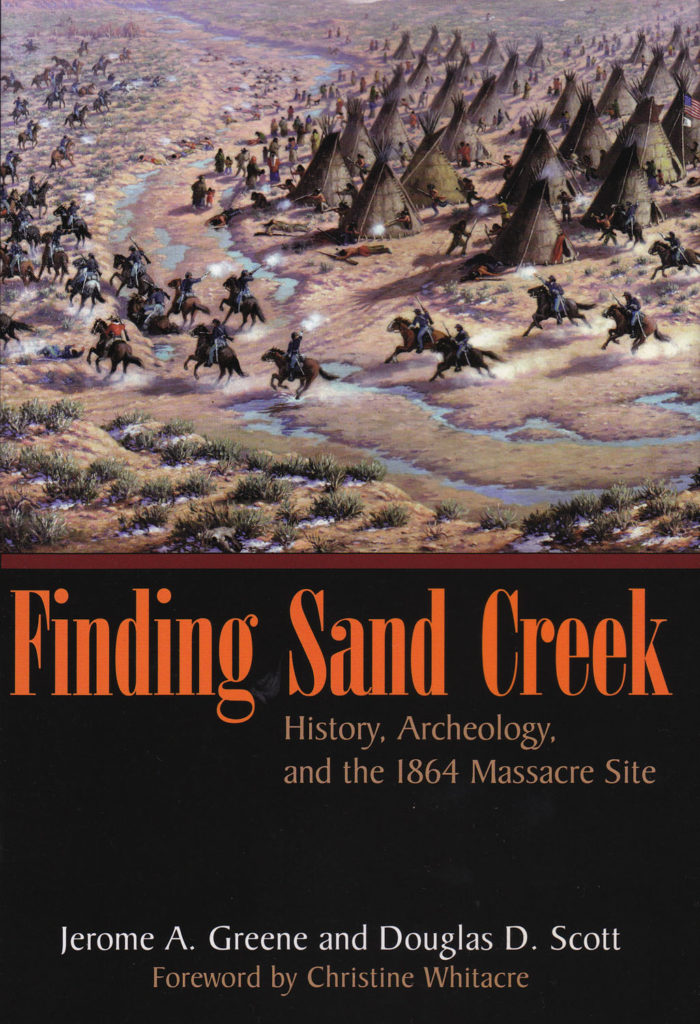
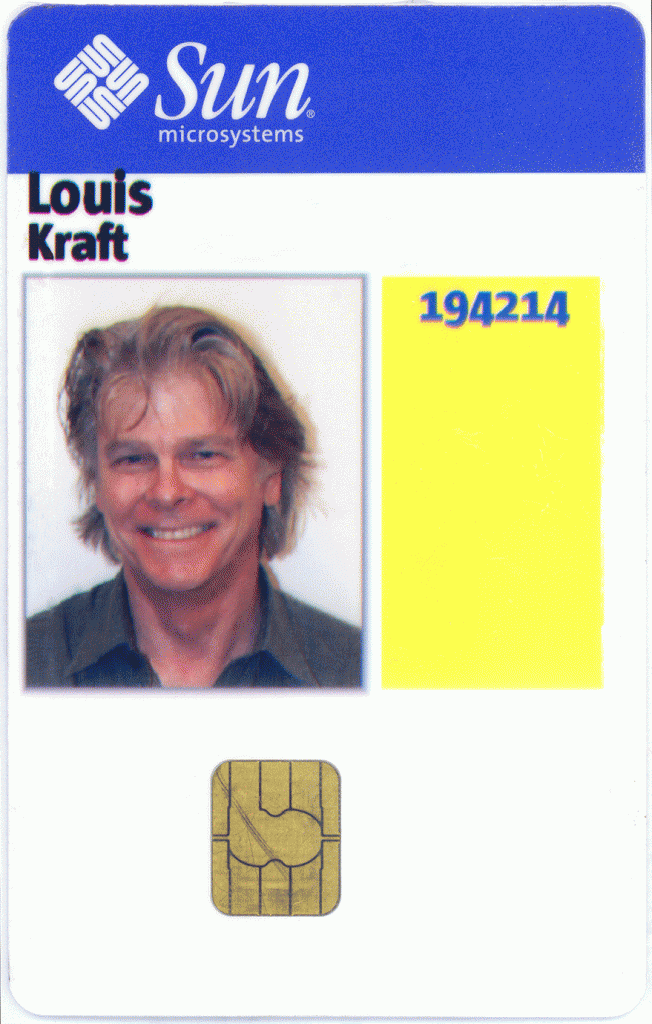
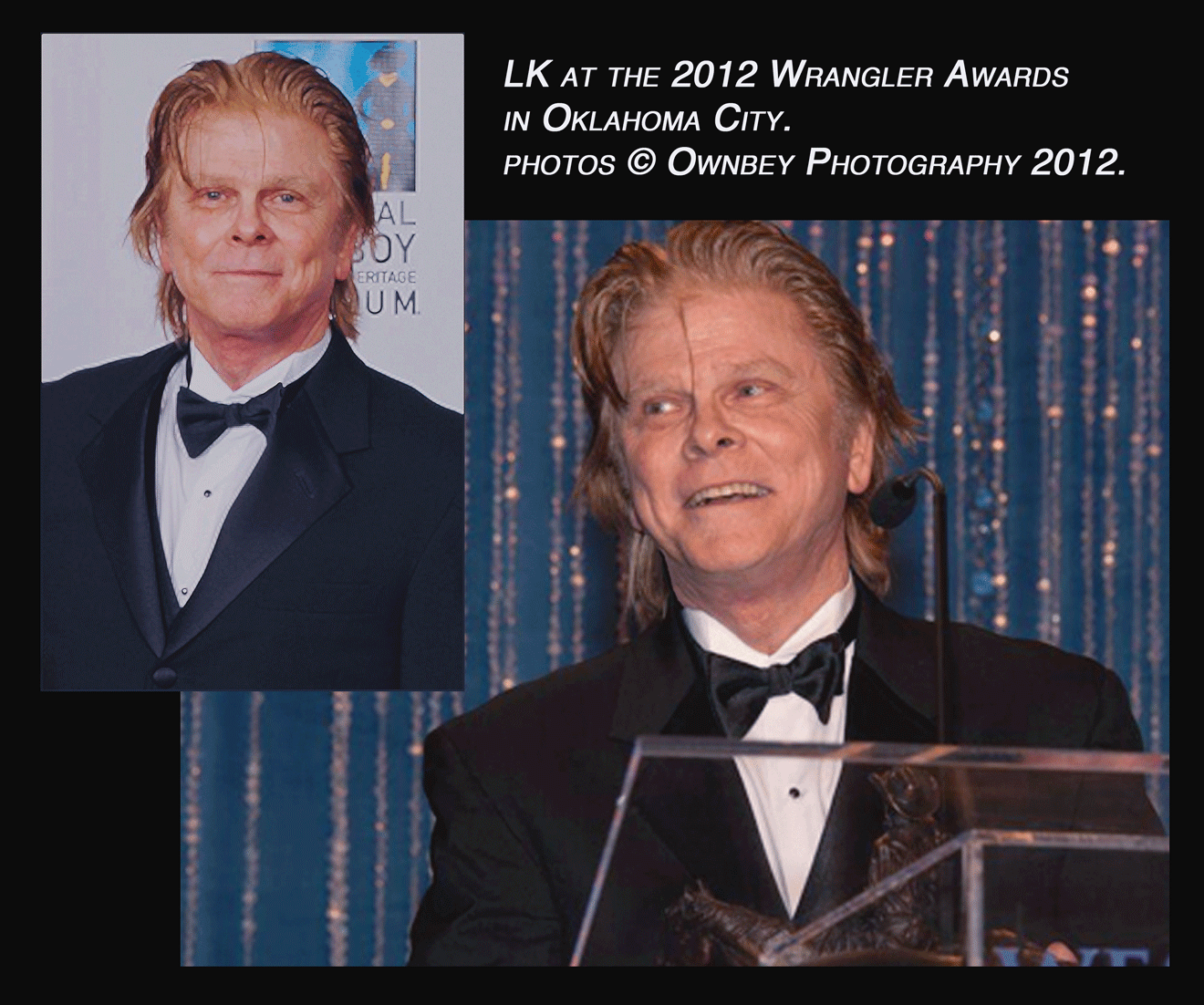
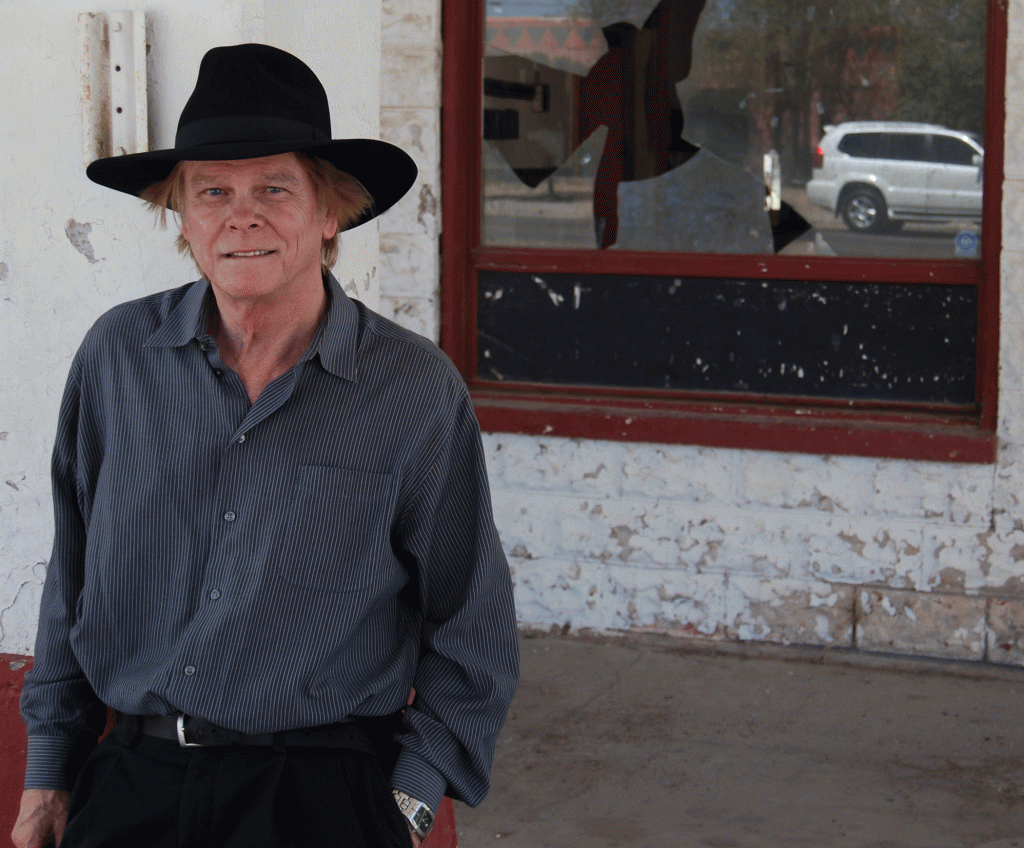
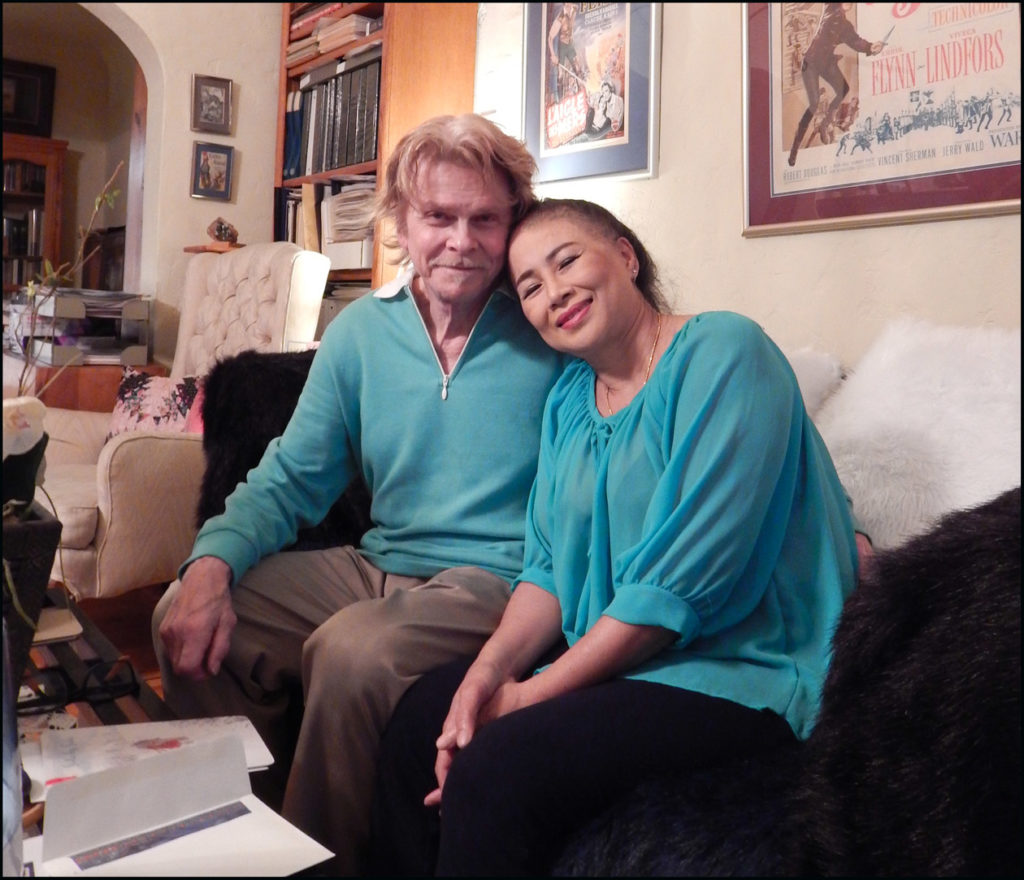
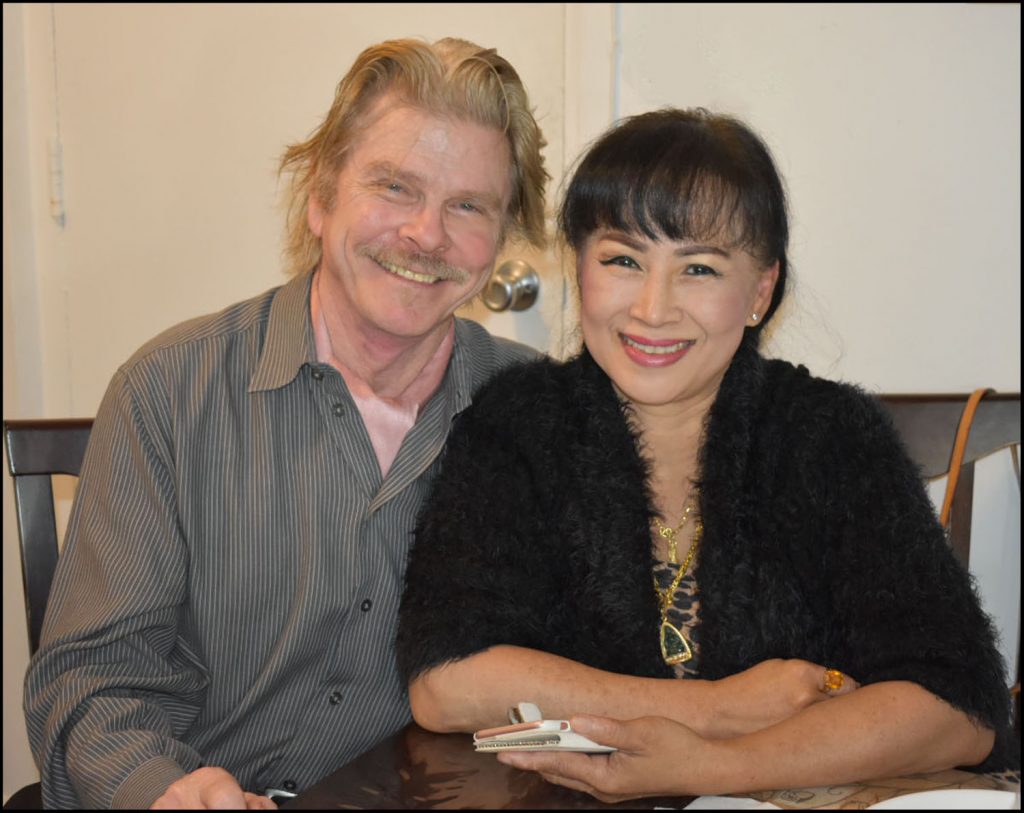

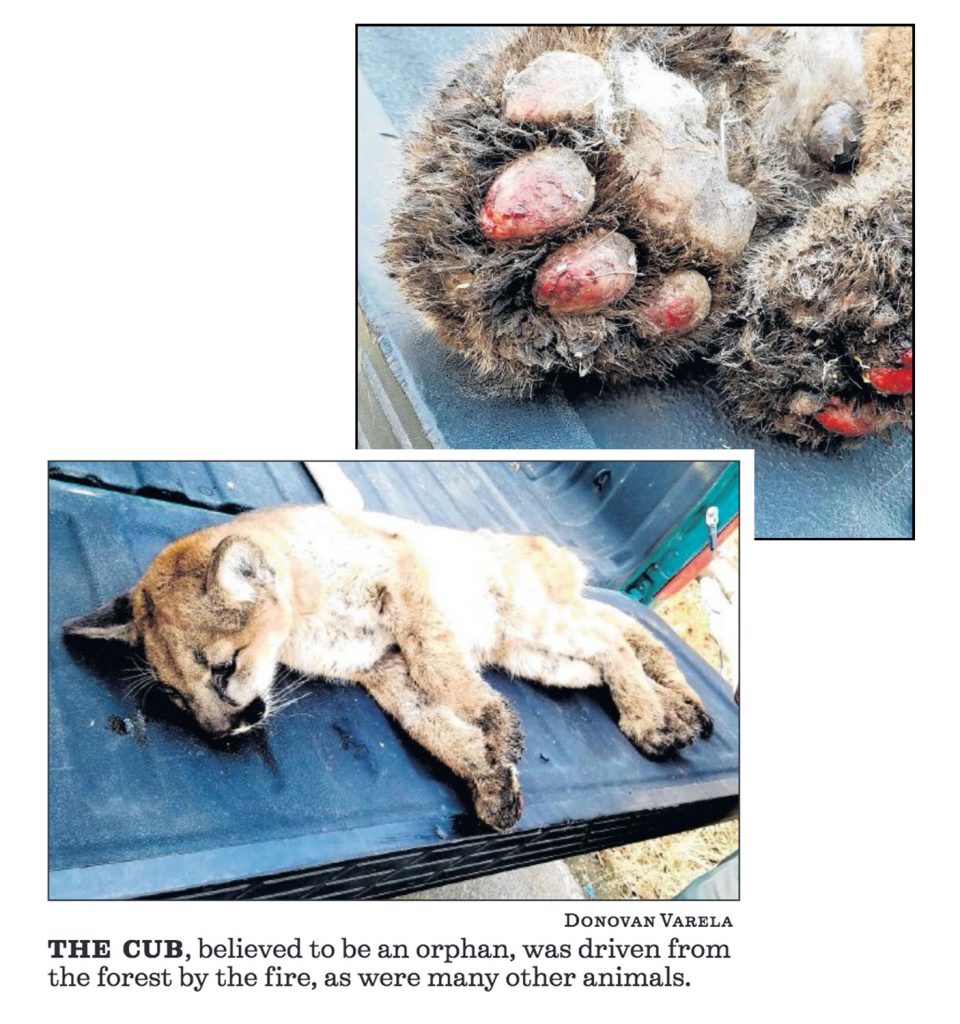
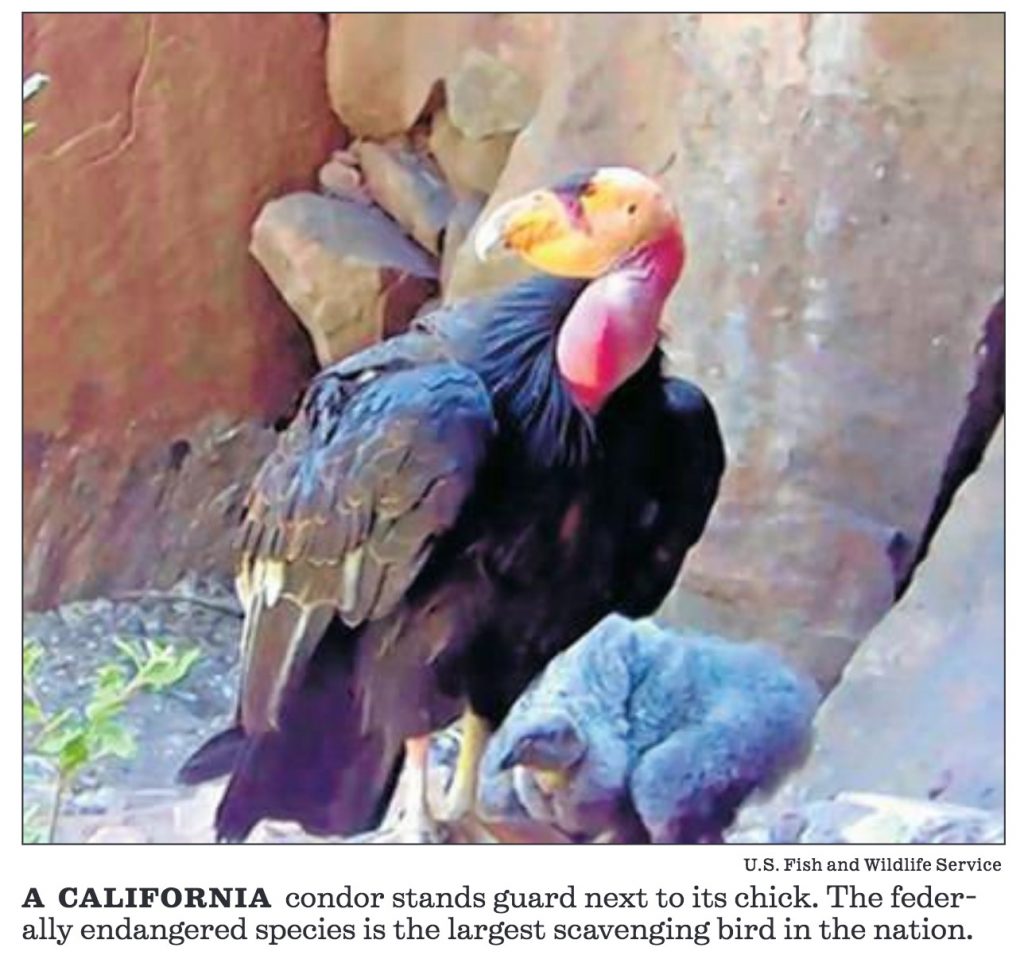
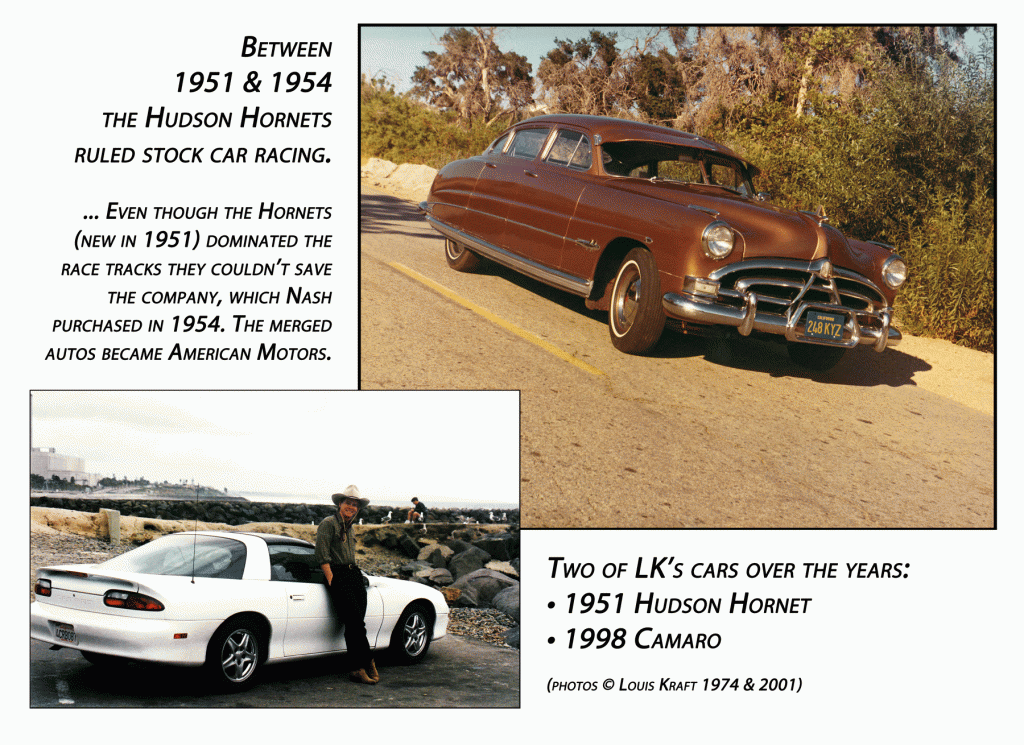
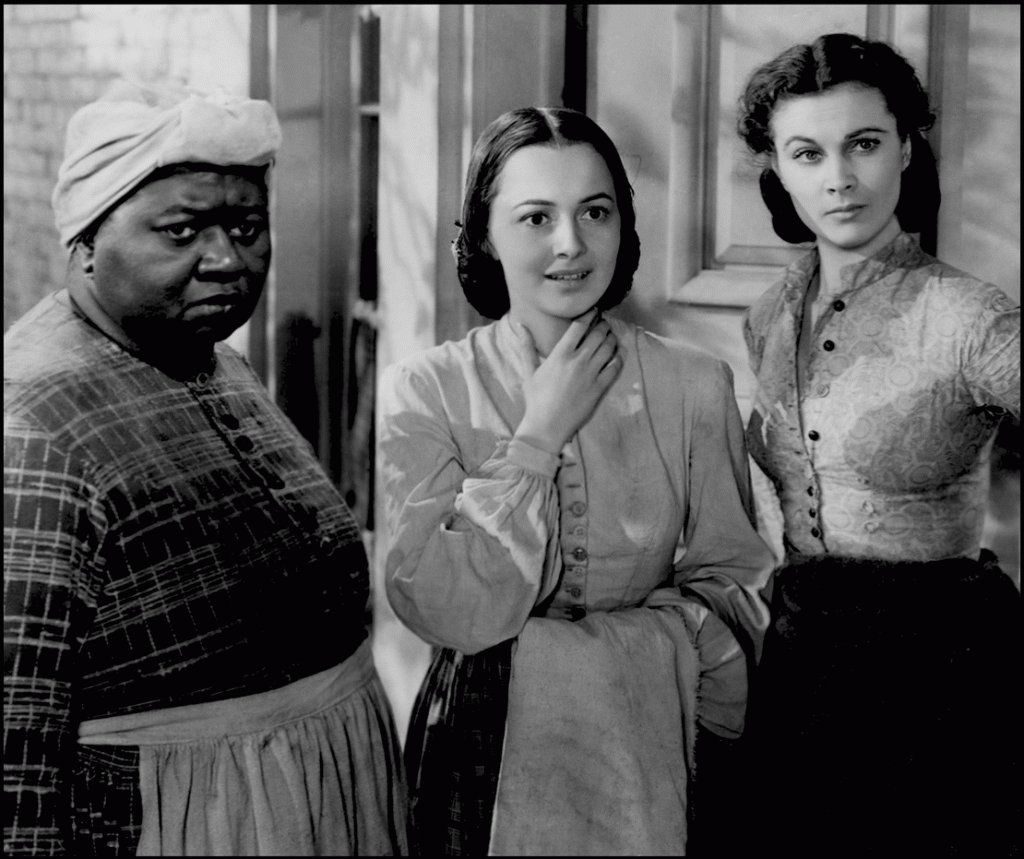
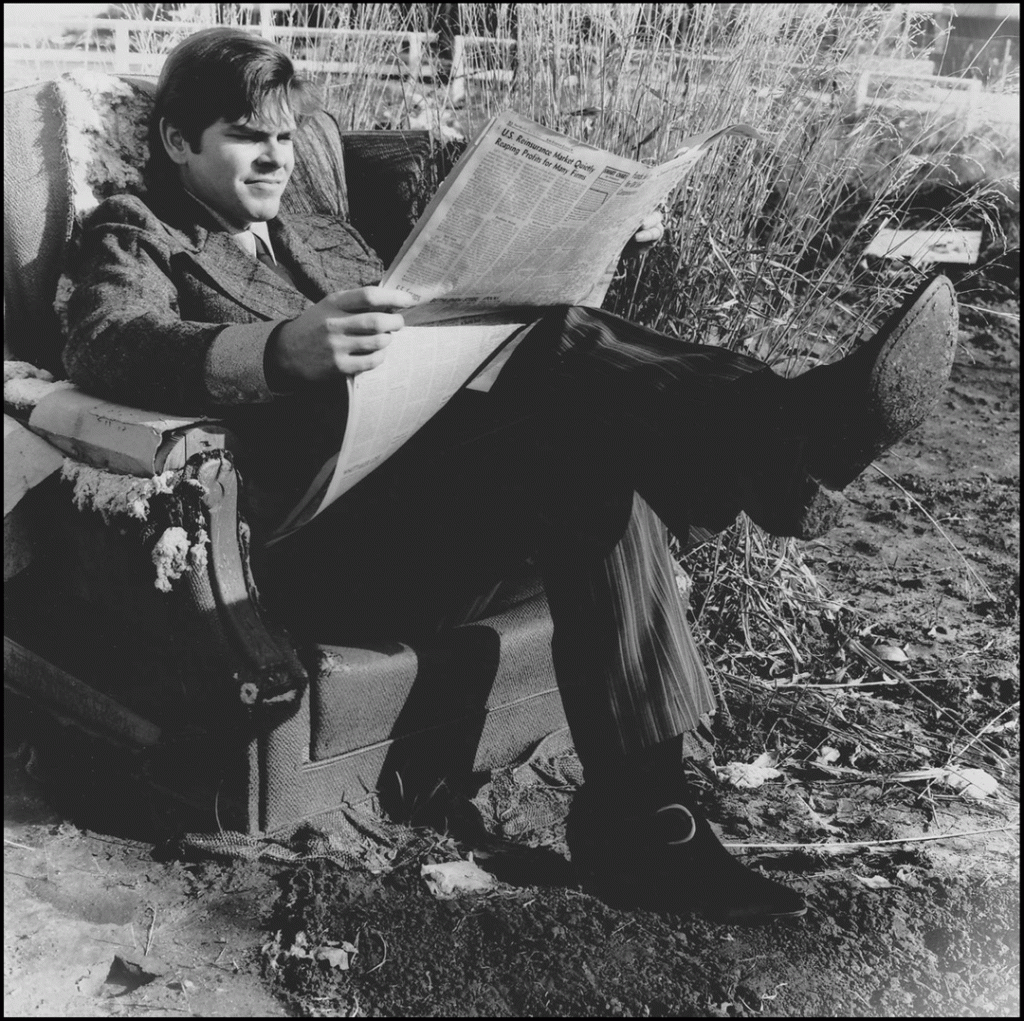




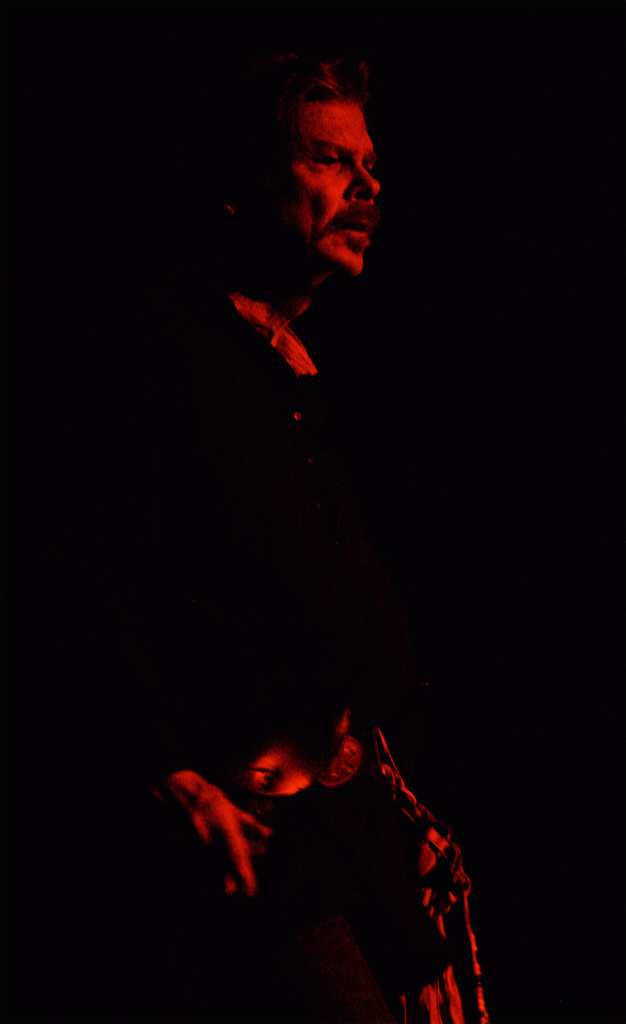
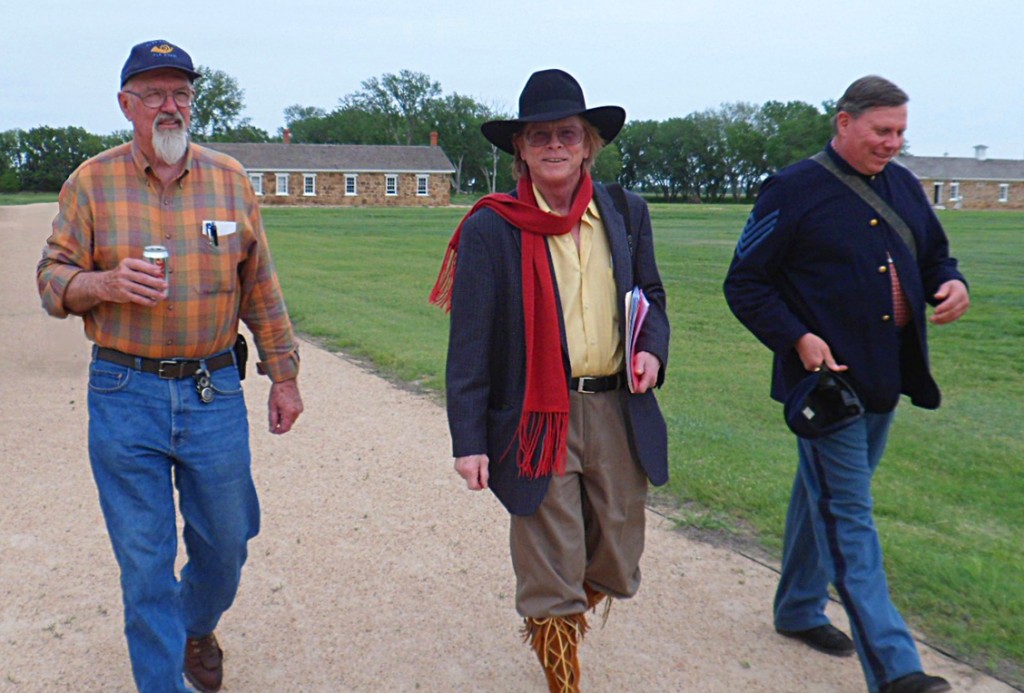
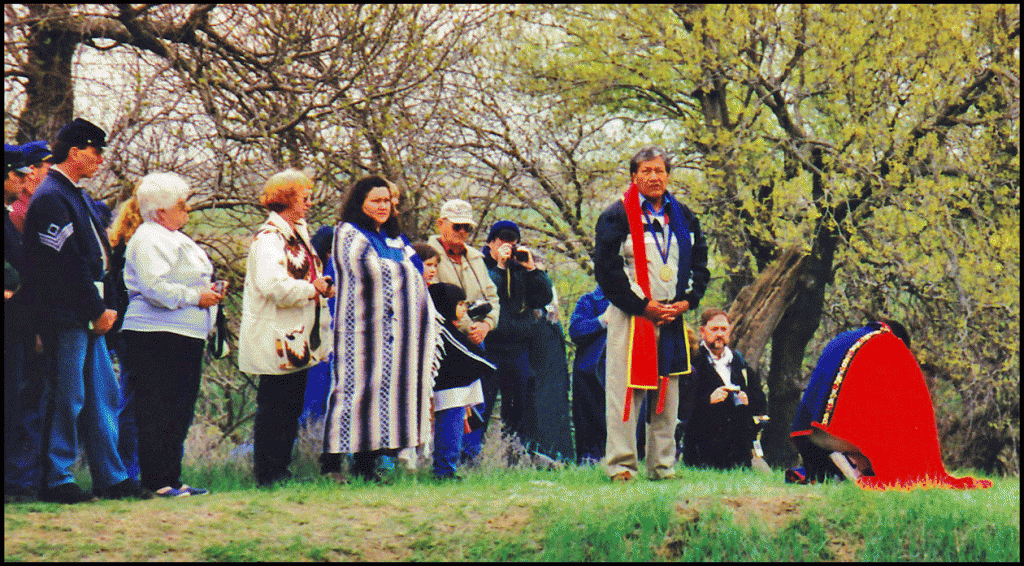


 Is it ethical to sell out truth for greater book sales? Honestly, you don’t want to know my opinion on this. Many writers have done this over the years, and it isn’t confined to the Indian wars. The most infamous—in my opinion—was Charles Higham. Higham, a film biographer, printed despicable lies about two of his subjects (see below), for the simple reason that he wanted to sell books. Other biographers and historians in modern times have mimicked Higham’s practice of creating false facts that bleed red for the same reason, to pocket as many greenbacks as possible. There’s one difference, these hacks of recent times (that is post 1980) stoop so low with their fictional creations that they are little more than cockroaches that run rampant in their readers’ minds as they spread filth that has no basis in reality.
Is it ethical to sell out truth for greater book sales? Honestly, you don’t want to know my opinion on this. Many writers have done this over the years, and it isn’t confined to the Indian wars. The most infamous—in my opinion—was Charles Higham. Higham, a film biographer, printed despicable lies about two of his subjects (see below), for the simple reason that he wanted to sell books. Other biographers and historians in modern times have mimicked Higham’s practice of creating false facts that bleed red for the same reason, to pocket as many greenbacks as possible. There’s one difference, these hacks of recent times (that is post 1980) stoop so low with their fictional creations that they are little more than cockroaches that run rampant in their readers’ minds as they spread filth that has no basis in reality.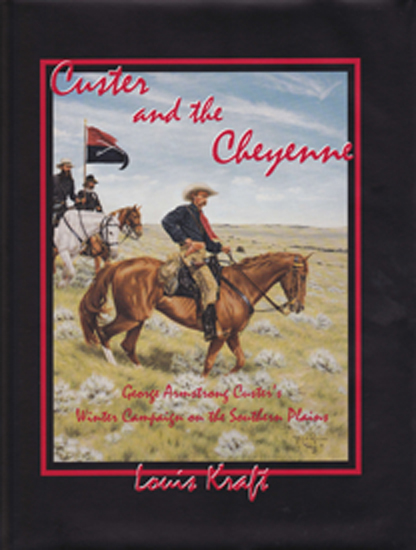 Years passed. It was now 1995 and we were at the Western Writers of America (WWA) convention in Cheyenne, Wyoming (I’m foggy on the location but think the timing was with the publication of Custer and the Cheyenne).
Years passed. It was now 1995 and we were at the Western Writers of America (WWA) convention in Cheyenne, Wyoming (I’m foggy on the location but think the timing was with the publication of Custer and the Cheyenne). Kudos to him for his honesty. At the same time his words now mimic the truth of today’s world. If the truth gets in the way of your preconceived premise, dismiss it. If someone confronts you on your lie, one-up them and call them “little Billy,” or “bullshitting Johnny,” or “sex stalker Alex,” or “lying Donald.” The new key words here are: “Fake News.” Point your finger at them, scream, and if possible see that your hateful rants explode all over social media.
Kudos to him for his honesty. At the same time his words now mimic the truth of today’s world. If the truth gets in the way of your preconceived premise, dismiss it. If someone confronts you on your lie, one-up them and call them “little Billy,” or “bullshitting Johnny,” or “sex stalker Alex,” or “lying Donald.” The new key words here are: “Fake News.” Point your finger at them, scream, and if possible see that your hateful rants explode all over social media.


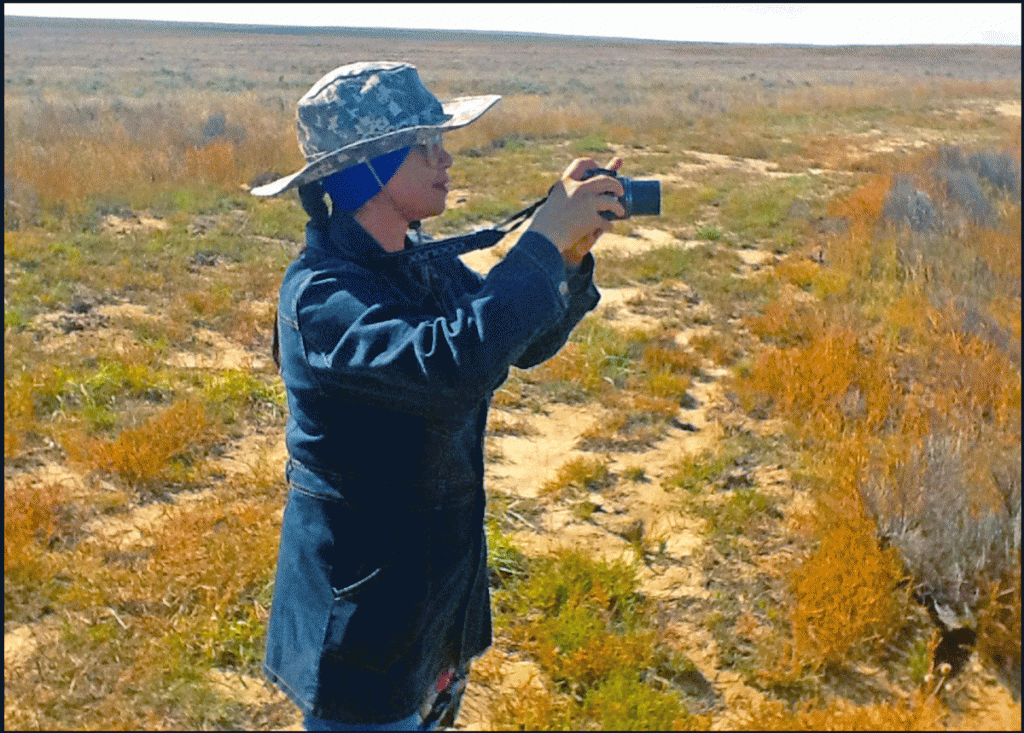
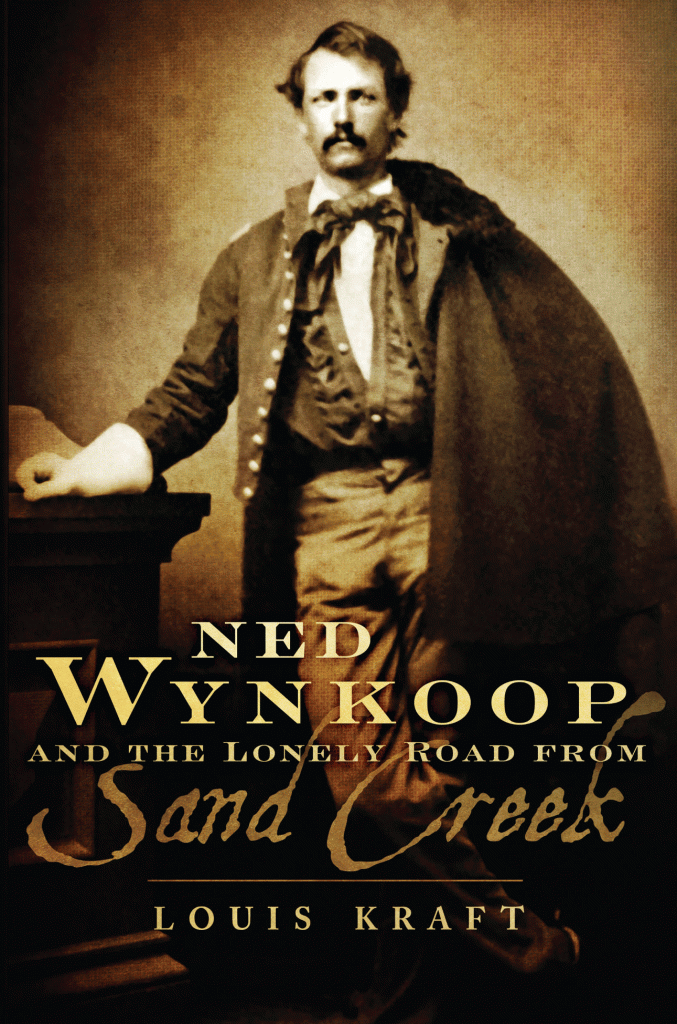
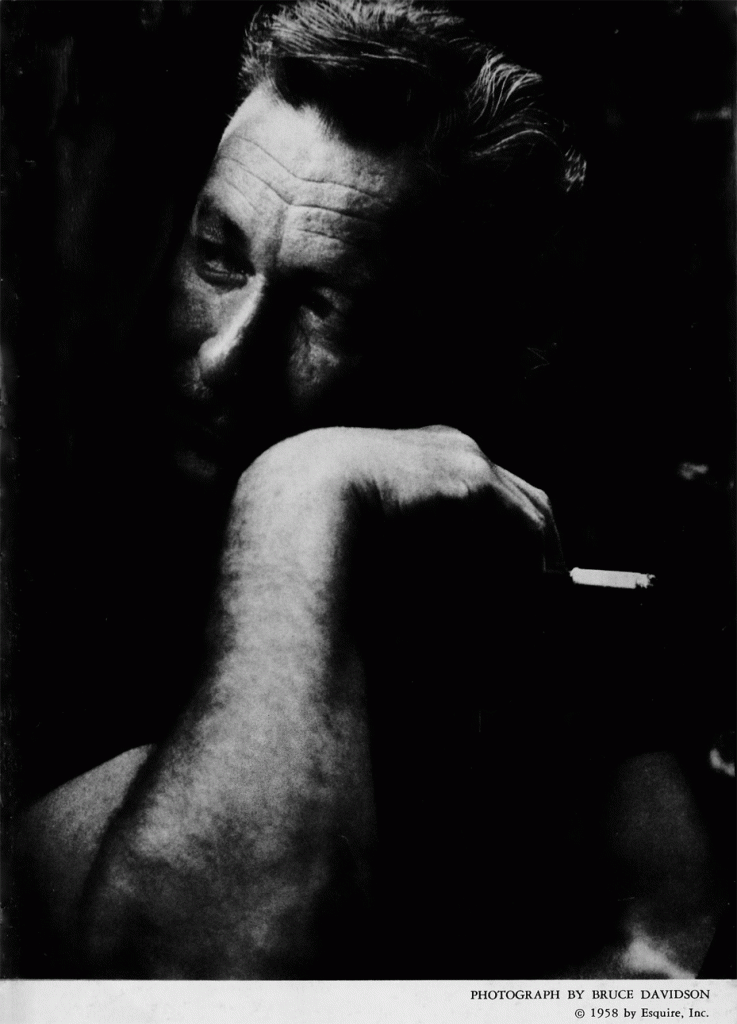


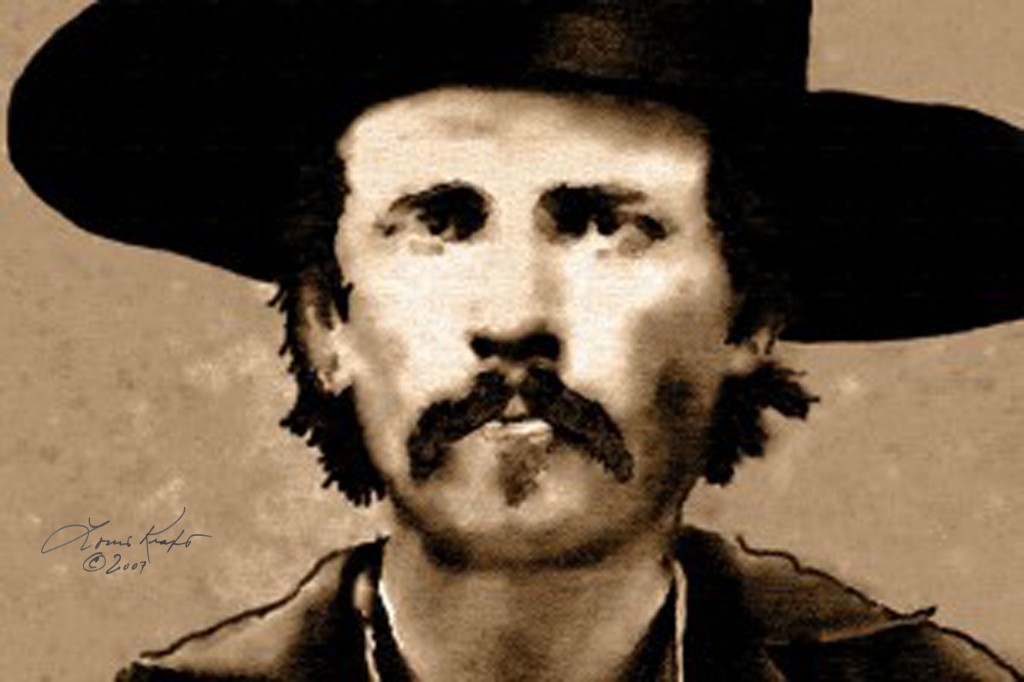
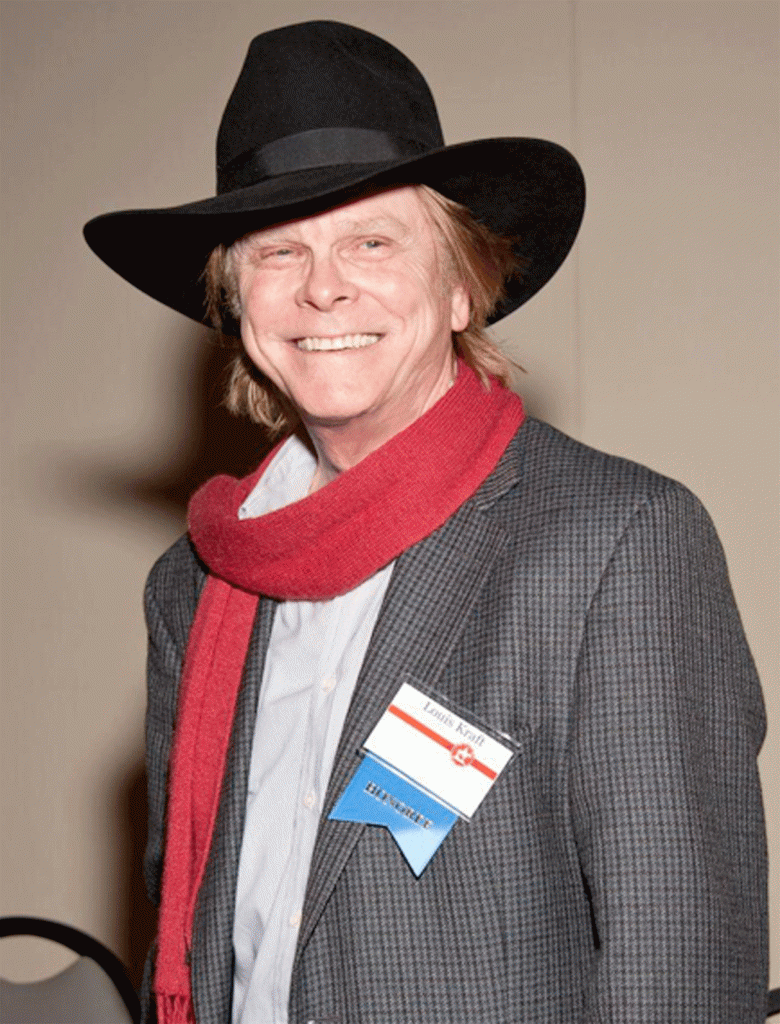
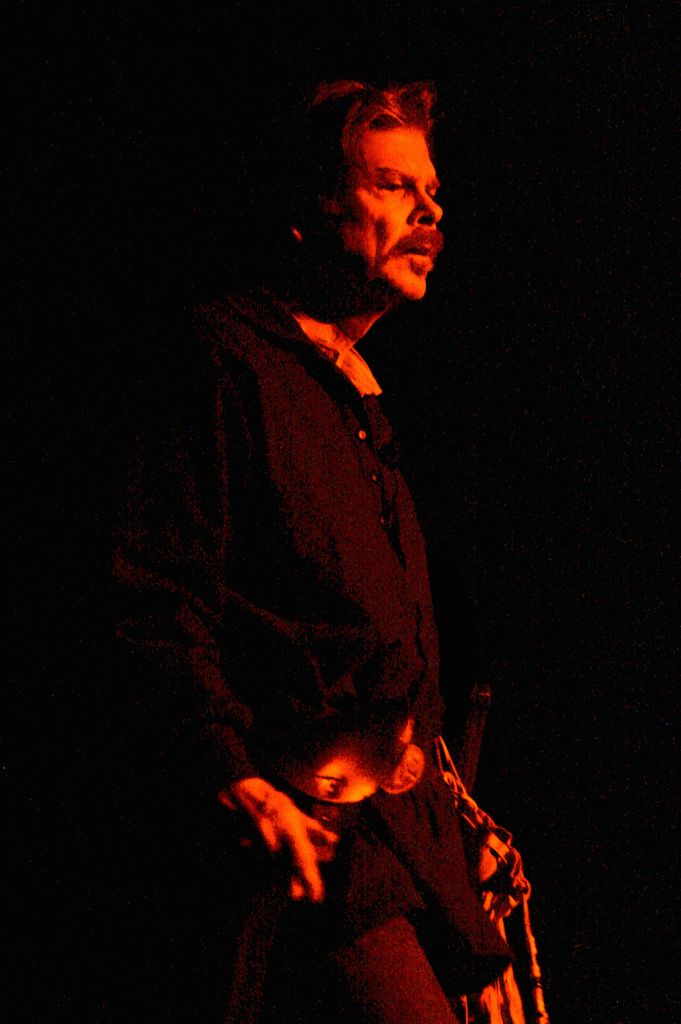


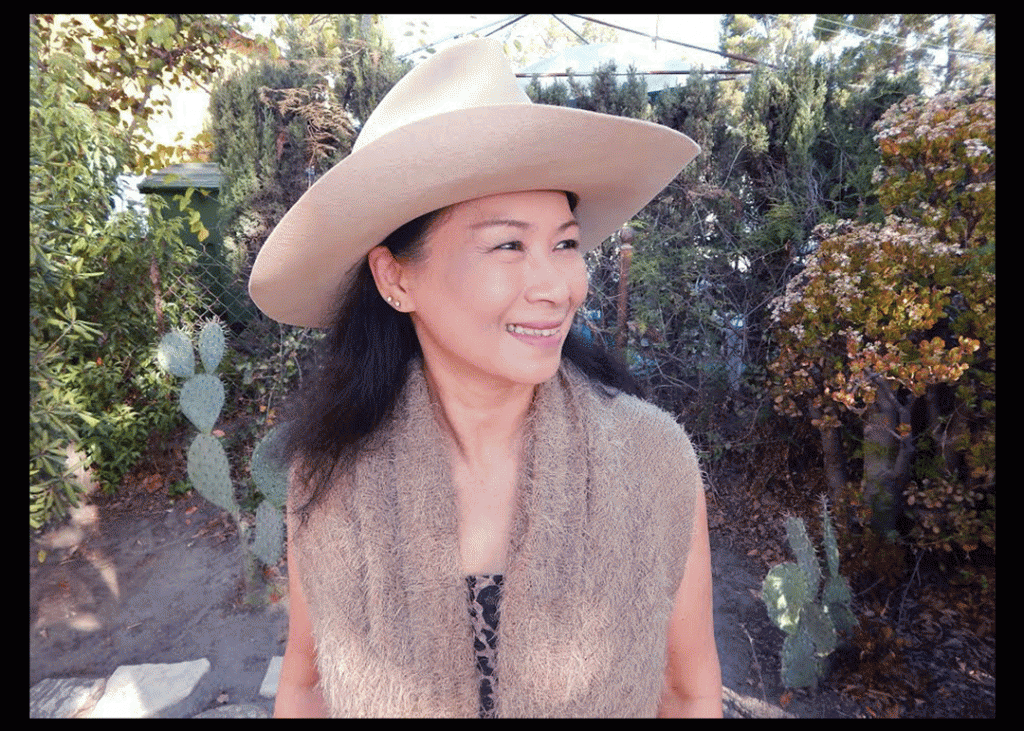
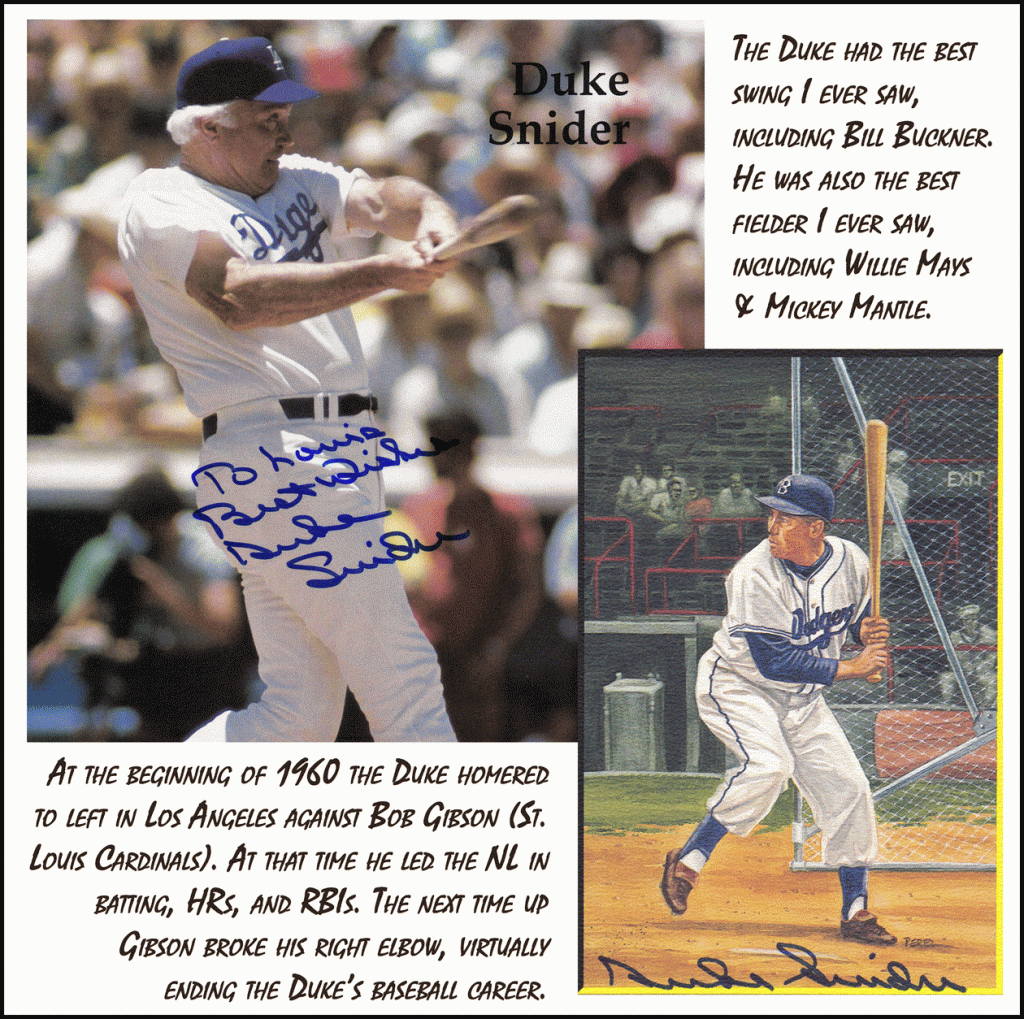
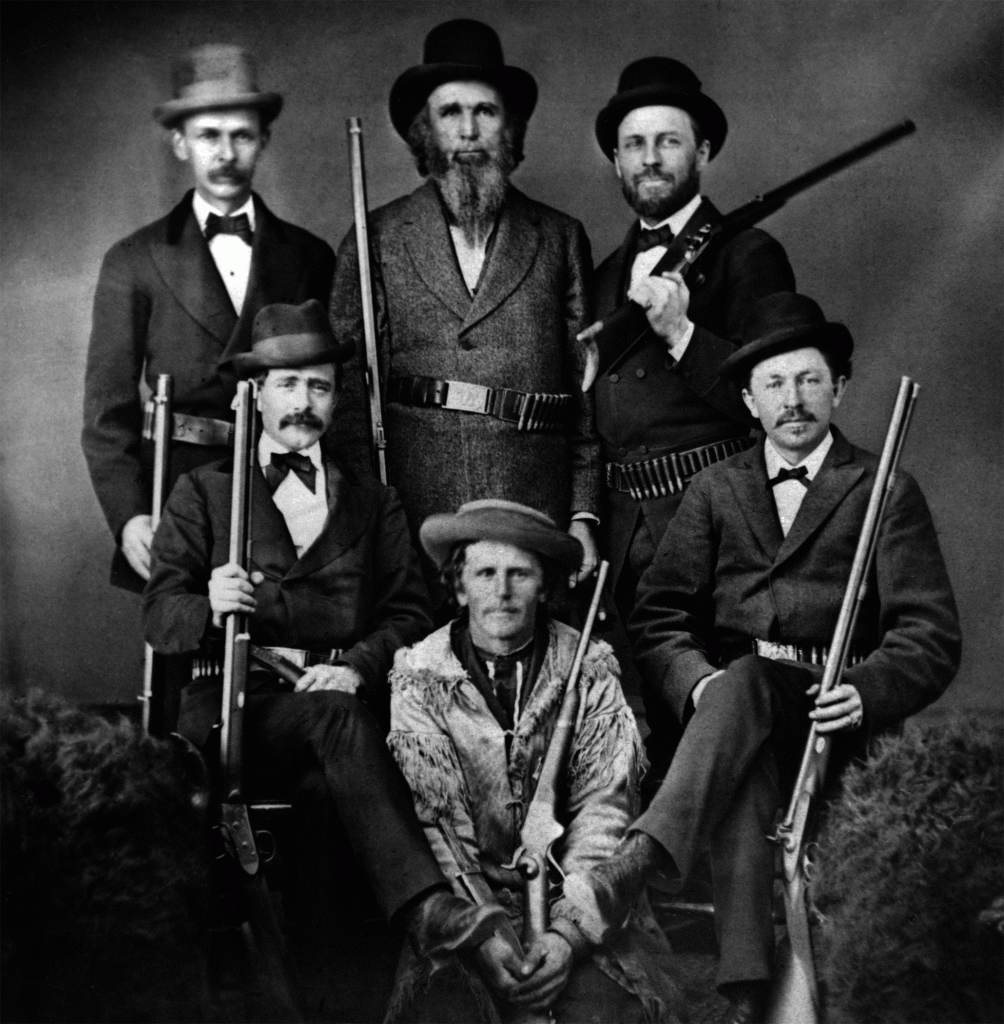
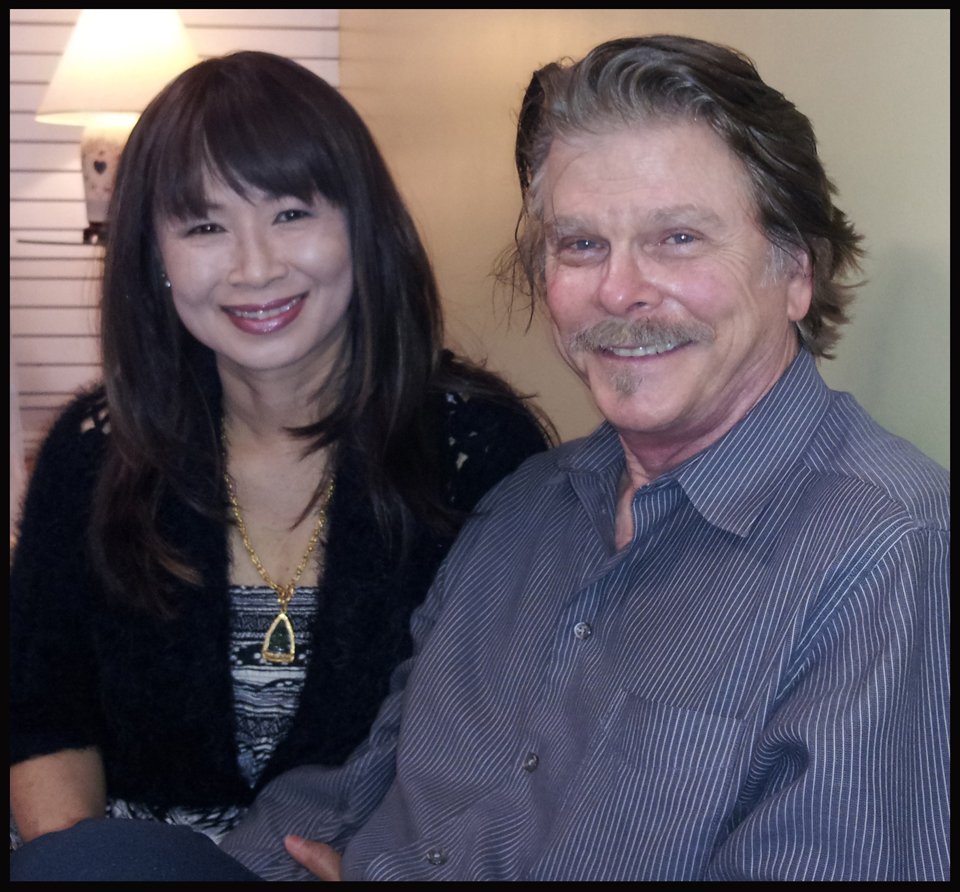
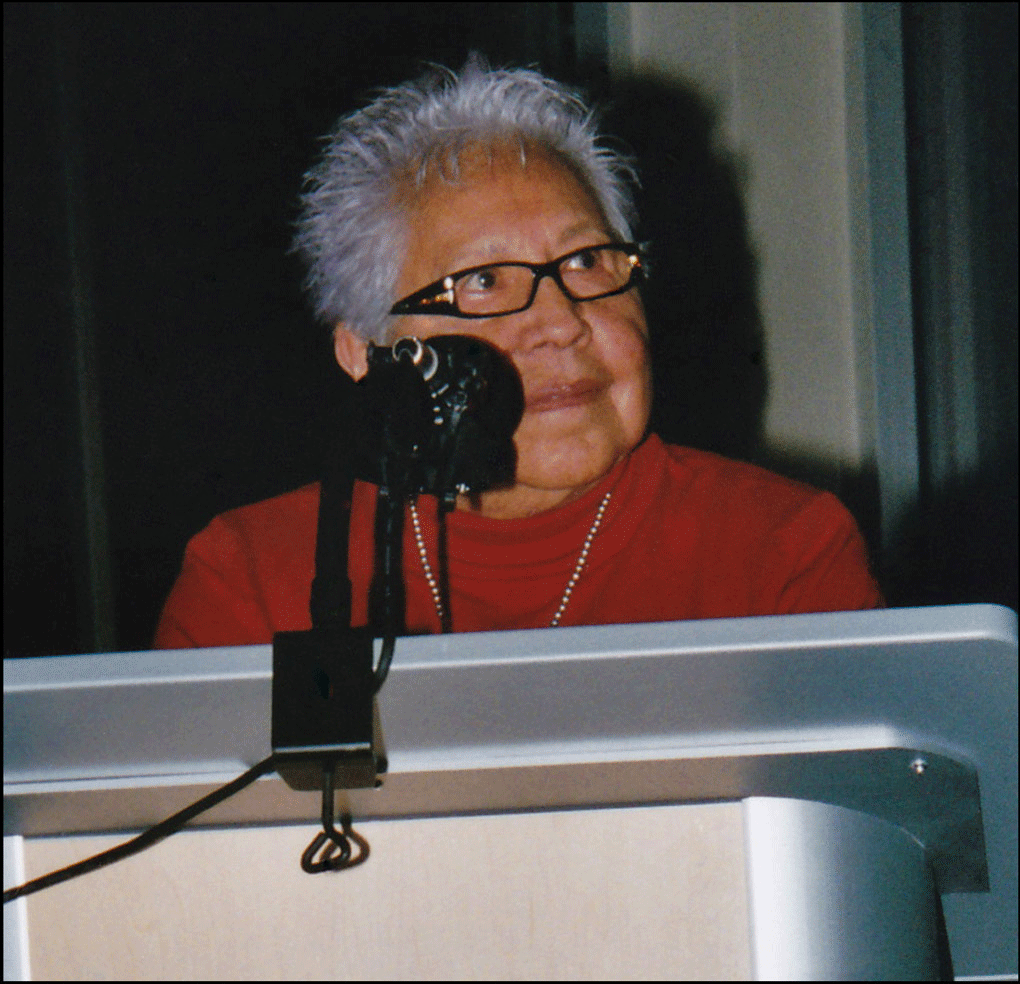

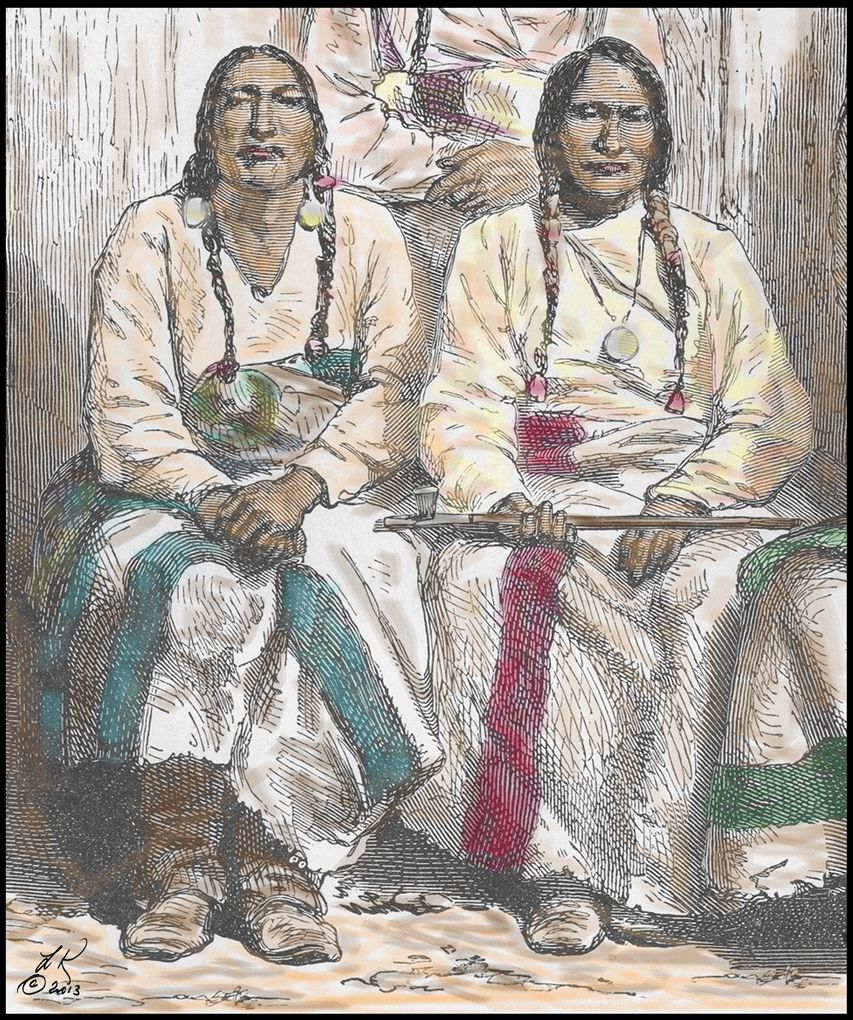
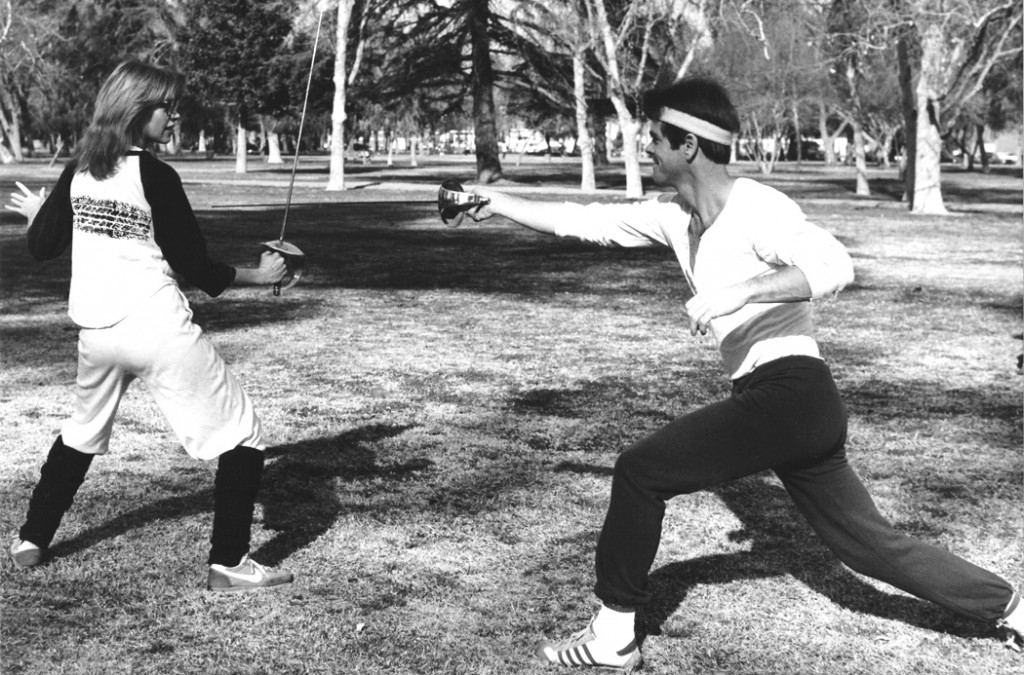
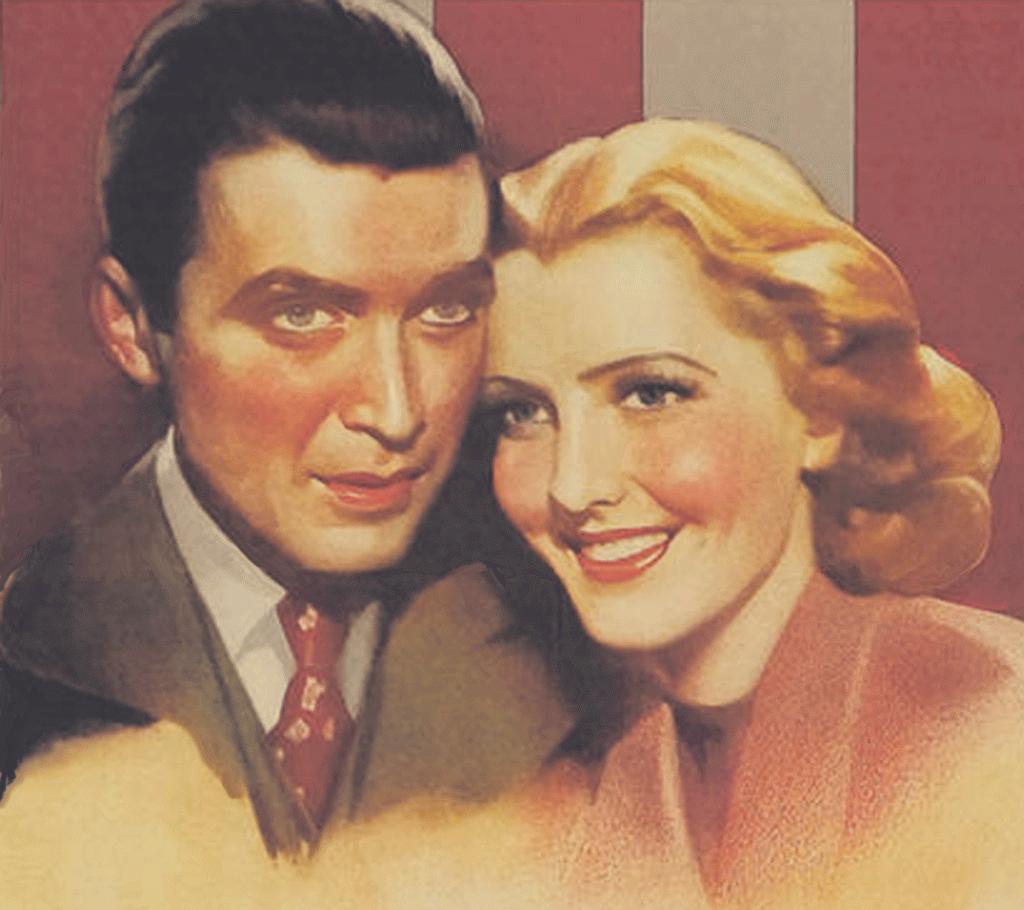





 The reason for completing these two manuscripts is simple: They will be the most important books that I write in my lifetime (while my favorite has already been printed by the University of Oklahoma Press, Ned Wynkoop and the Lonely Road from Sand Creek). LK’s writing world does not end with these two manuscripts, for I will have a long life as I move forward in my writing (this includes two additional nonfiction books on Errol Flynn; two books on Kit Carson, one nonfiction and one fiction; two books on the English pirate and knight Francis Drake (again one nonfiction and one fiction). Ladies and gents, this is a mouthful. But—BUT—on the plus side it will ensure that I live a long life as I protect the women in my life.
The reason for completing these two manuscripts is simple: They will be the most important books that I write in my lifetime (while my favorite has already been printed by the University of Oklahoma Press, Ned Wynkoop and the Lonely Road from Sand Creek). LK’s writing world does not end with these two manuscripts, for I will have a long life as I move forward in my writing (this includes two additional nonfiction books on Errol Flynn; two books on Kit Carson, one nonfiction and one fiction; two books on the English pirate and knight Francis Drake (again one nonfiction and one fiction). Ladies and gents, this is a mouthful. But—BUT—on the plus side it will ensure that I live a long life as I protect the women in my life.
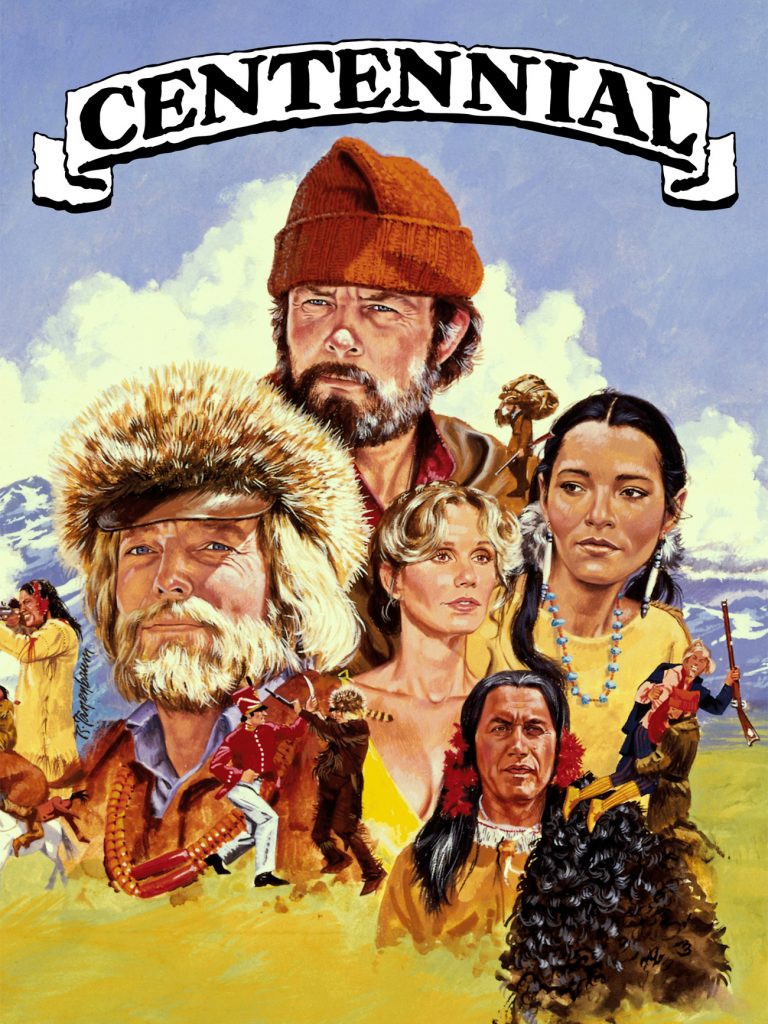


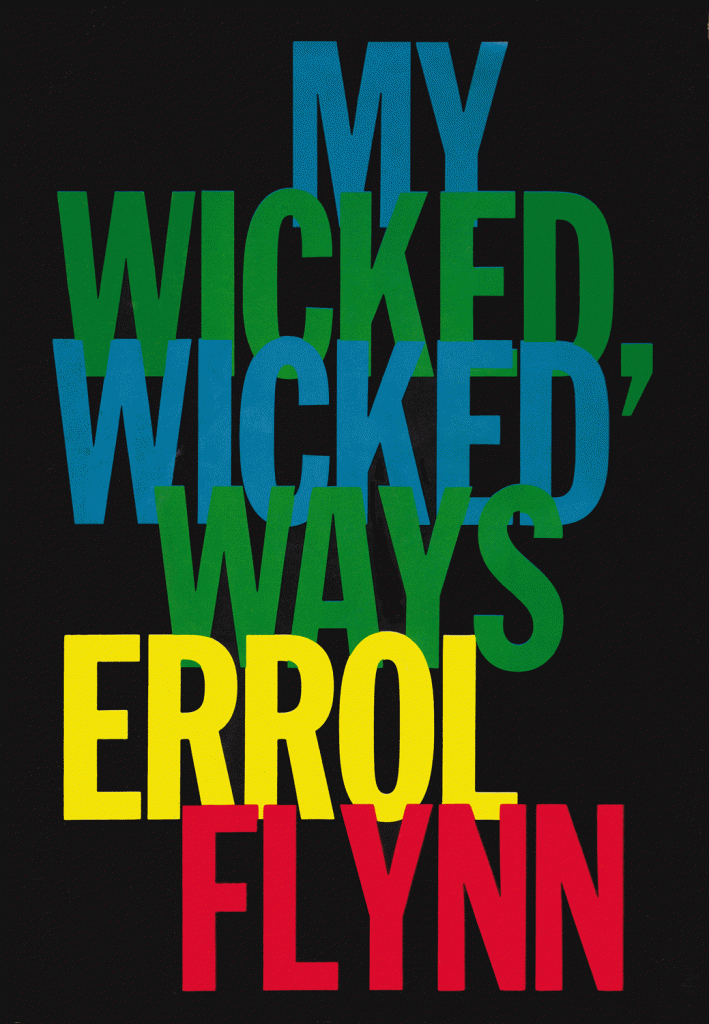

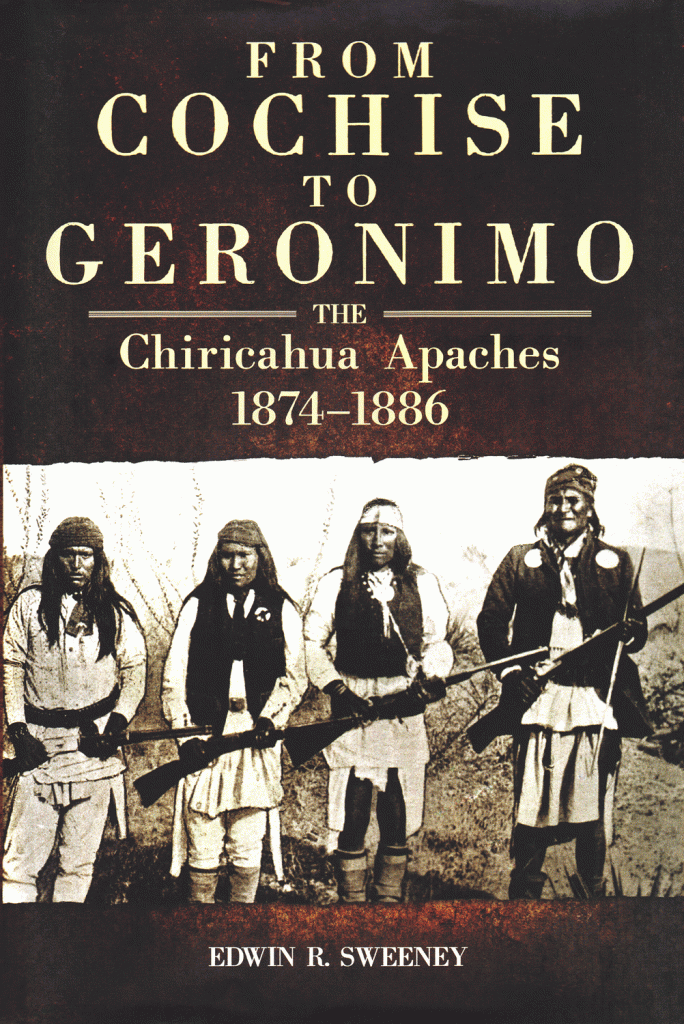
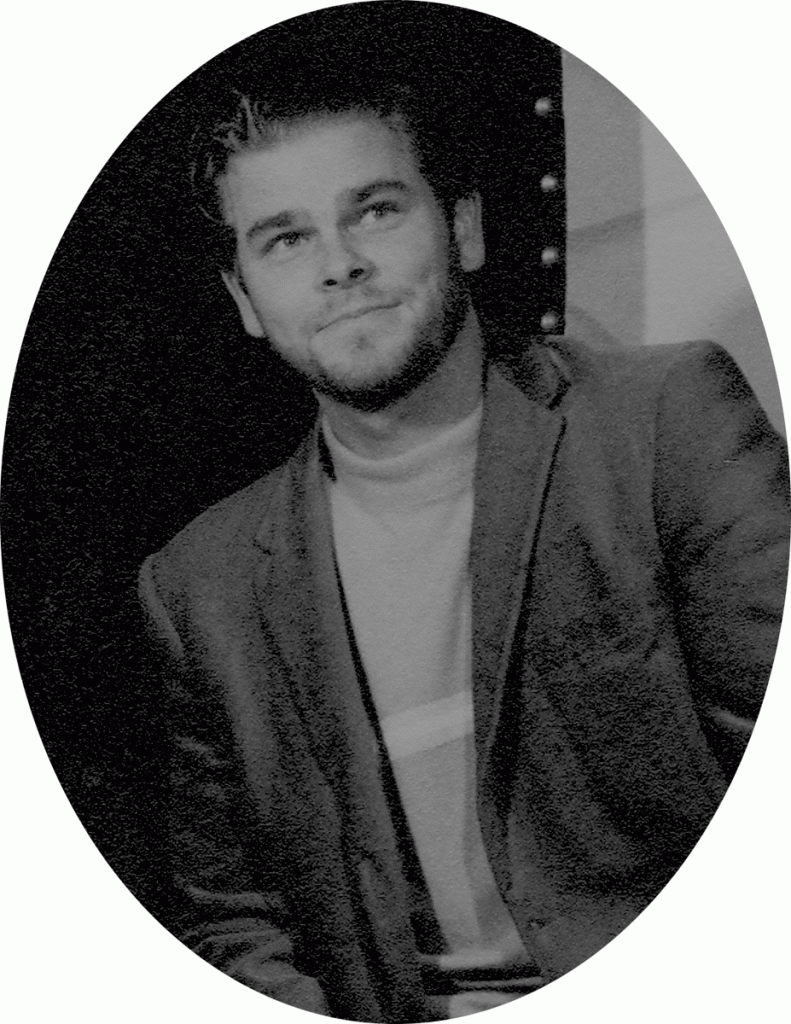
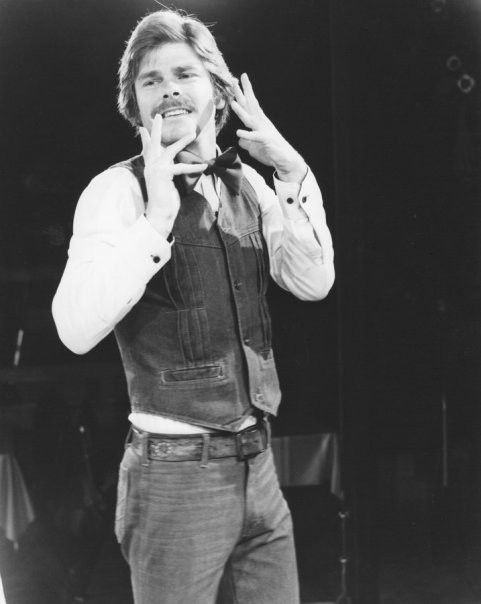

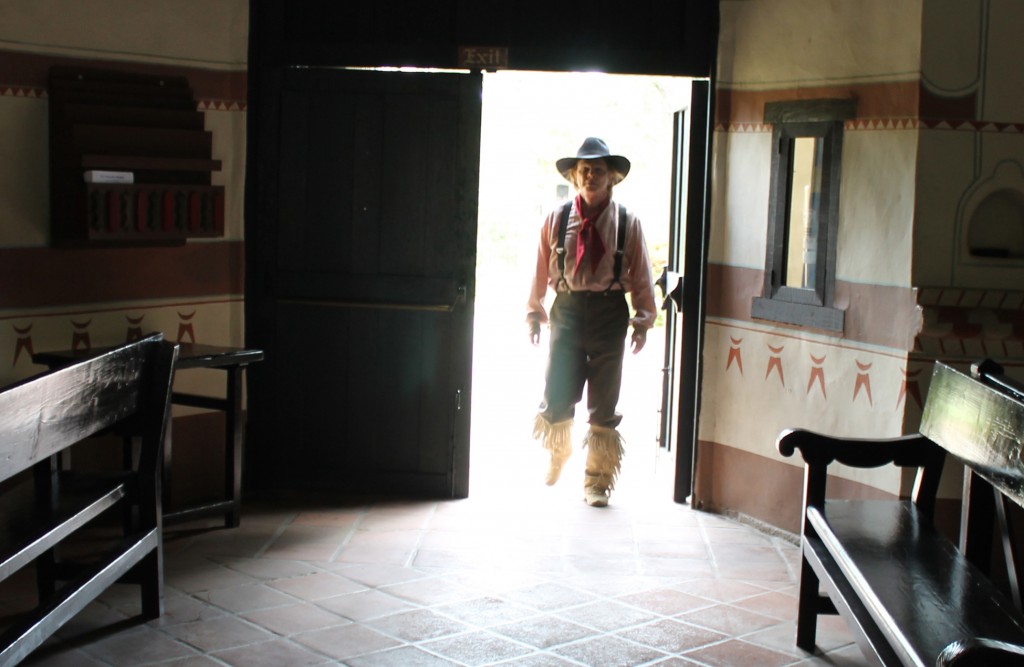
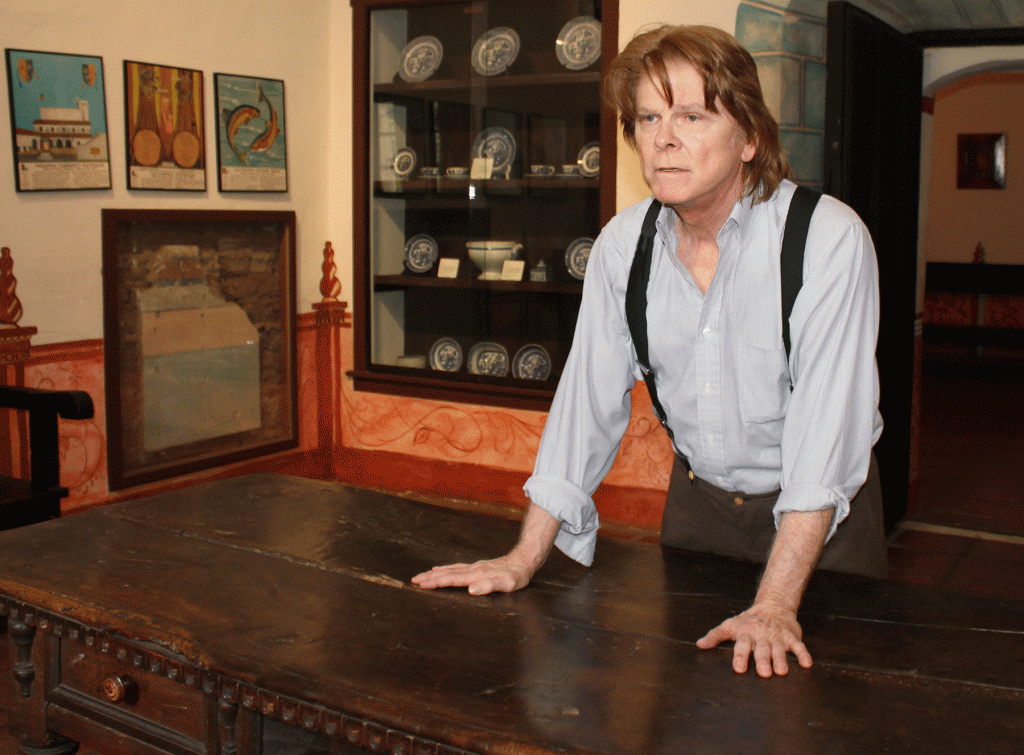
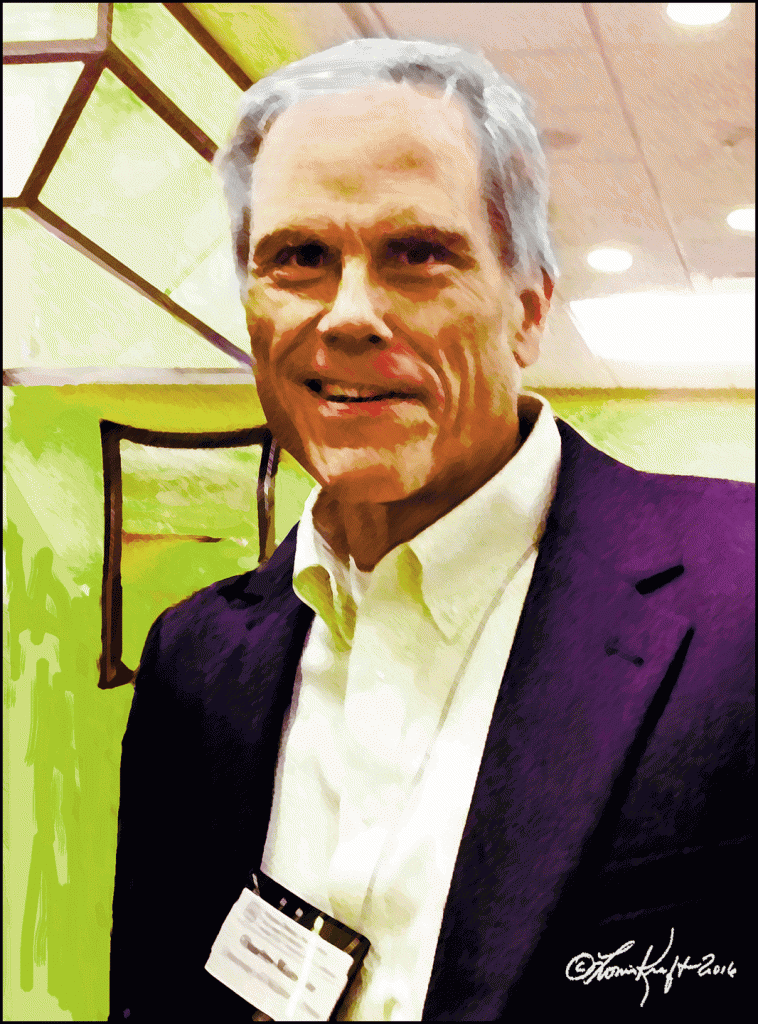

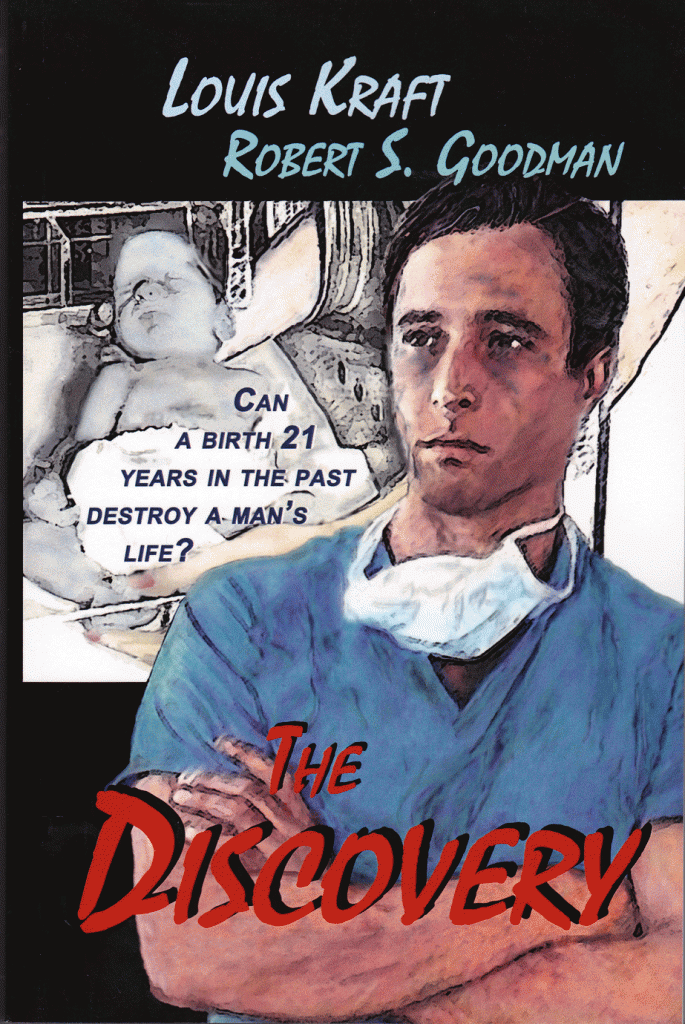

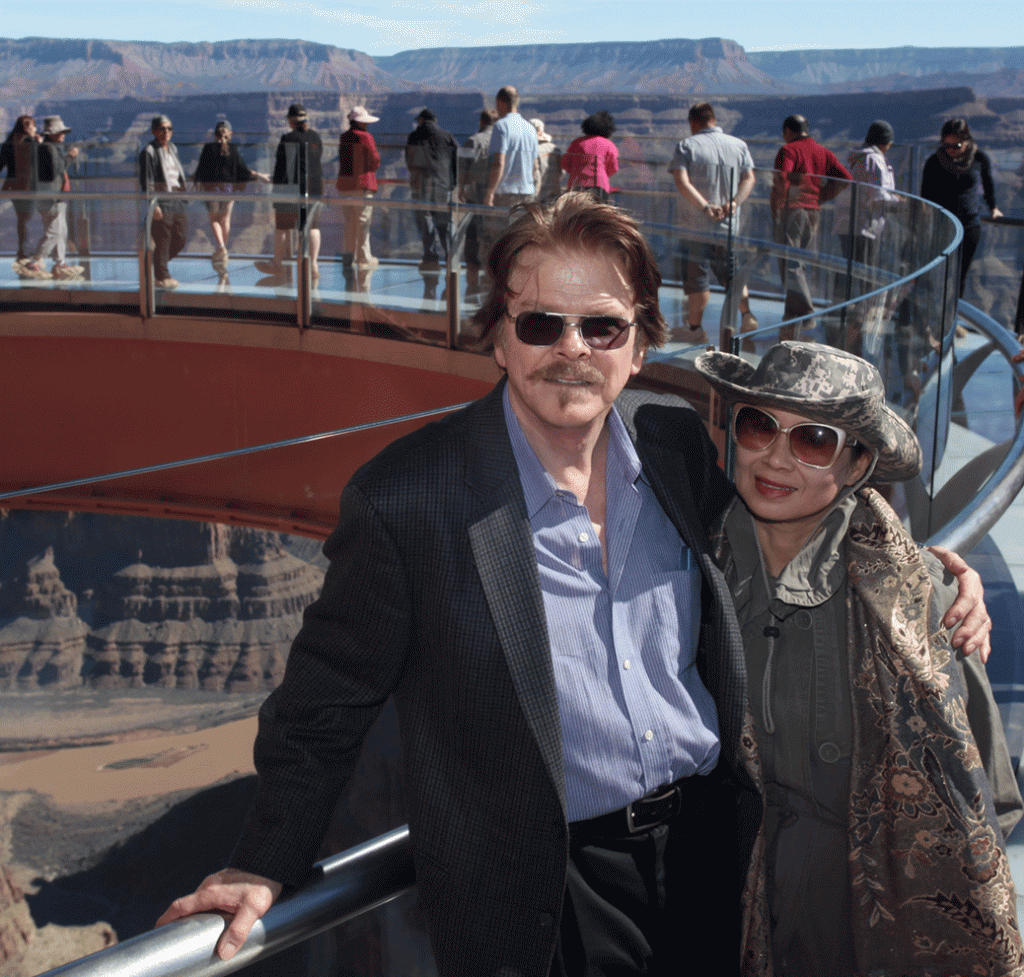
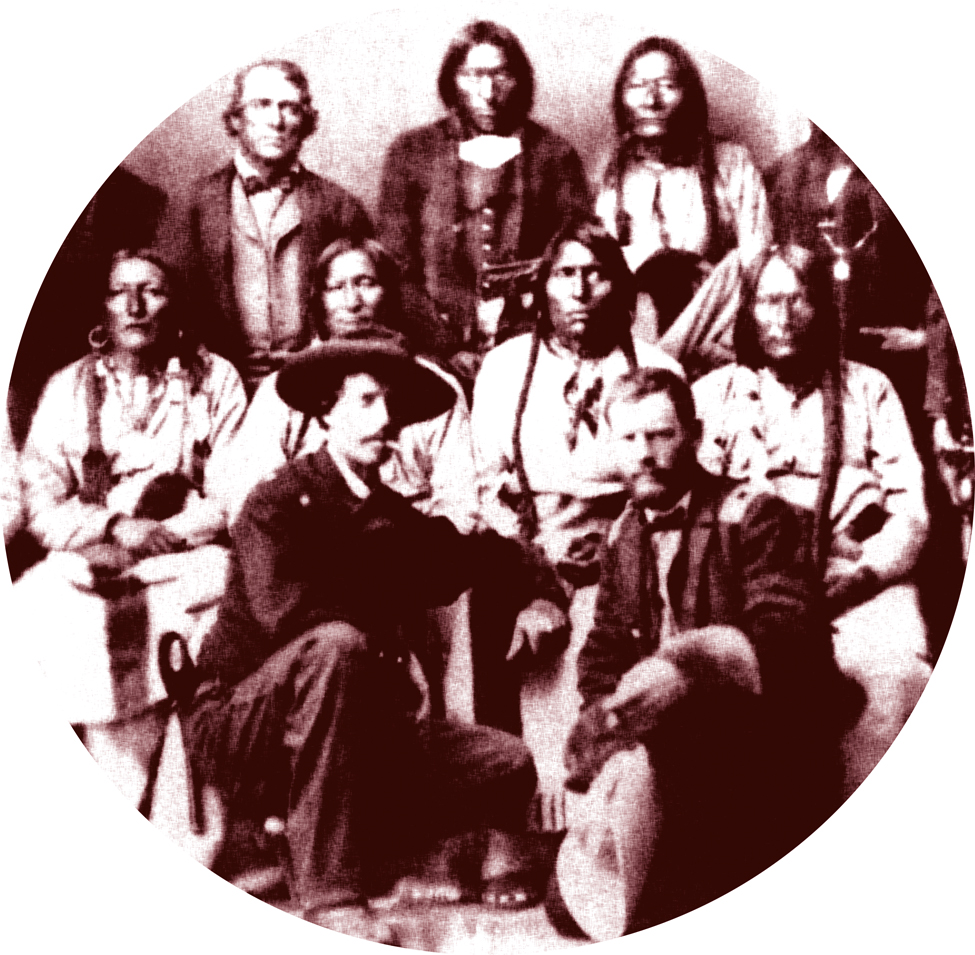

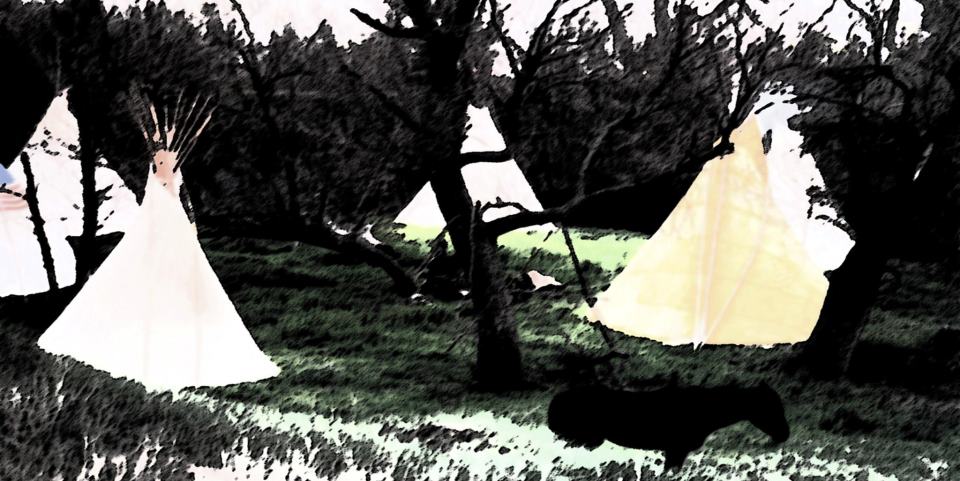
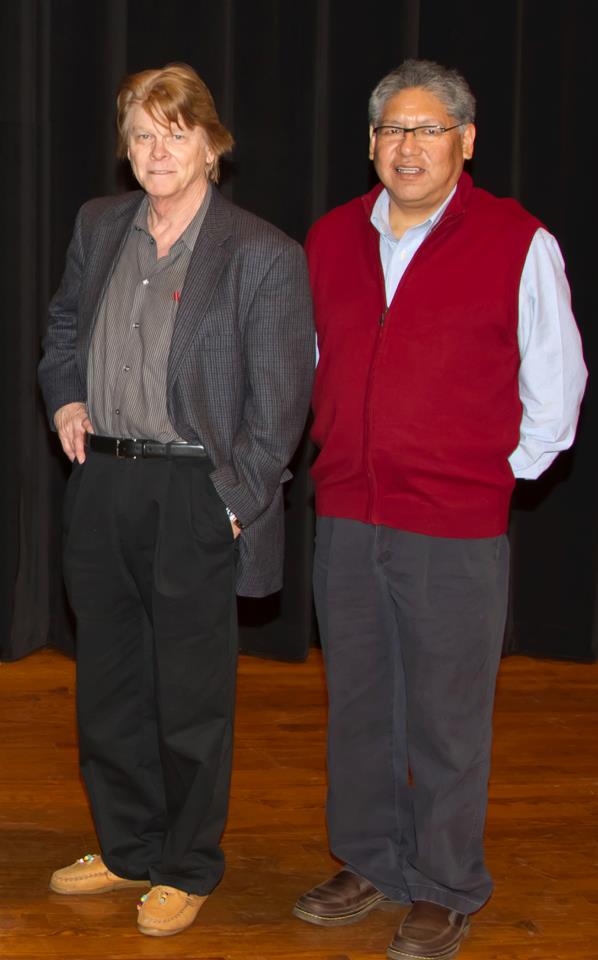
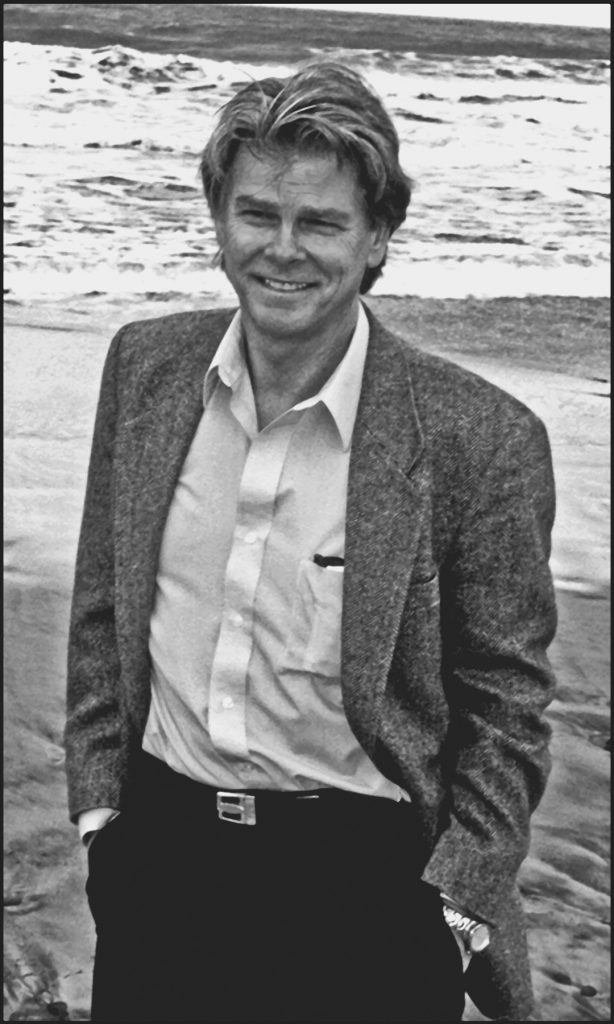
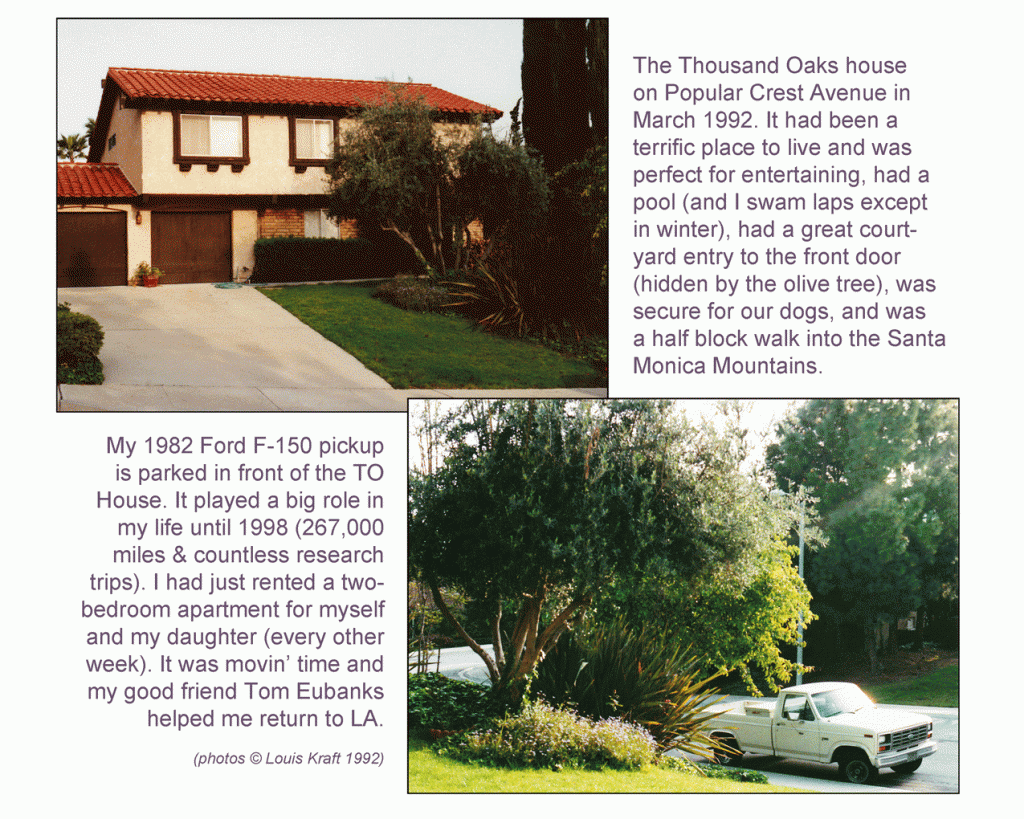
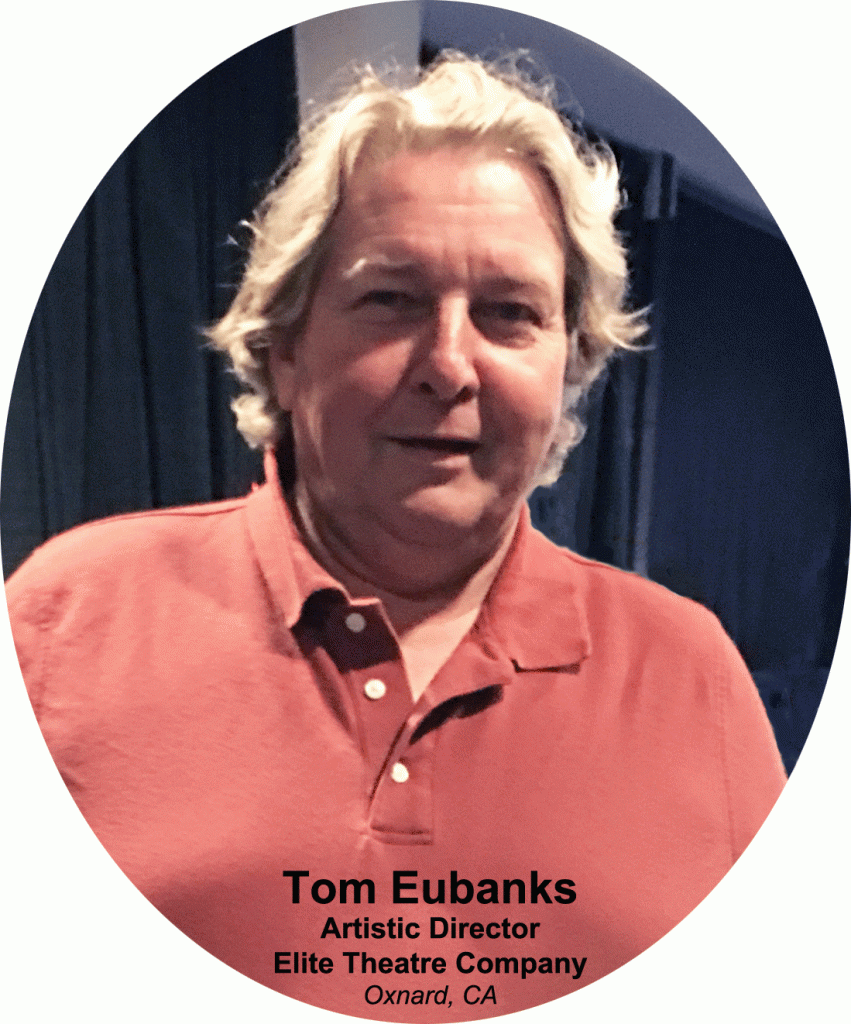
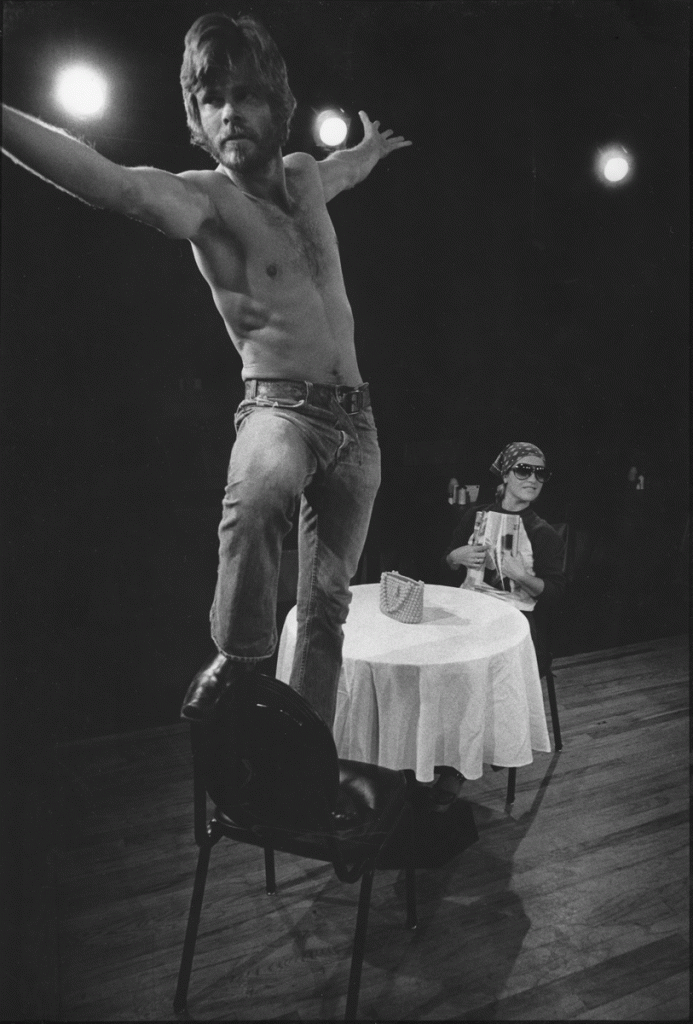
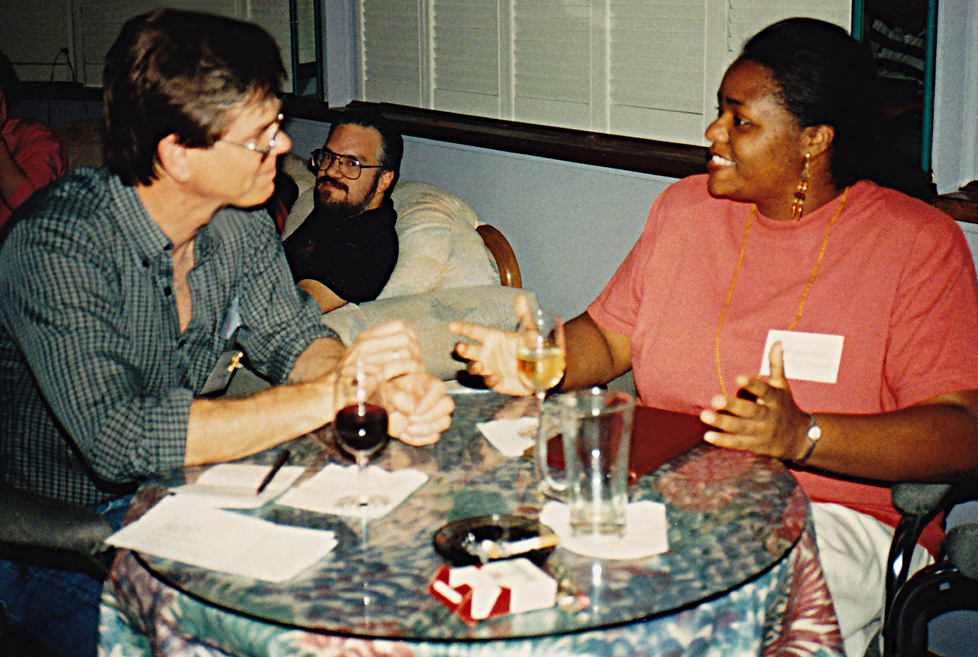
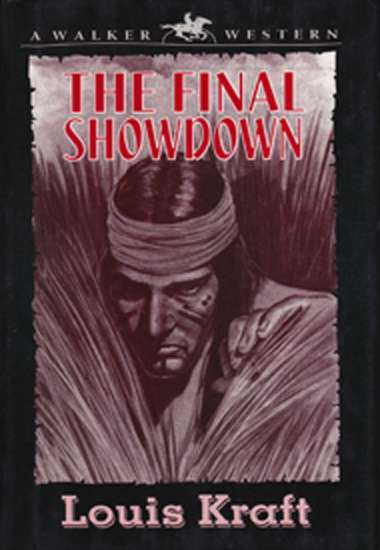 By fall 1991 The Final Showdown was at the publisher’s in New York City. Everything should have been good.
By fall 1991 The Final Showdown was at the publisher’s in New York City. Everything should have been good.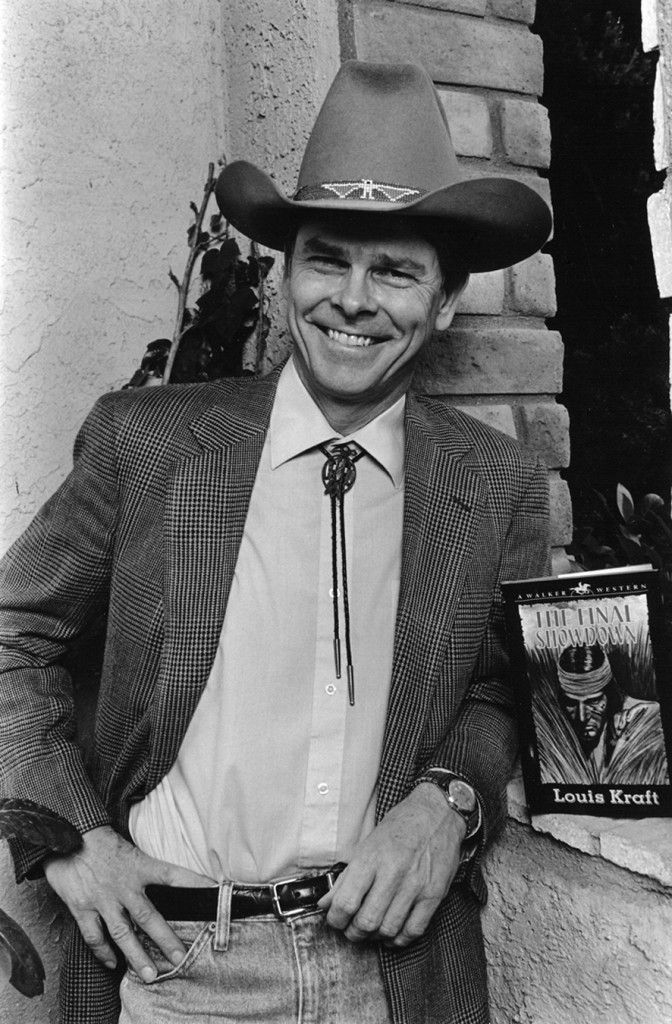
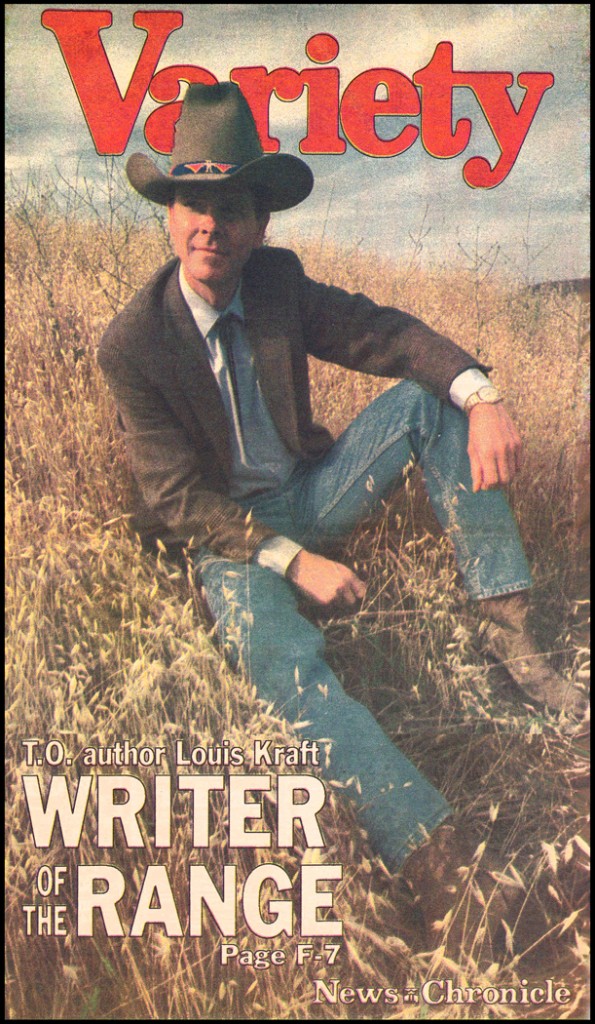
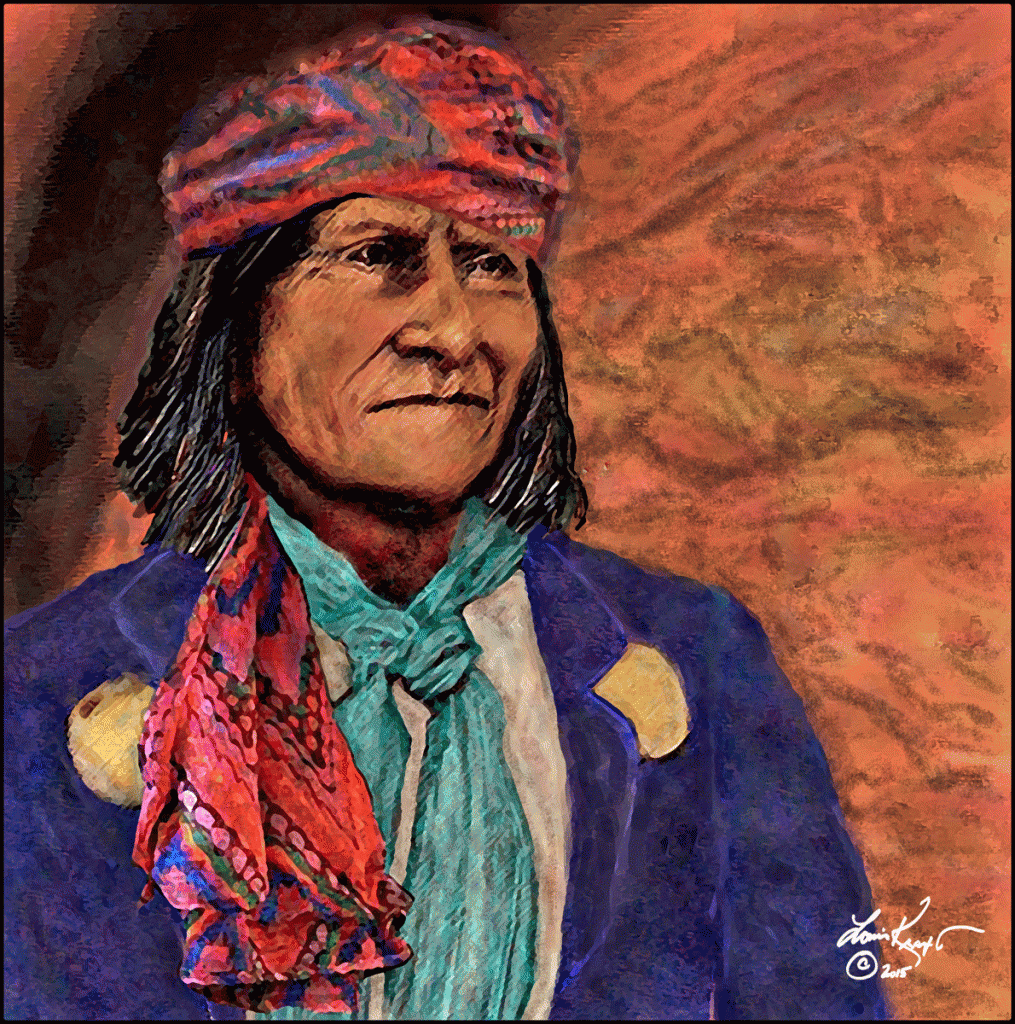
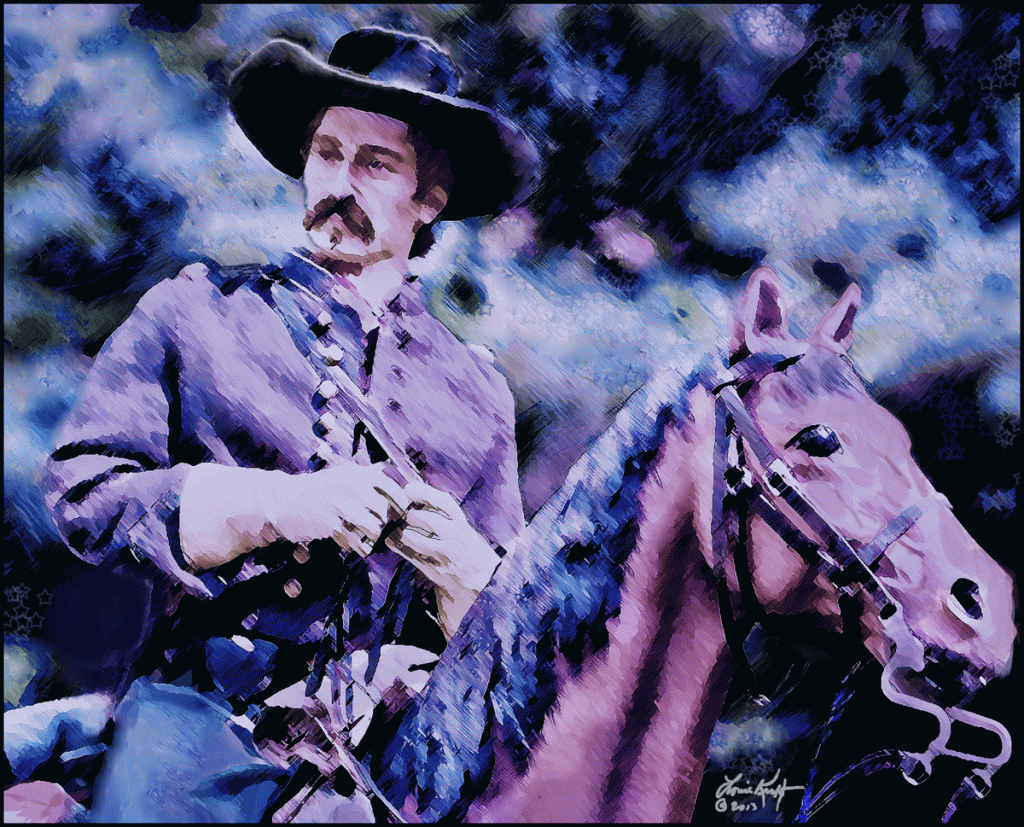
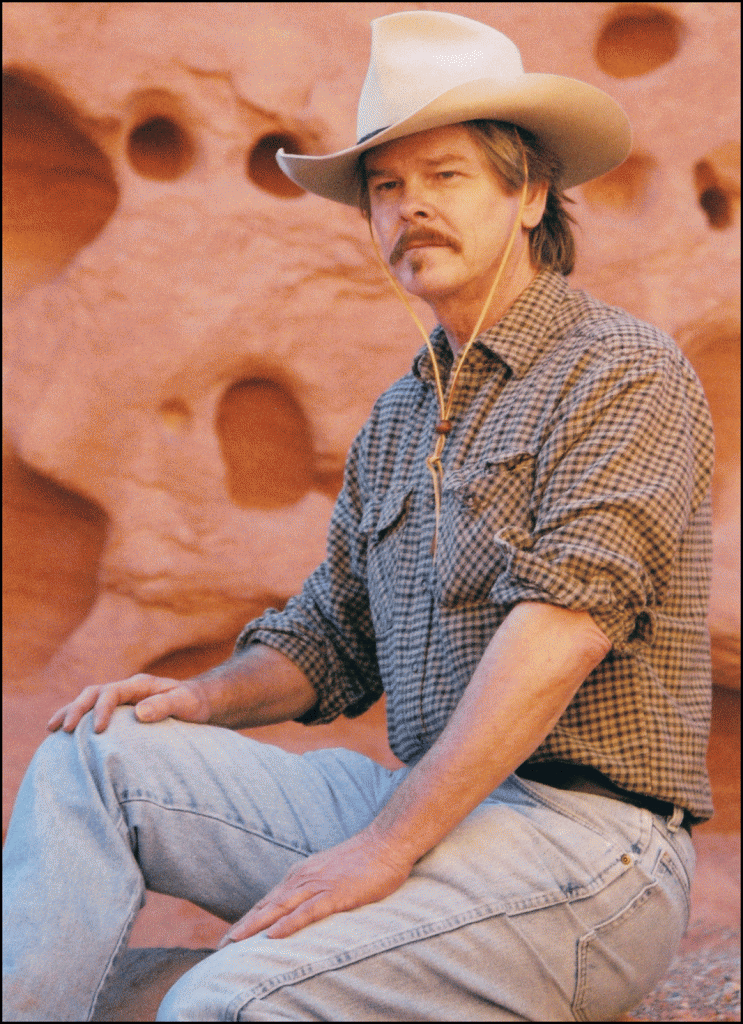
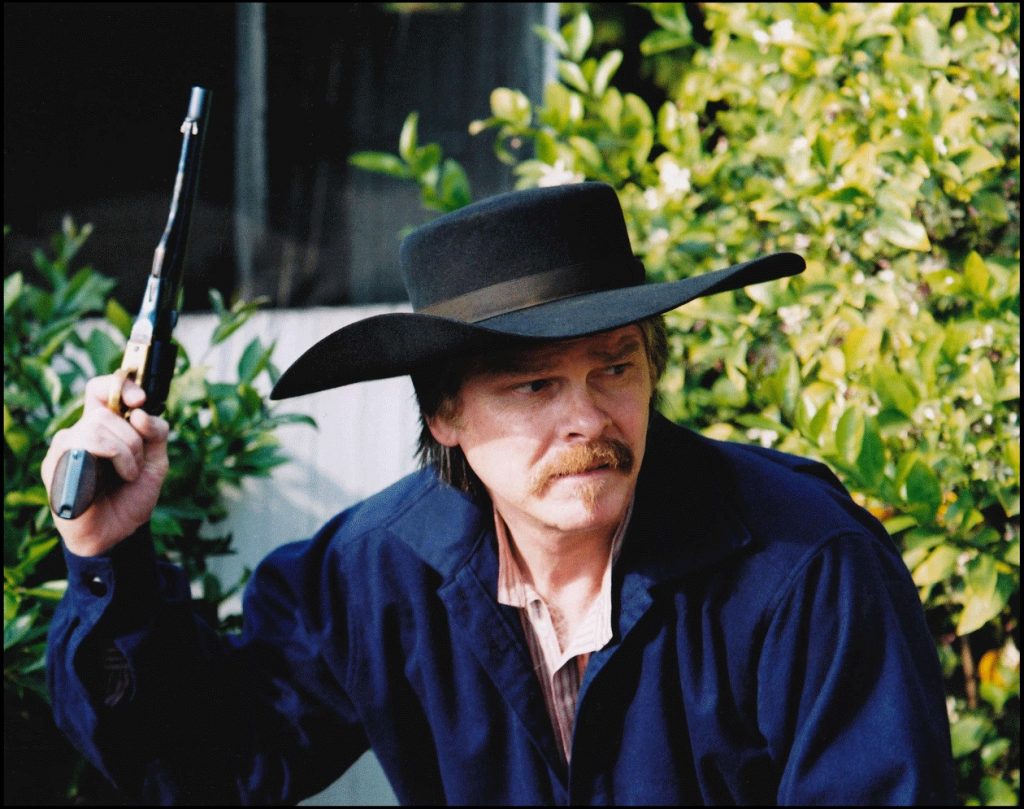
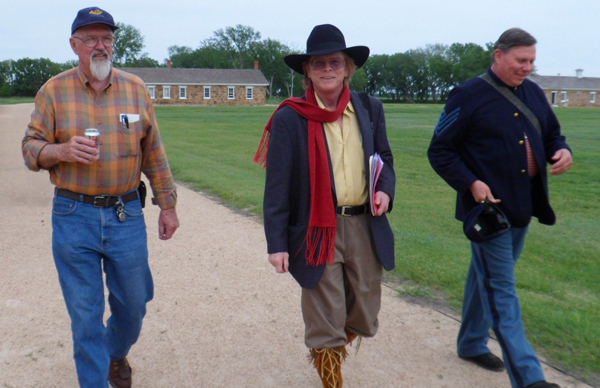
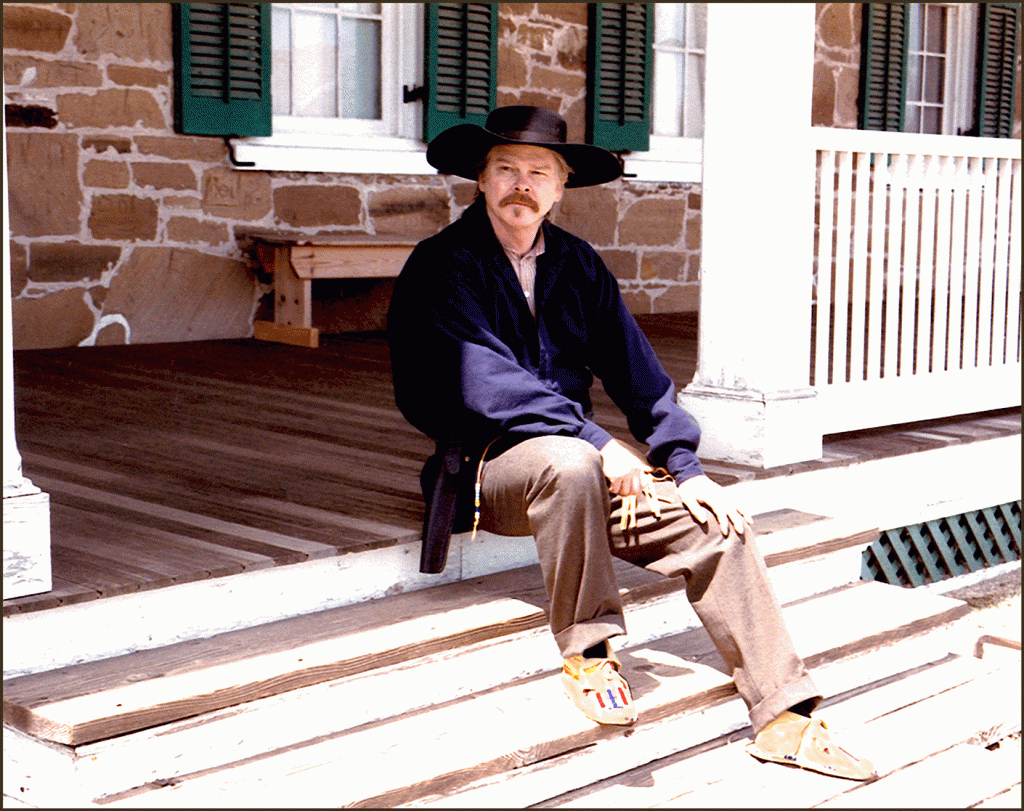
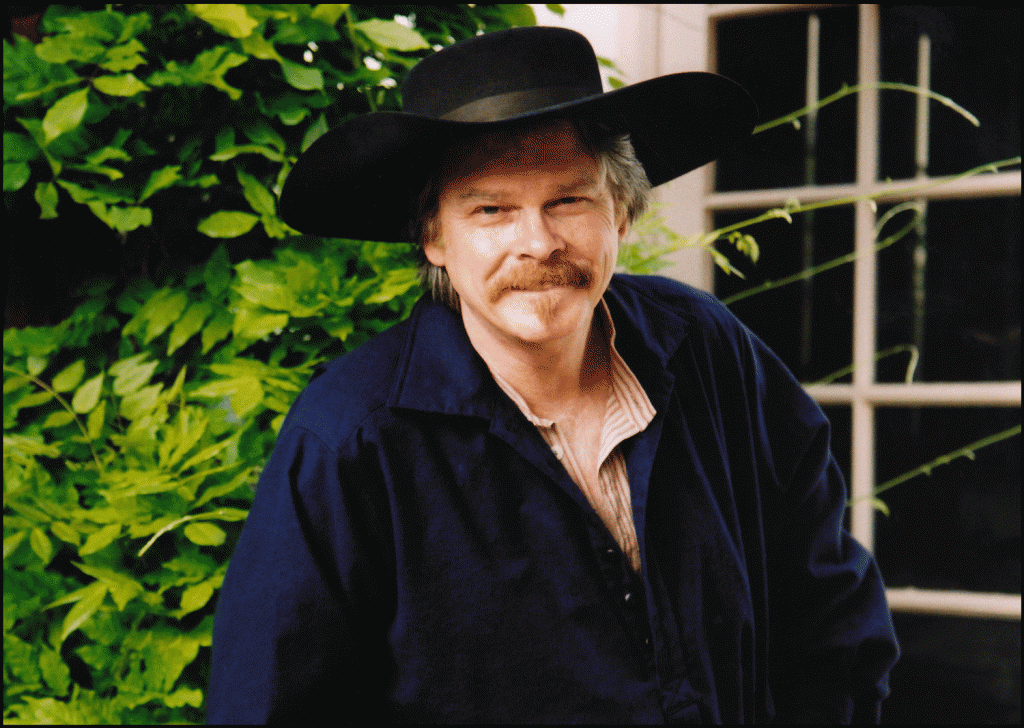
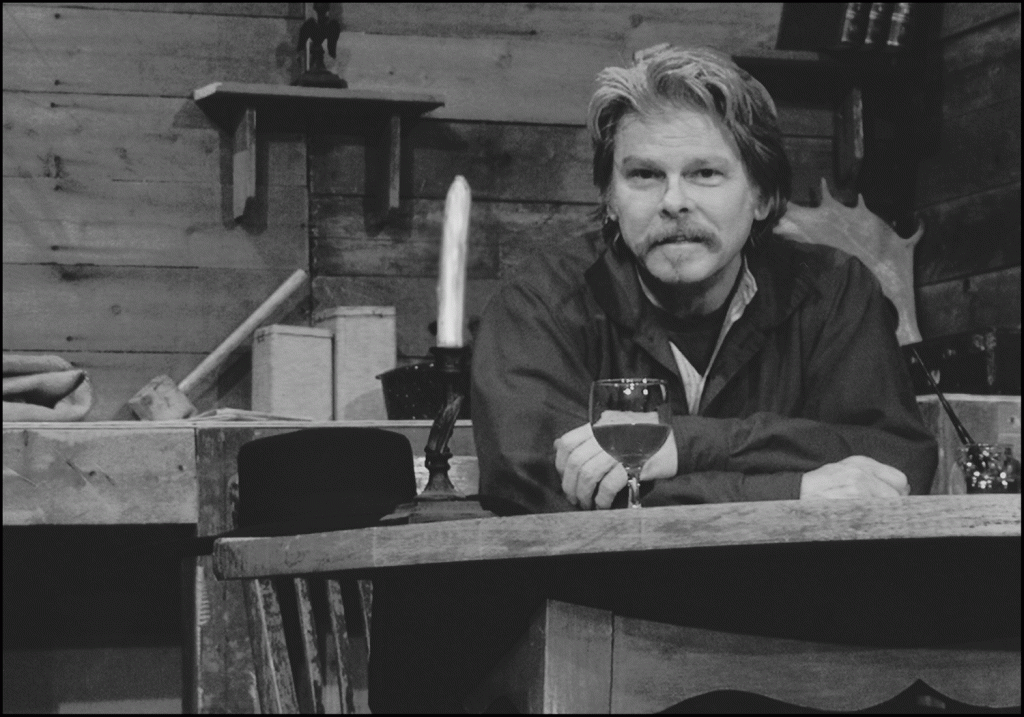
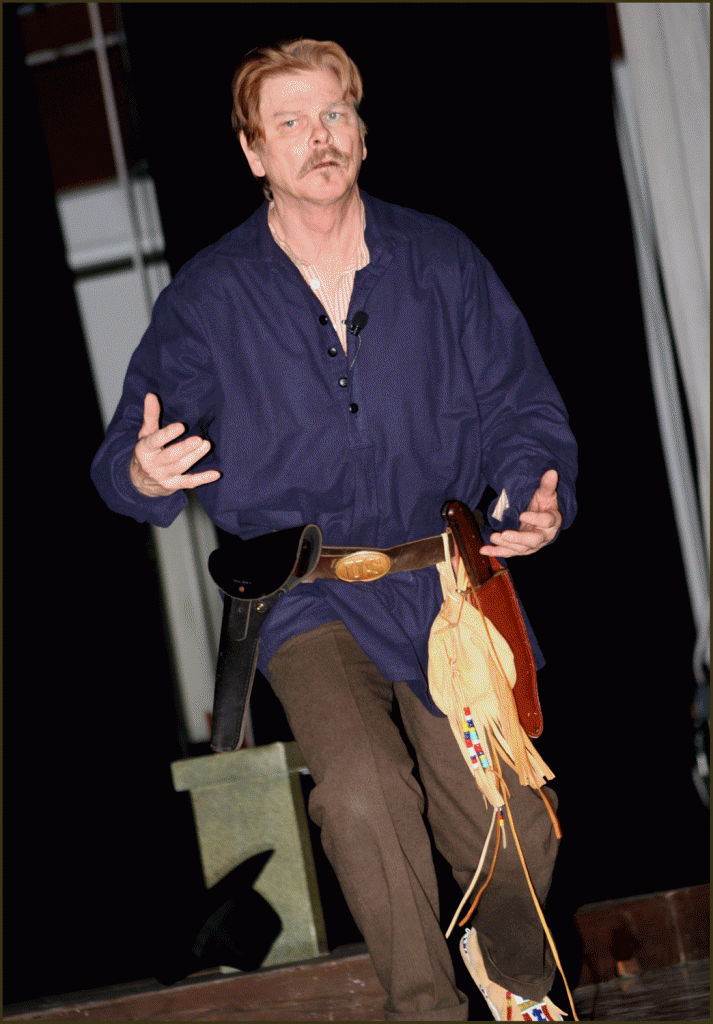
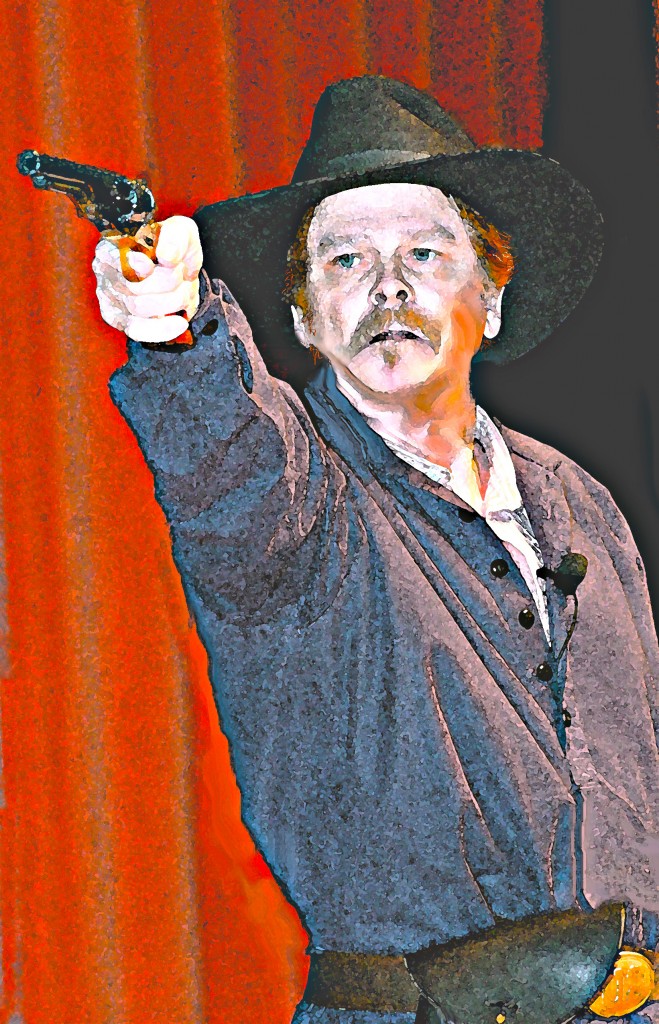
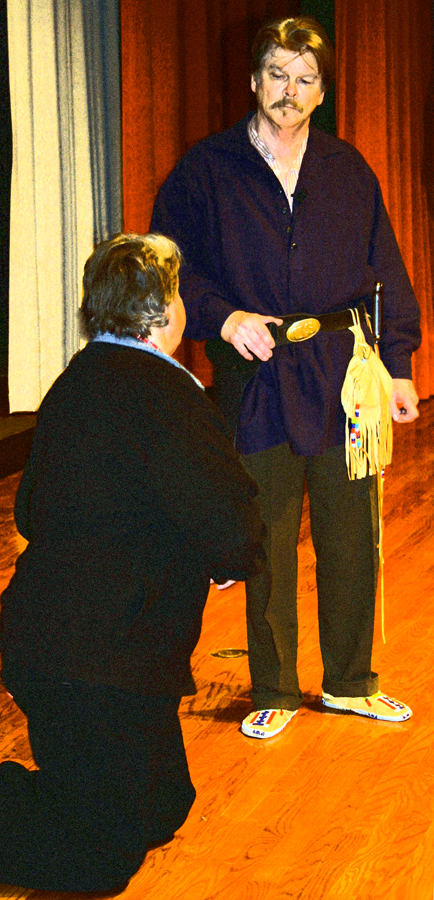 Dave and the others liked the talk and wanted to know if I’d like to present at the Washita Battlefield. Of course I would, but as we walked my mind raced. I wanted the talk but I also wanted to do an updated version of the Wynkoop one-man show. I pitched both and Dave bought both. I’d perform Ned Wynkoop: Long Road to Washita on two days and talk about him on the last day of the festivities that marked the 140th anniversary of the battle that resulted in Cheyenne Chief Black Kettle and his wife Medicine Woman Later’s deaths on 27nov1868 when Lieutenant Colonel George Armstrong Custer and the Seventh U.S. Cavalry attacked and destroyed his village in what is now southwest Oklahoma.
Dave and the others liked the talk and wanted to know if I’d like to present at the Washita Battlefield. Of course I would, but as we walked my mind raced. I wanted the talk but I also wanted to do an updated version of the Wynkoop one-man show. I pitched both and Dave bought both. I’d perform Ned Wynkoop: Long Road to Washita on two days and talk about him on the last day of the festivities that marked the 140th anniversary of the battle that resulted in Cheyenne Chief Black Kettle and his wife Medicine Woman Later’s deaths on 27nov1868 when Lieutenant Colonel George Armstrong Custer and the Seventh U.S. Cavalry attacked and destroyed his village in what is now southwest Oklahoma.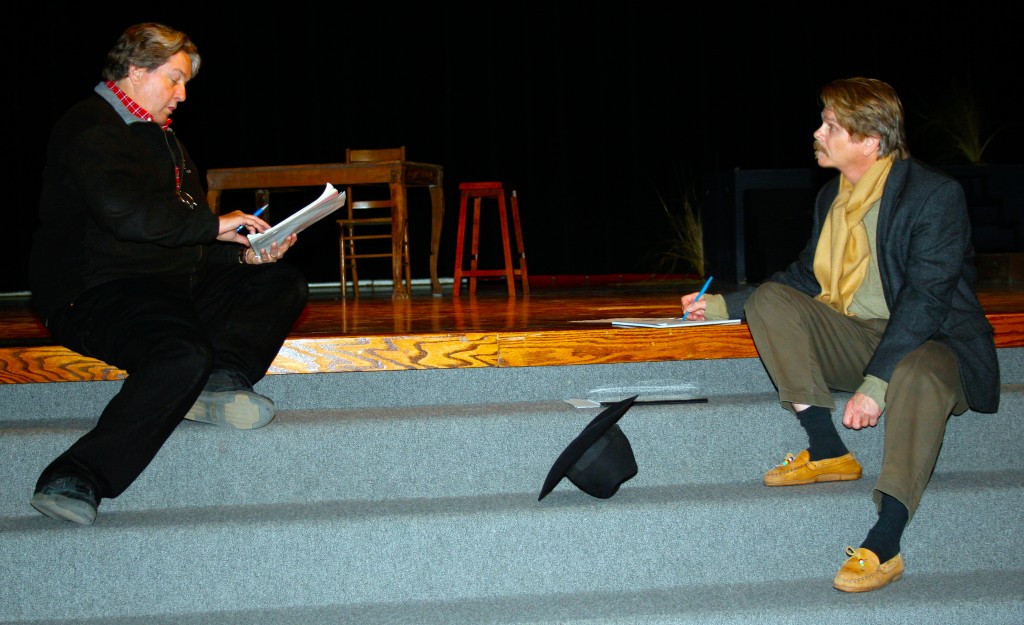
 Littlehawk (who would later become a godsend when she helped me with the Cheyenne words I used in Ned Wynkoop and the Lonely Road from Sand Creek, OU Press, 2011) and Dr. Henrietta Mann (one of the founders of the Cheyenne-Arapaho Tribal College in Weatherford, Oklahoma).
Littlehawk (who would later become a godsend when she helped me with the Cheyenne words I used in Ned Wynkoop and the Lonely Road from Sand Creek, OU Press, 2011) and Dr. Henrietta Mann (one of the founders of the Cheyenne-Arapaho Tribal College in Weatherford, Oklahoma).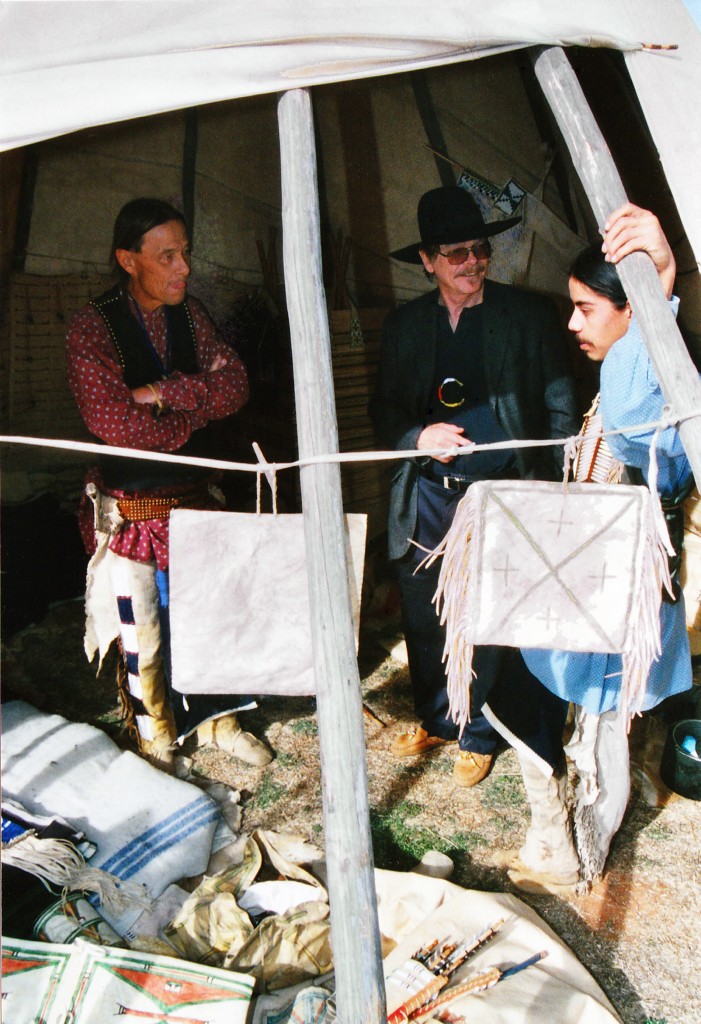
 Tom came up with the idea of a two-character play, and this appealed to me. There had been two leading women in the initial draft: Louise Wynkoop and Monahsetah (photnetically pronounced “Mo-Nahs-e-Tah,” per my request of Dr. Henrietta Mann when we spent time together at the Washita in December 2008). By this time I knew that it would be a two-character play and It made sense to make the second character a Cheyenne (I think that we were both in agreement on this). Obviously Black Kettle would have been a good choice. Tom suggested Monahsetah, who was perhaps 17 in 1868. I liked the idea, mainly because there isn’t much known about her, and if George Armstrong Custer hadn’t been drawn to her when he viewed the captive Washita prisoners in 1868 she may have been lost to history. Due to her father’s closeness to Black Kettle, he (Cheyenne council chief Little Rock) and she often traveled with Black Kettle’s band and set up their village circle near his. As Little Rock and Wynkoop knew each other and seemed to get along, this meant that there was a good chance that Wynkoop knew her.
Tom came up with the idea of a two-character play, and this appealed to me. There had been two leading women in the initial draft: Louise Wynkoop and Monahsetah (photnetically pronounced “Mo-Nahs-e-Tah,” per my request of Dr. Henrietta Mann when we spent time together at the Washita in December 2008). By this time I knew that it would be a two-character play and It made sense to make the second character a Cheyenne (I think that we were both in agreement on this). Obviously Black Kettle would have been a good choice. Tom suggested Monahsetah, who was perhaps 17 in 1868. I liked the idea, mainly because there isn’t much known about her, and if George Armstrong Custer hadn’t been drawn to her when he viewed the captive Washita prisoners in 1868 she may have been lost to history. Due to her father’s closeness to Black Kettle, he (Cheyenne council chief Little Rock) and she often traveled with Black Kettle’s band and set up their village circle near his. As Little Rock and Wynkoop knew each other and seemed to get along, this meant that there was a good chance that Wynkoop knew her.